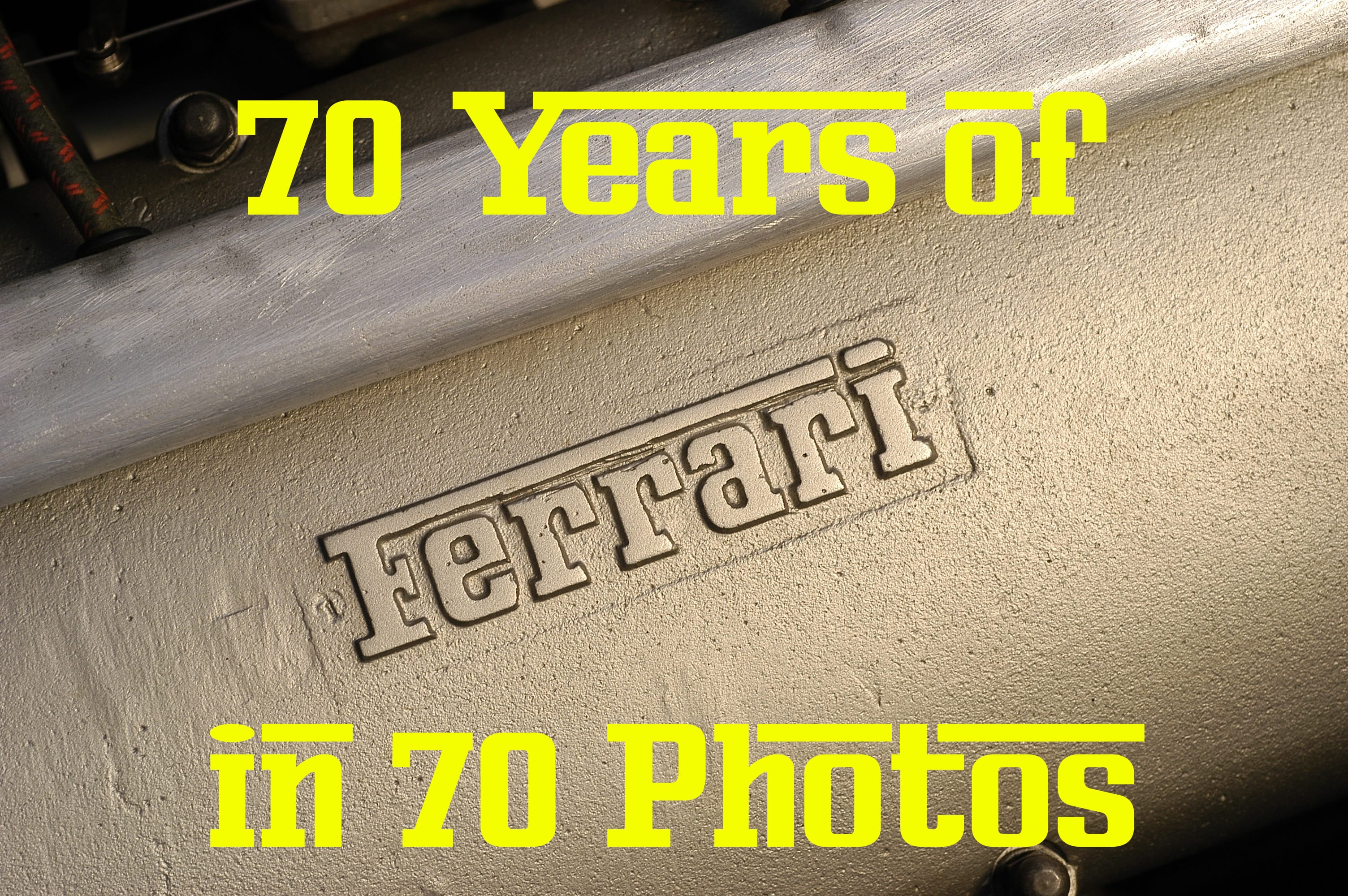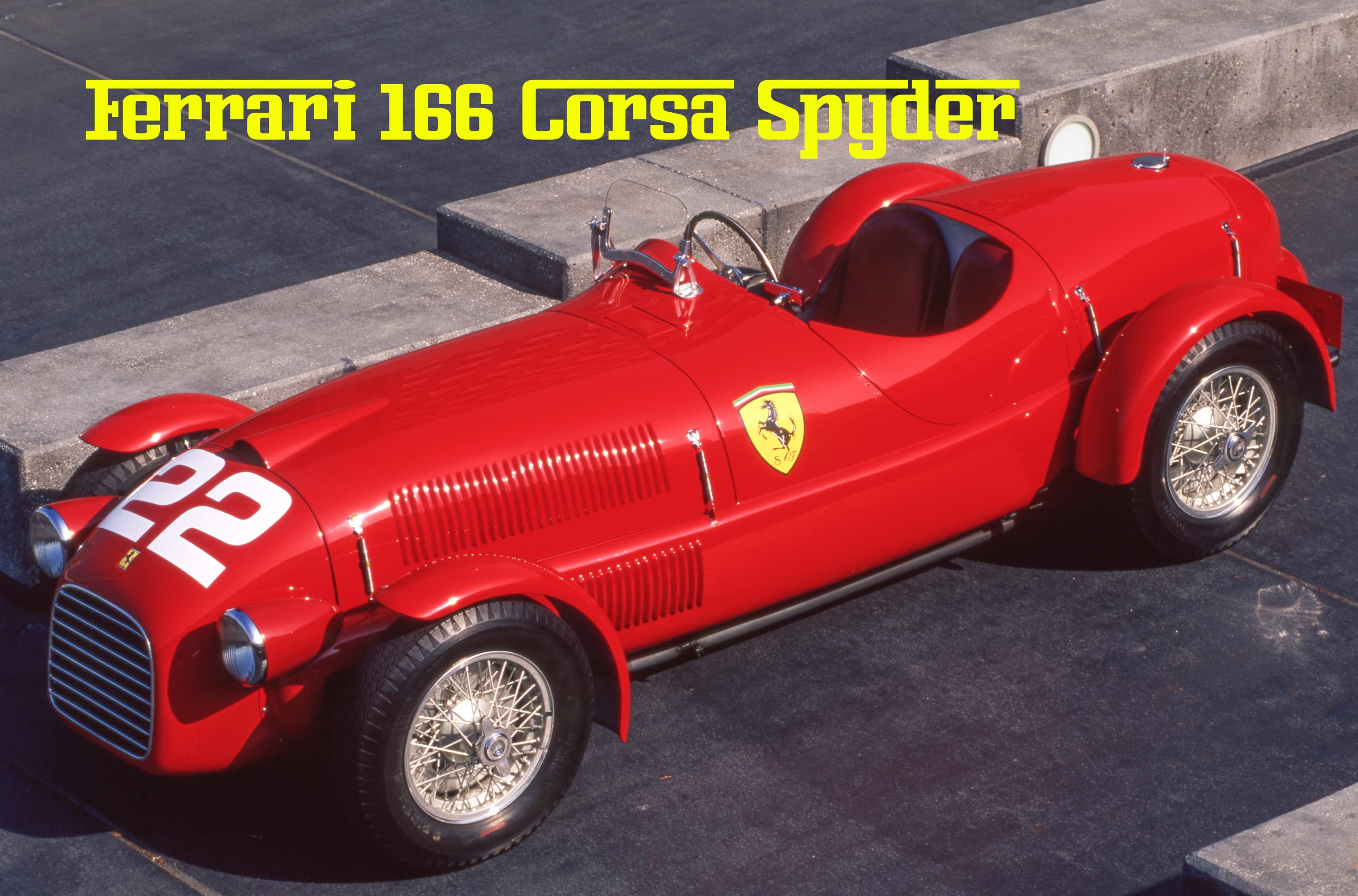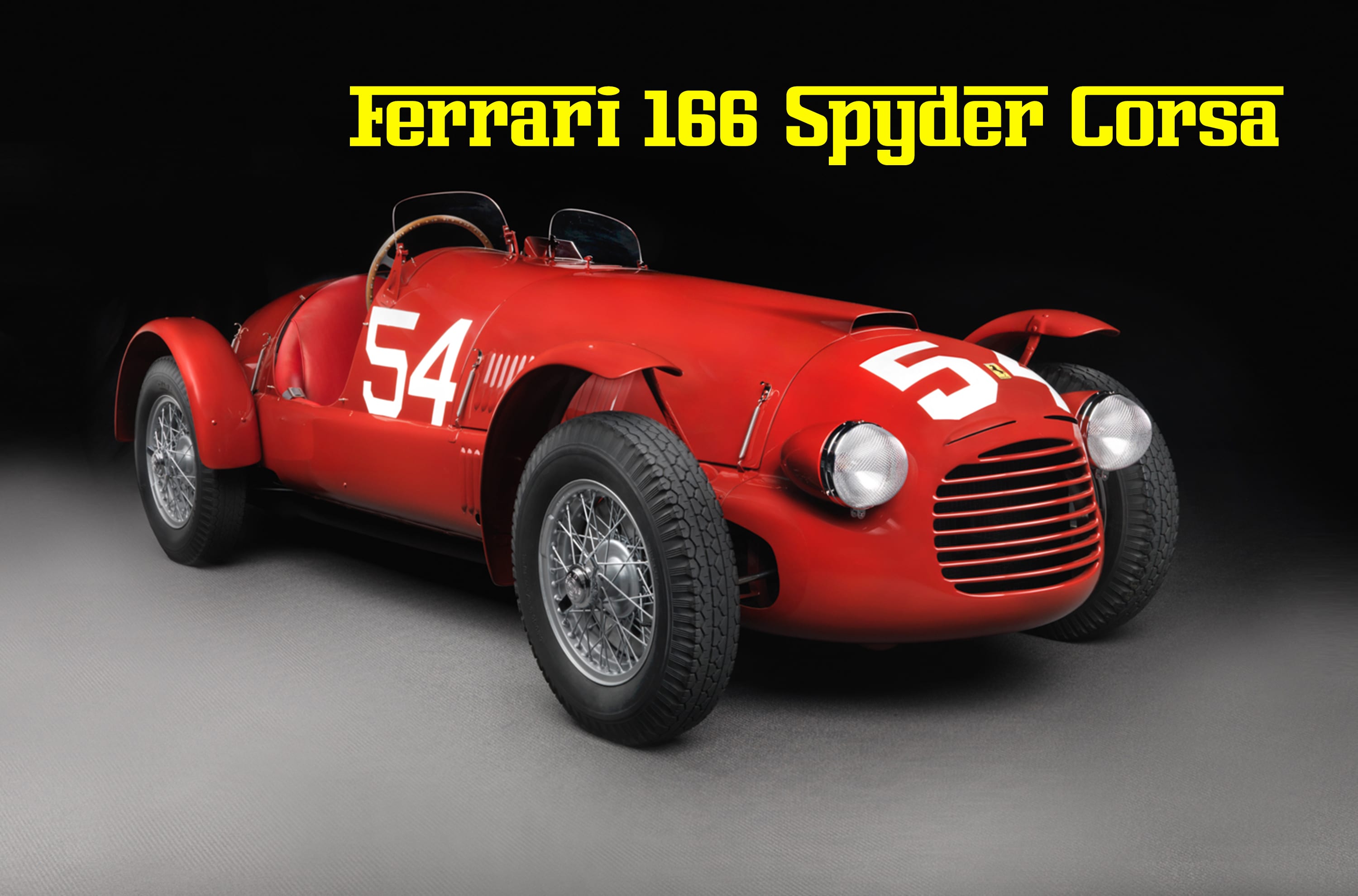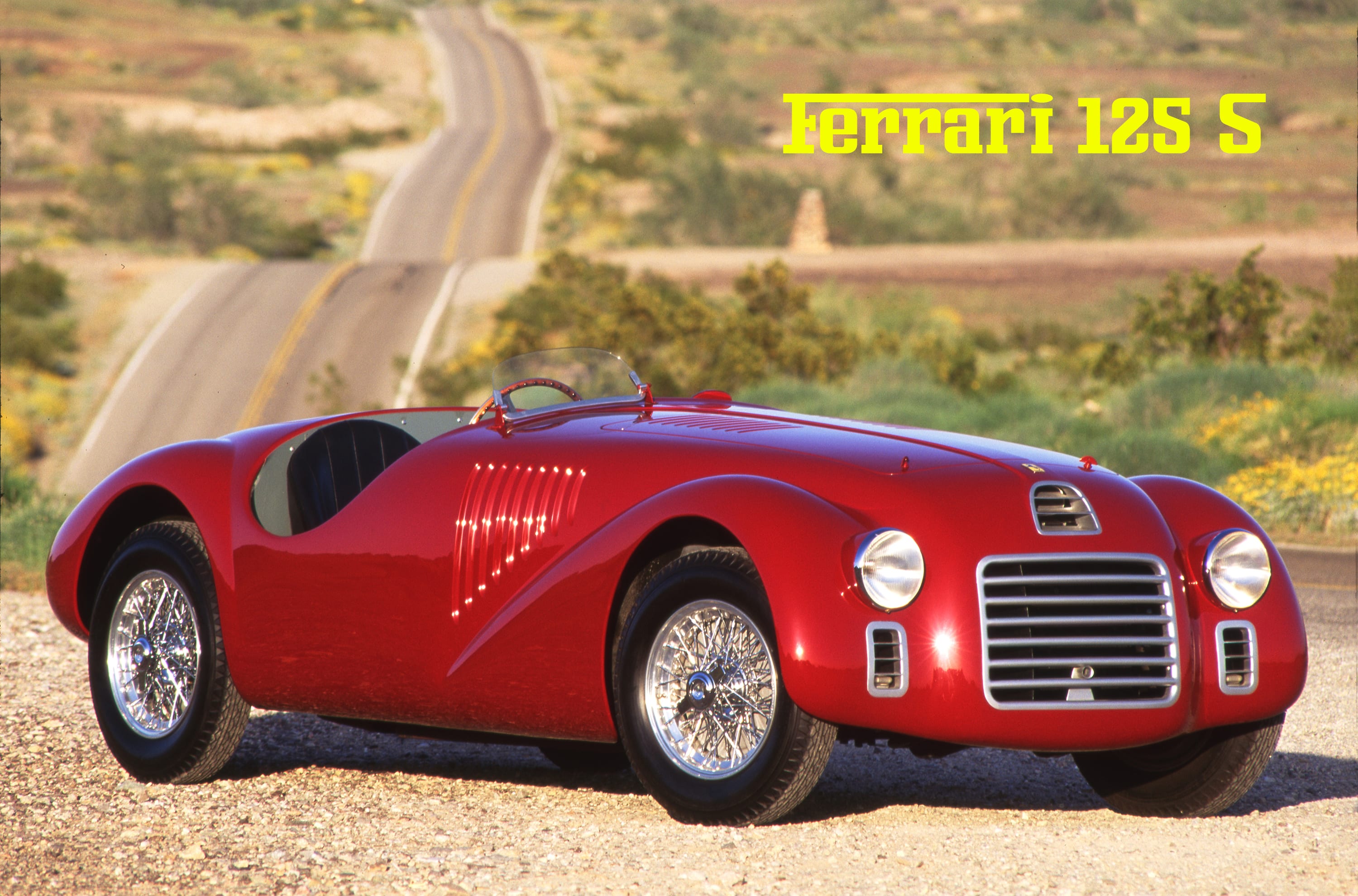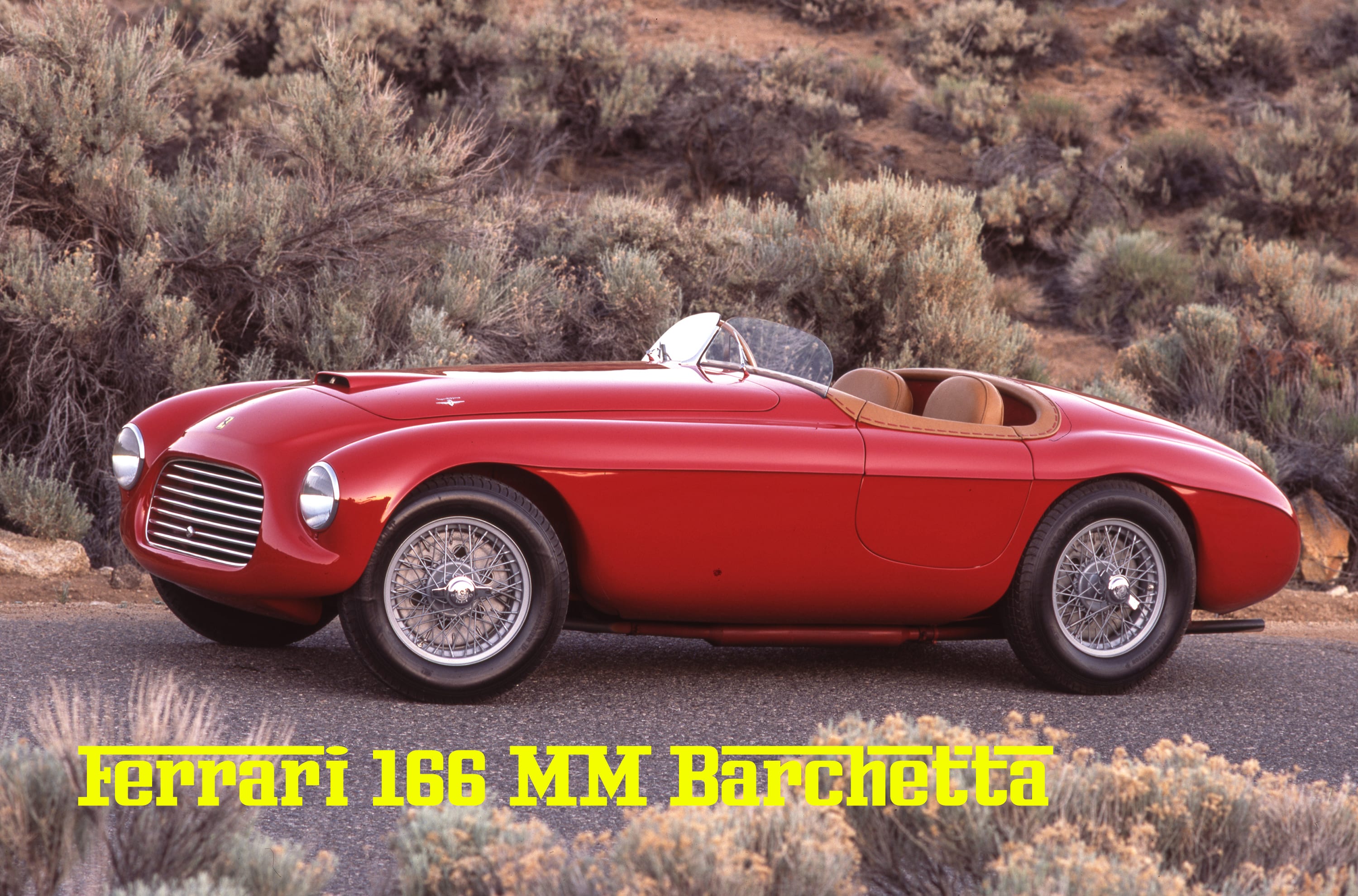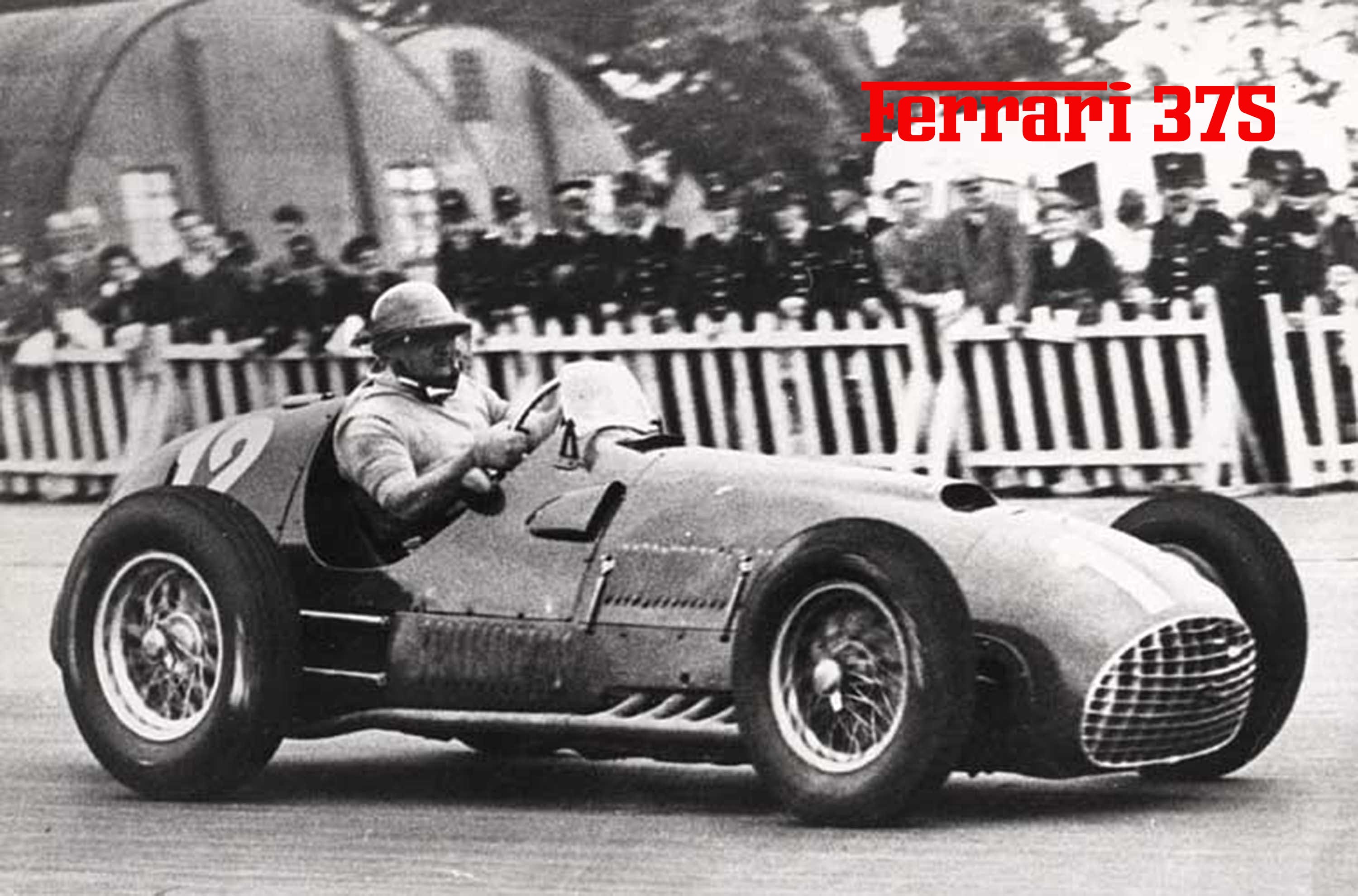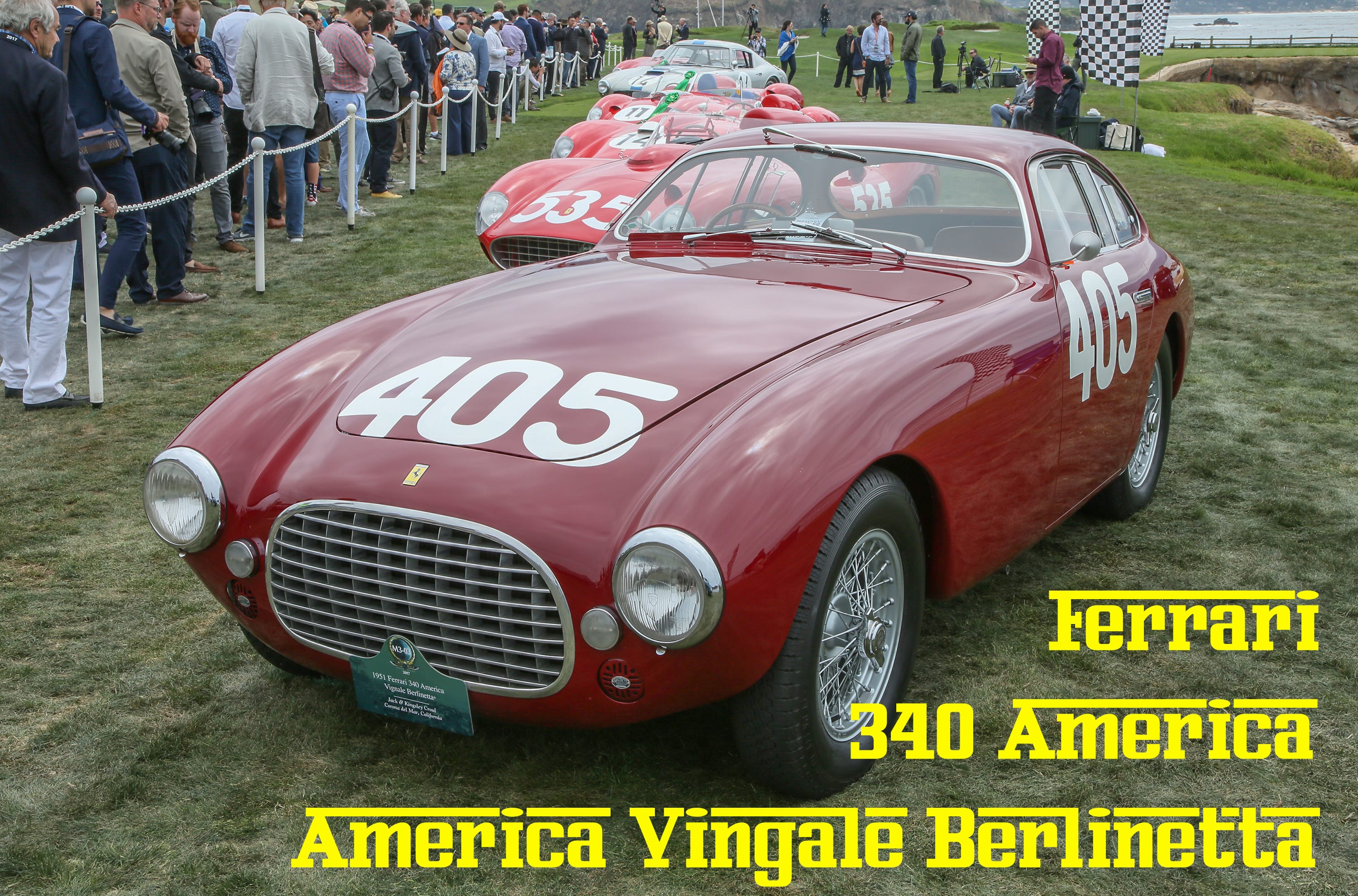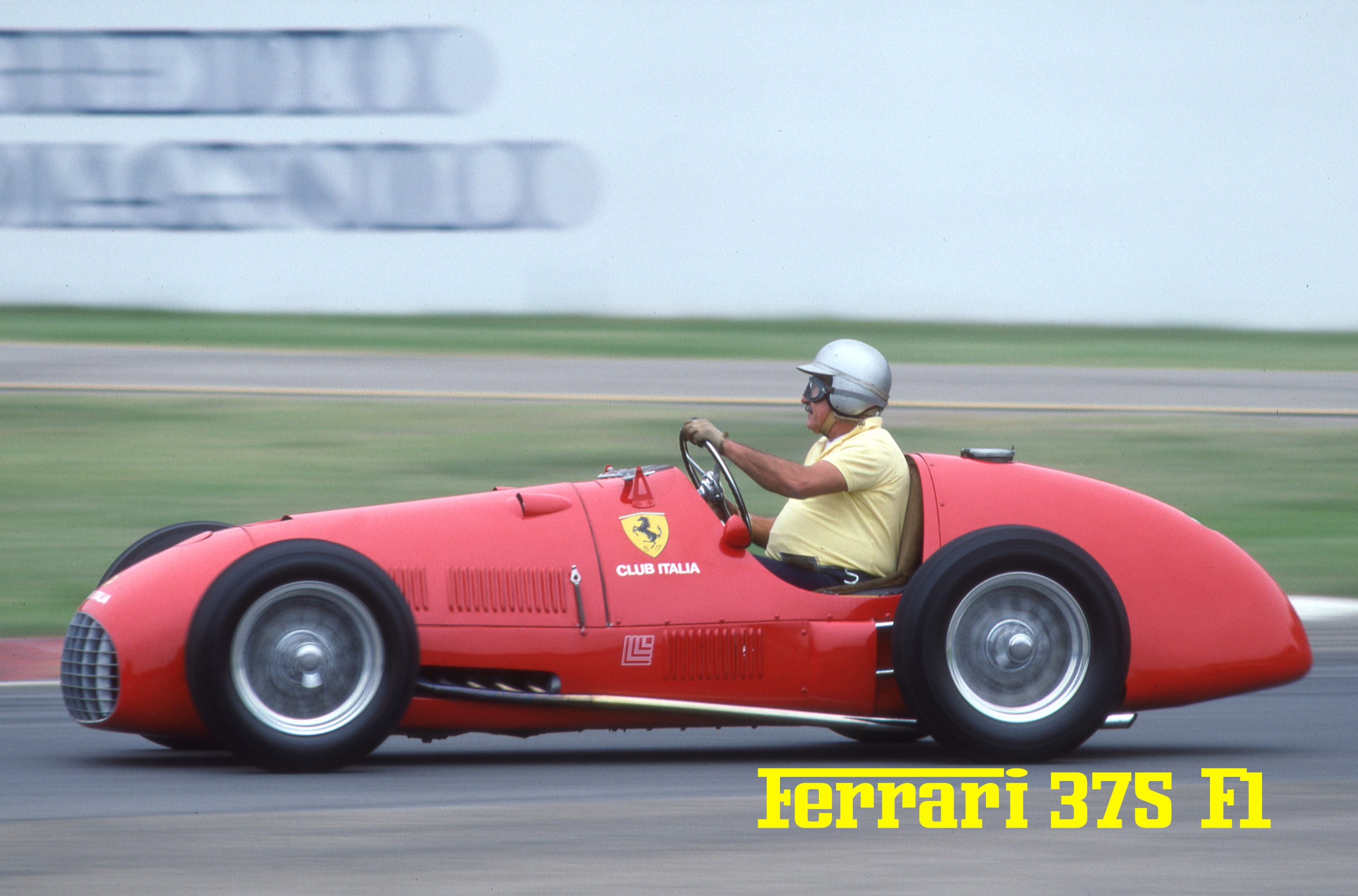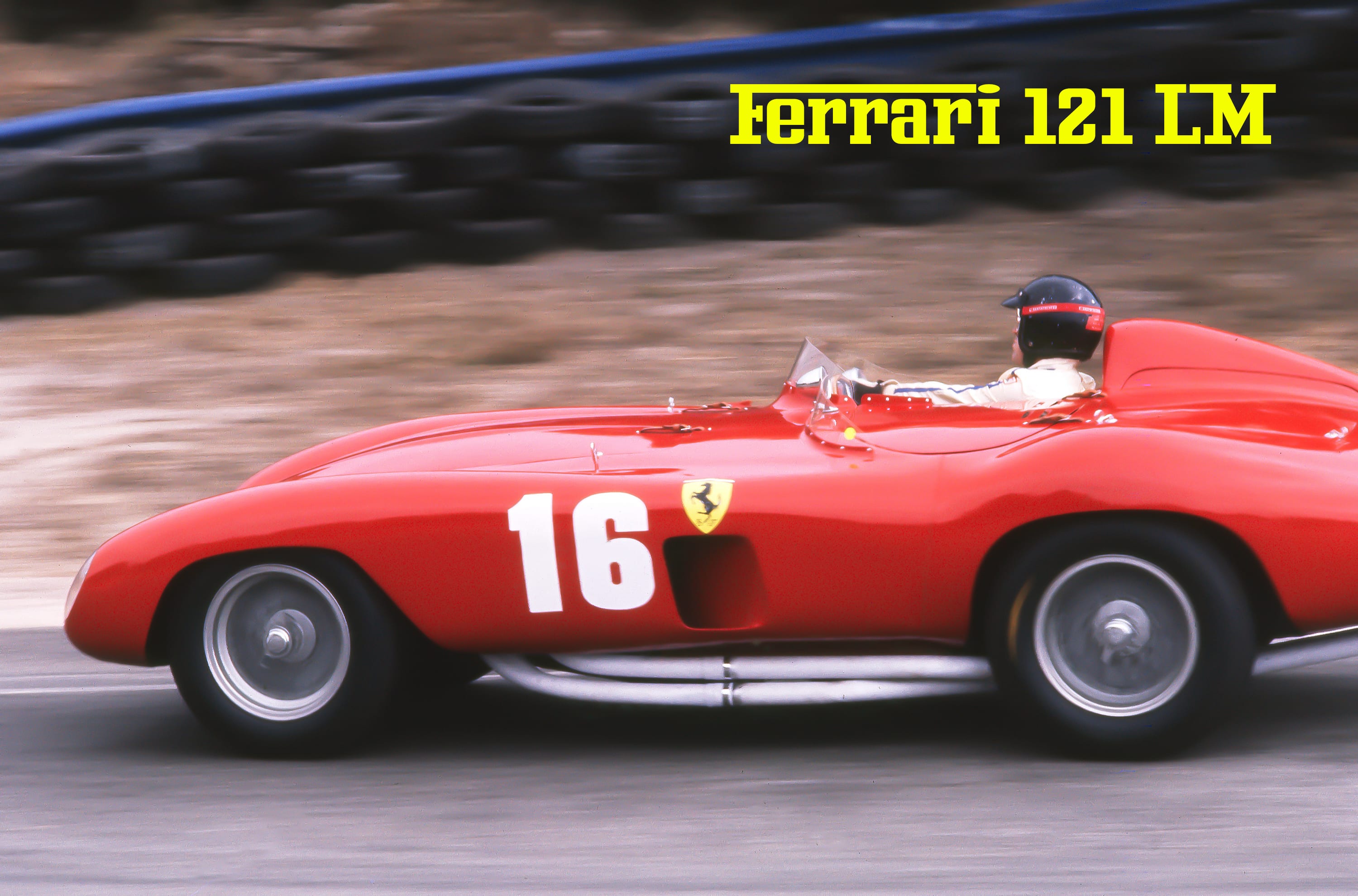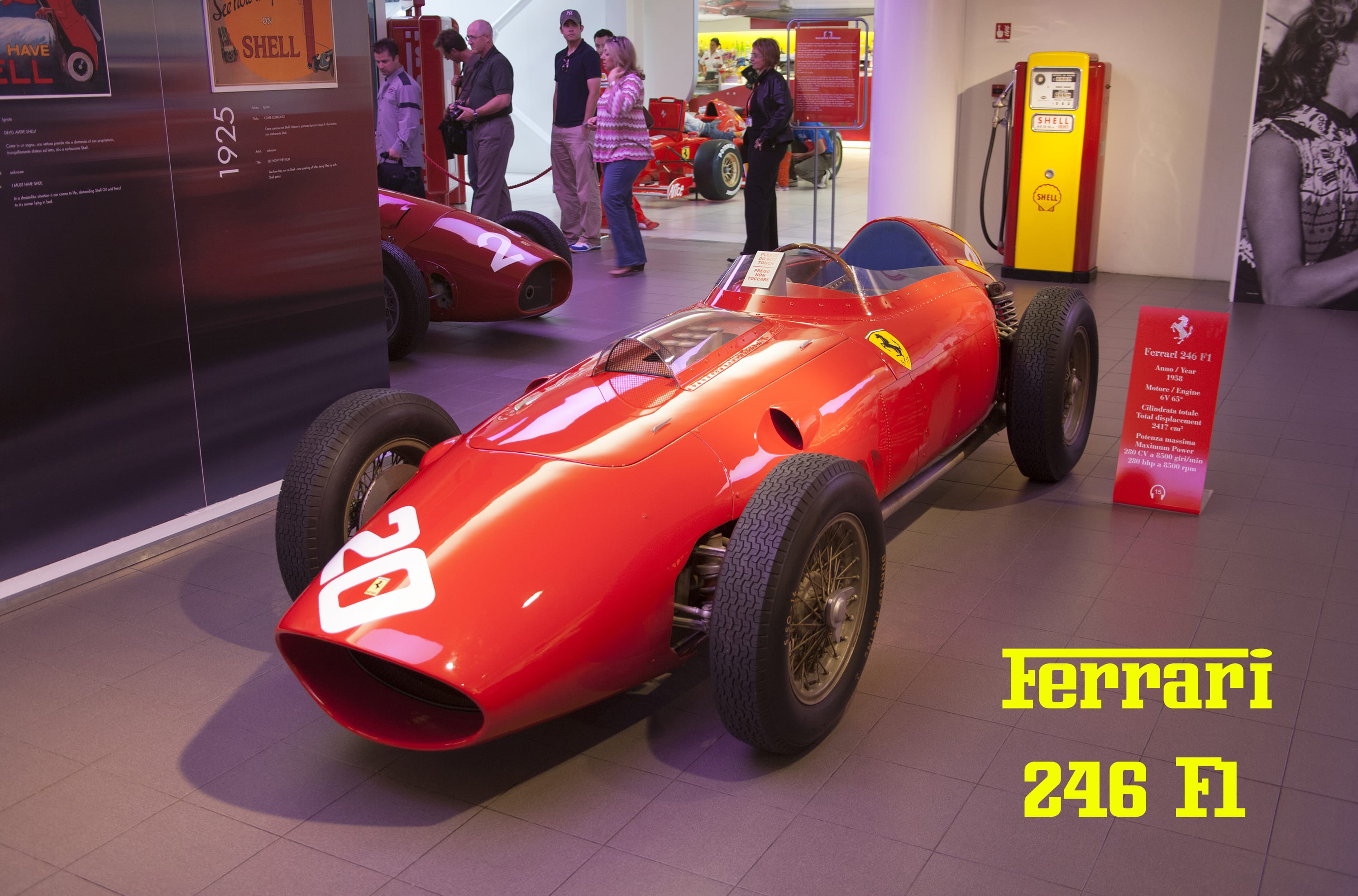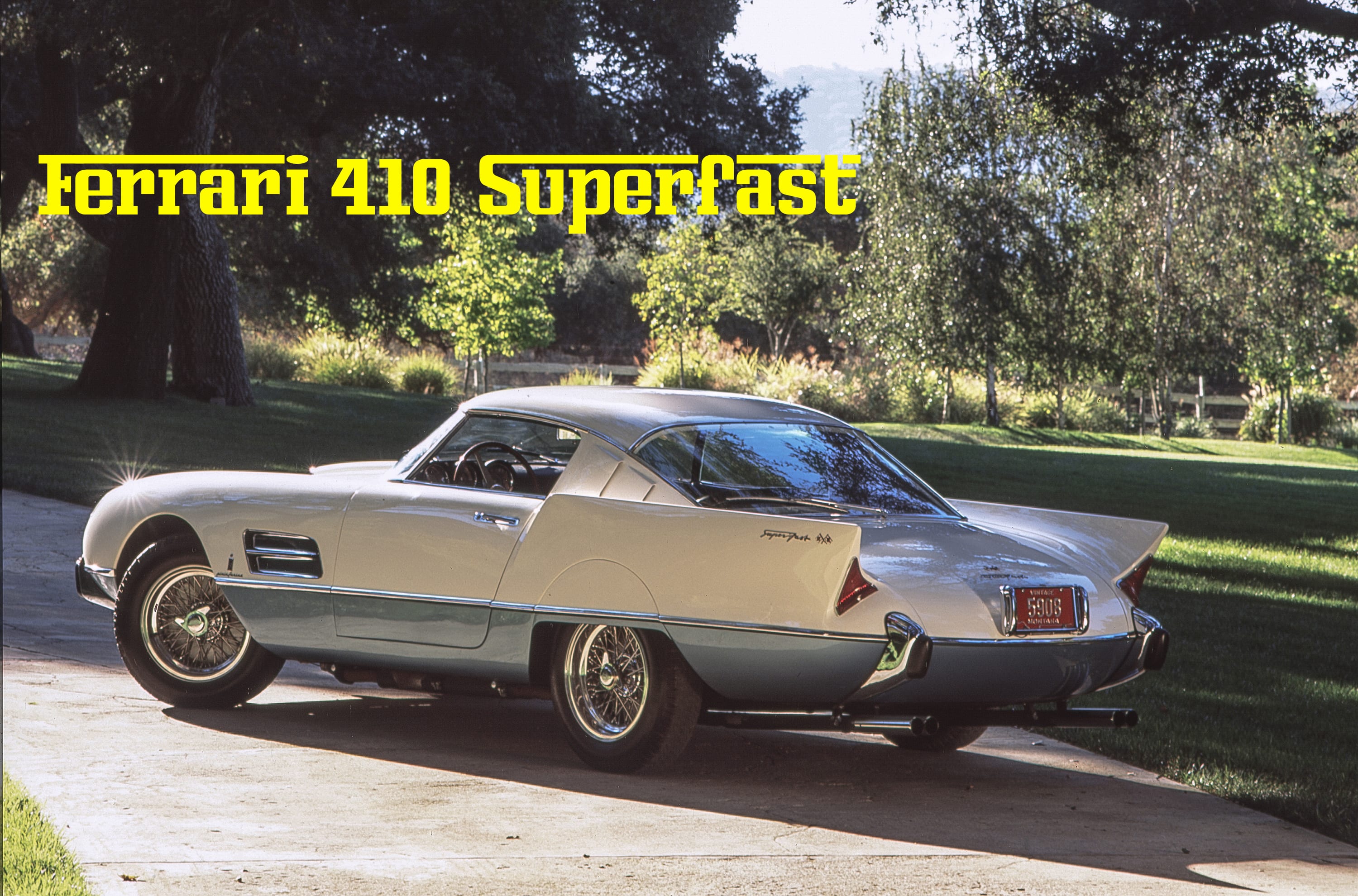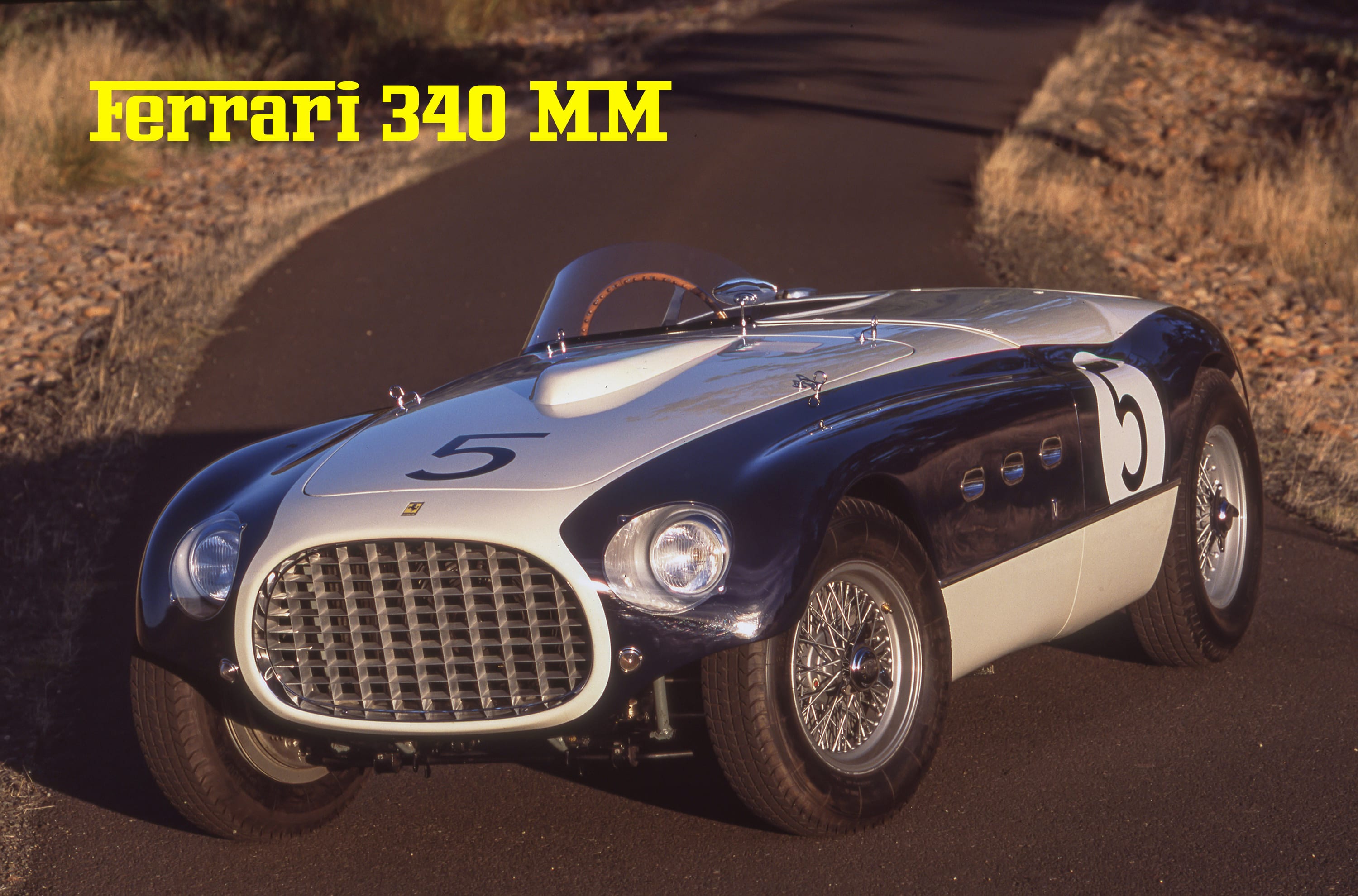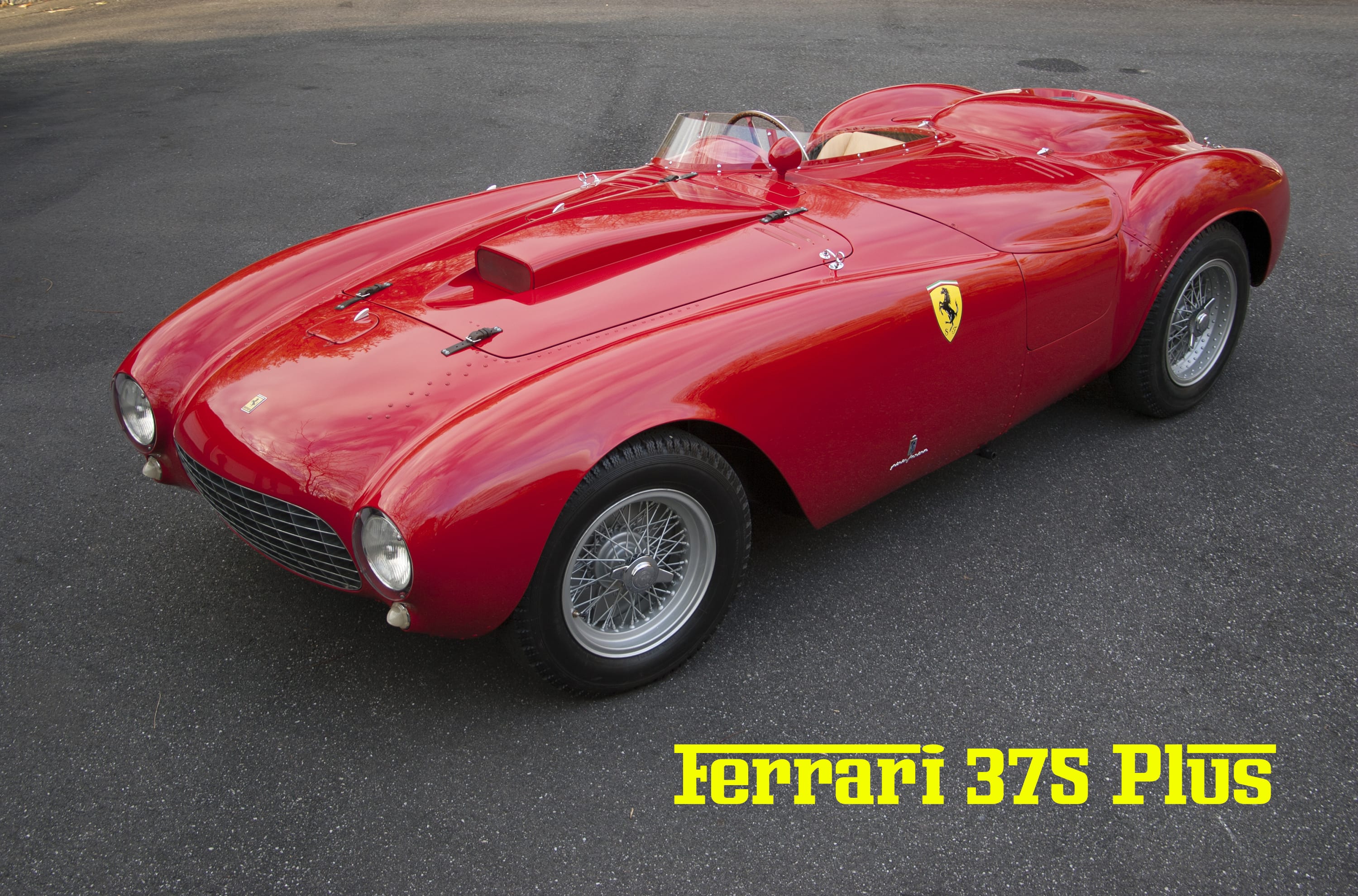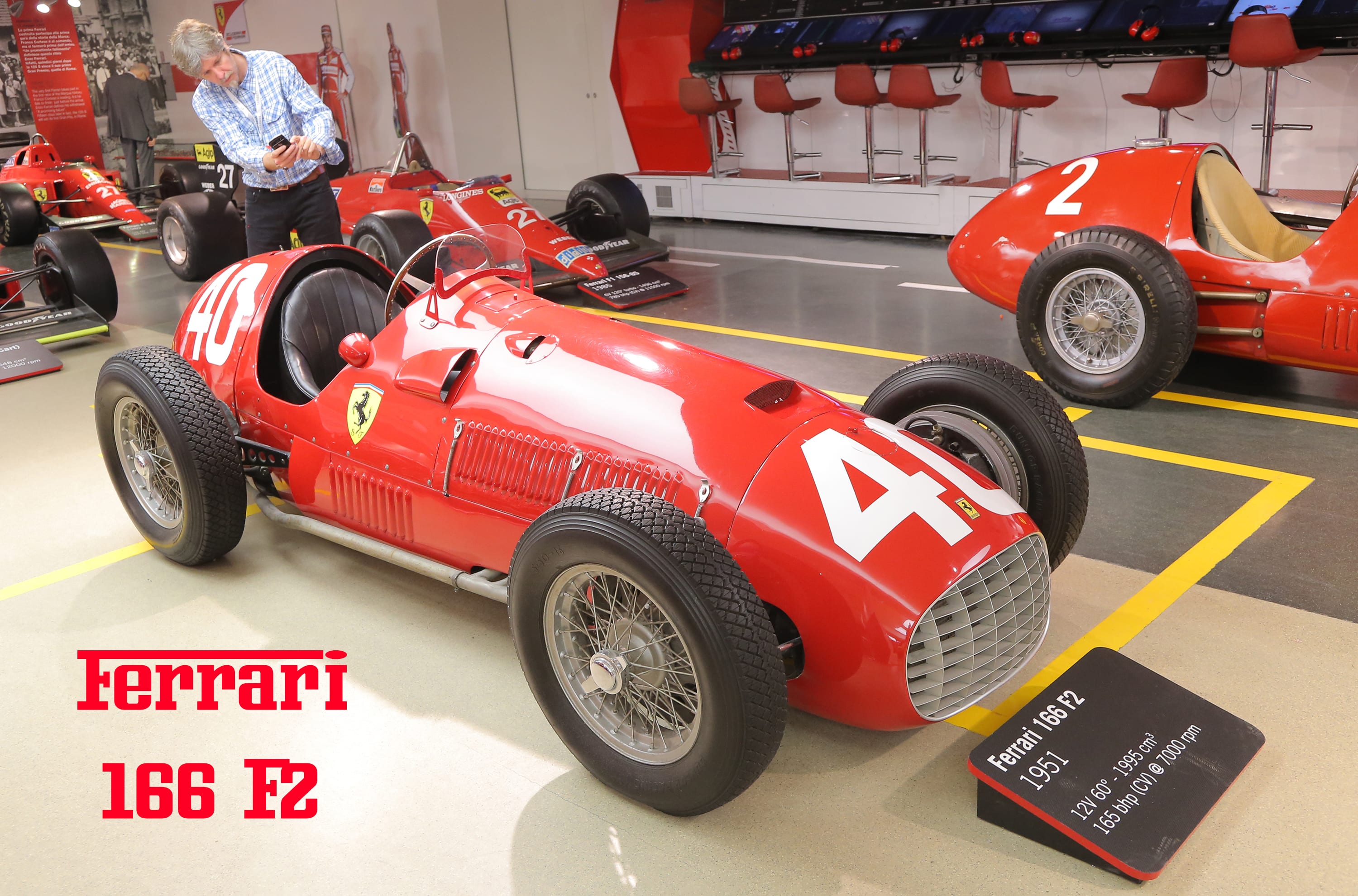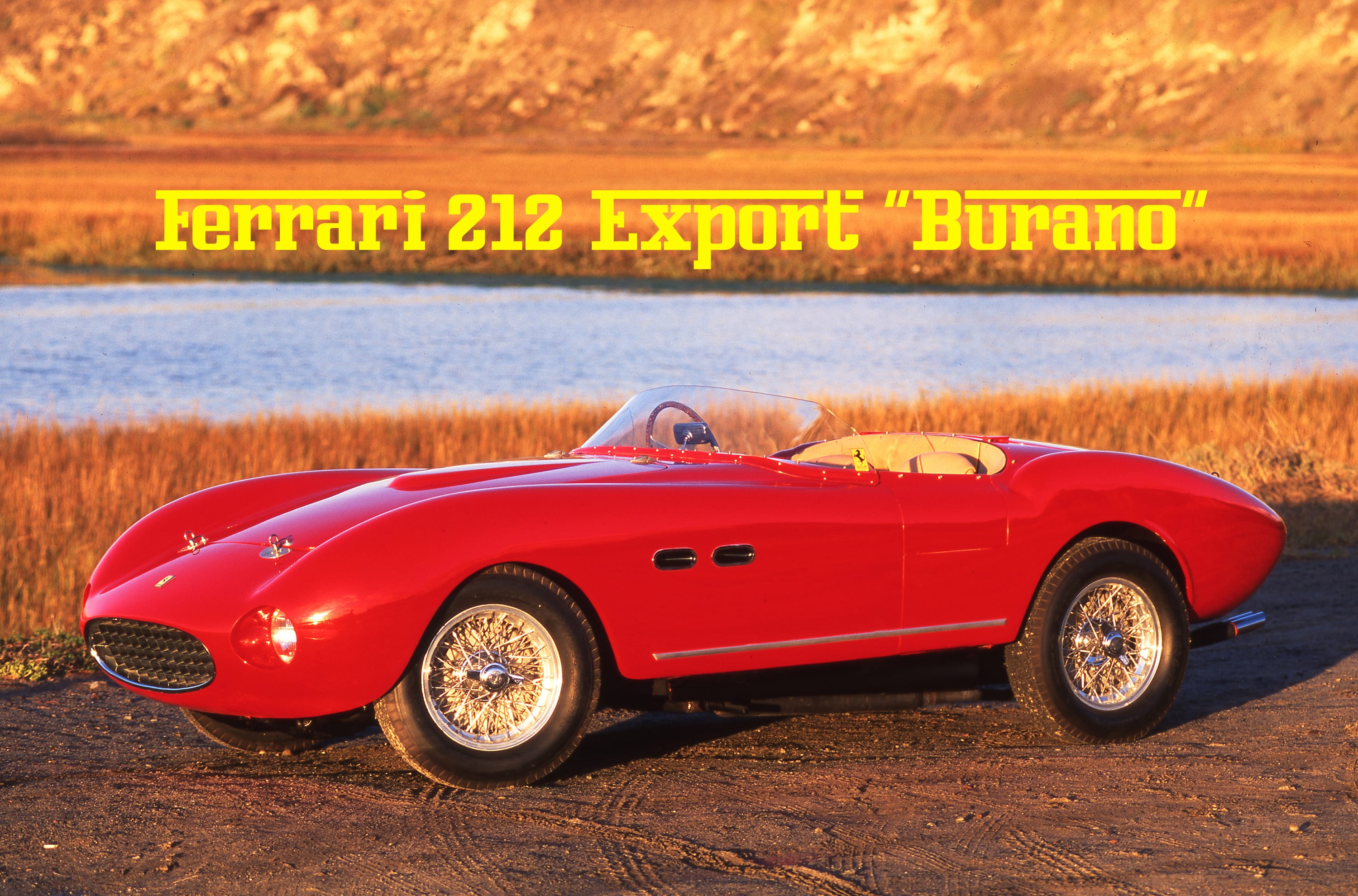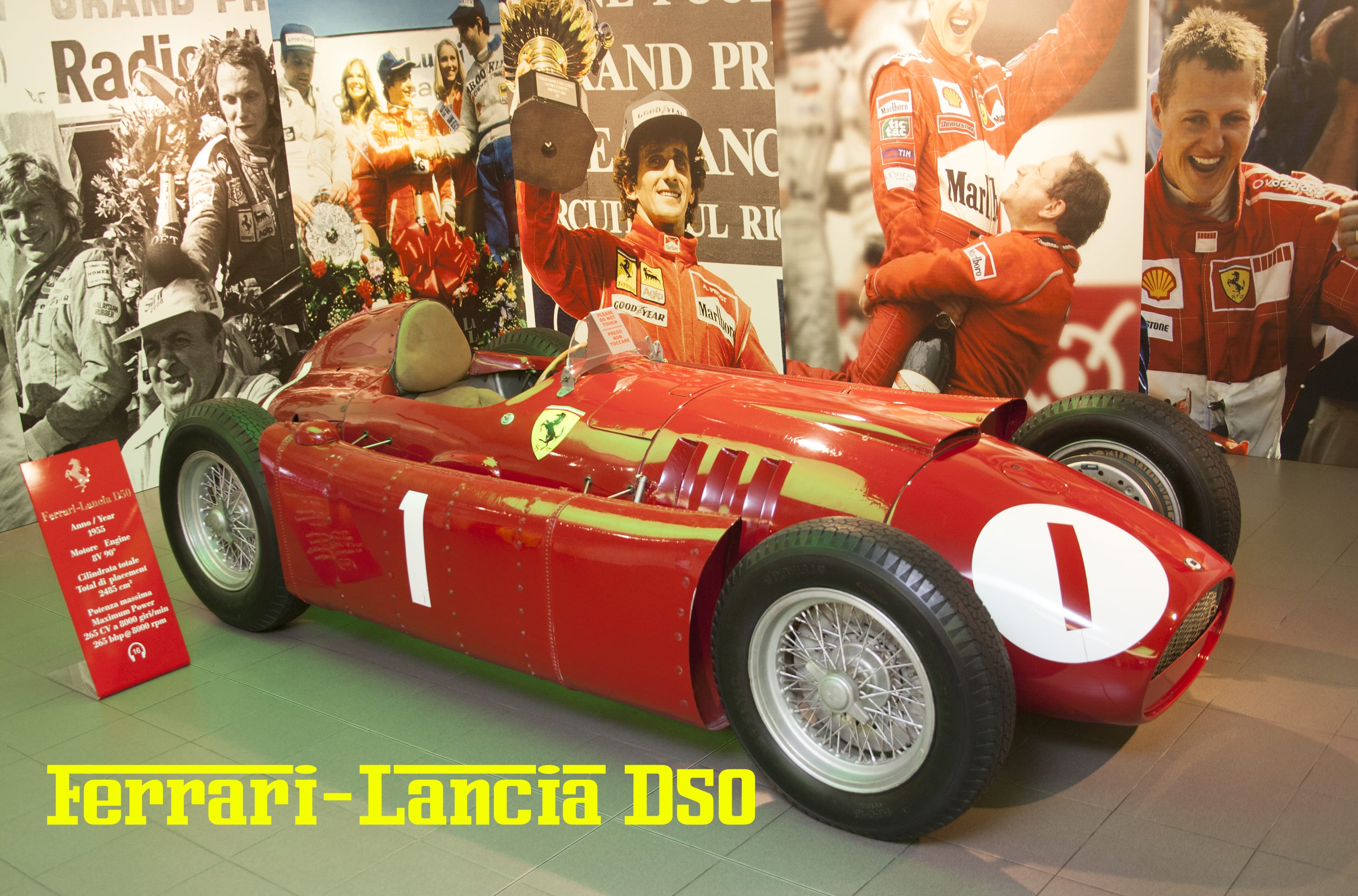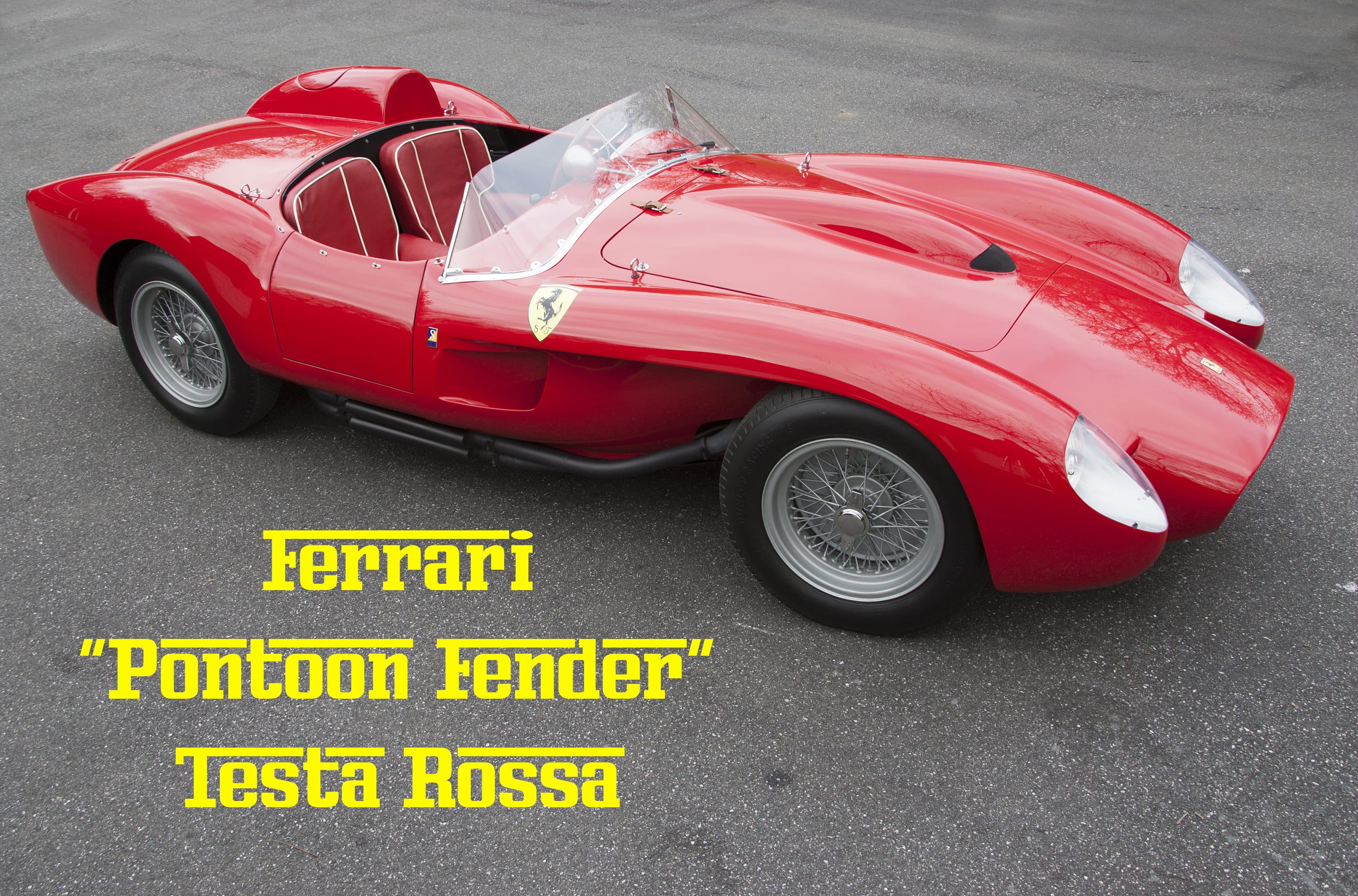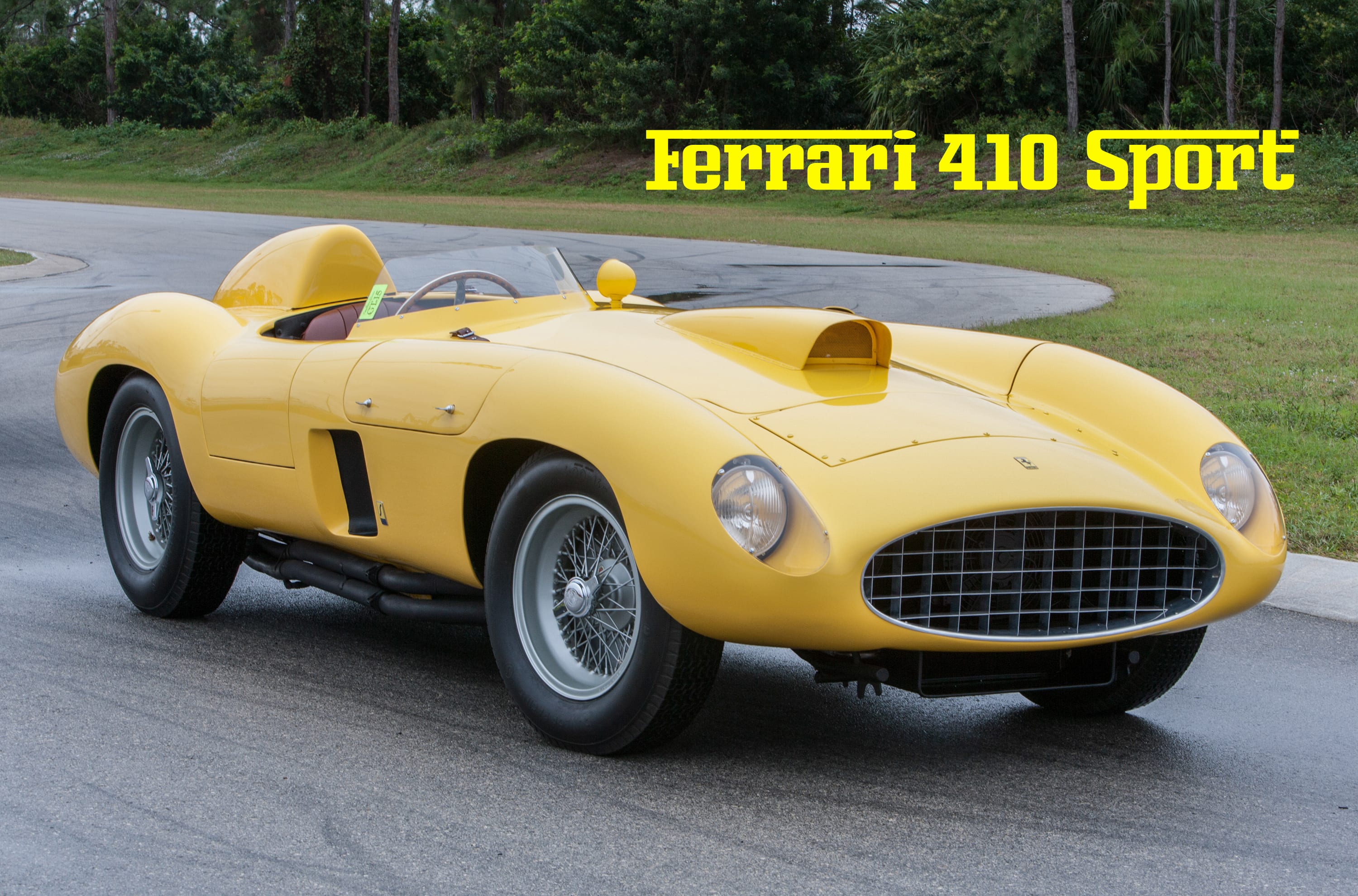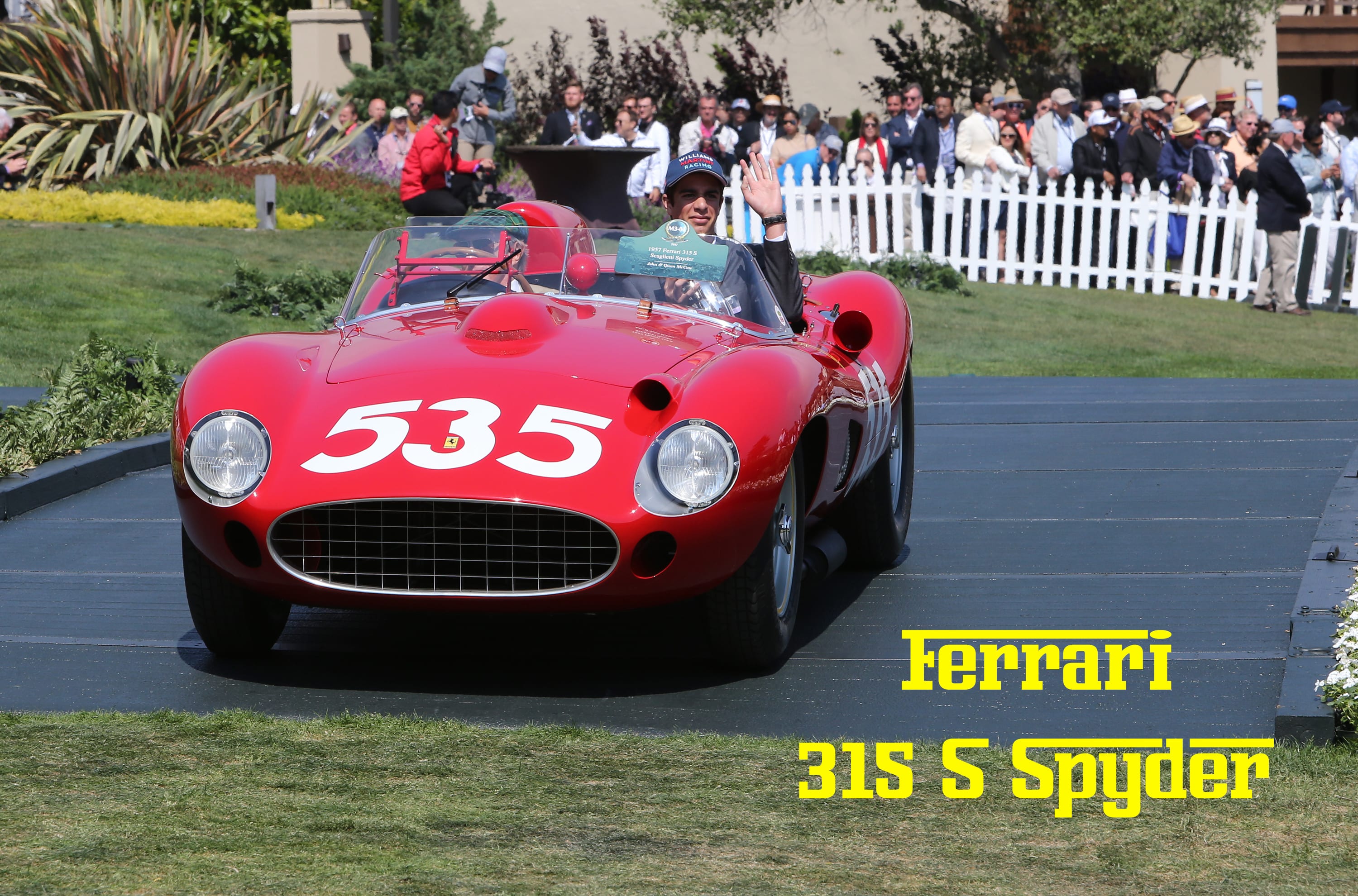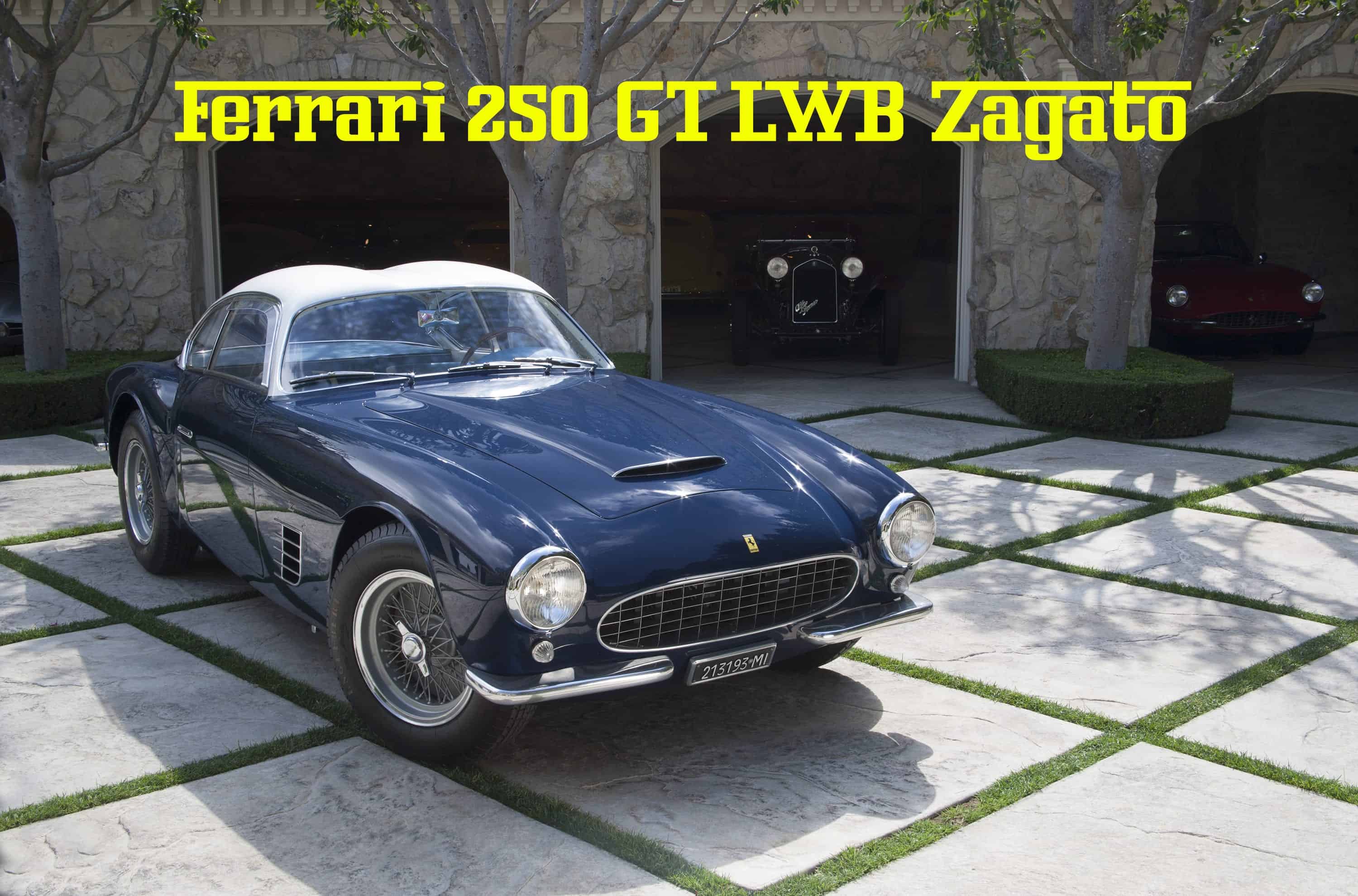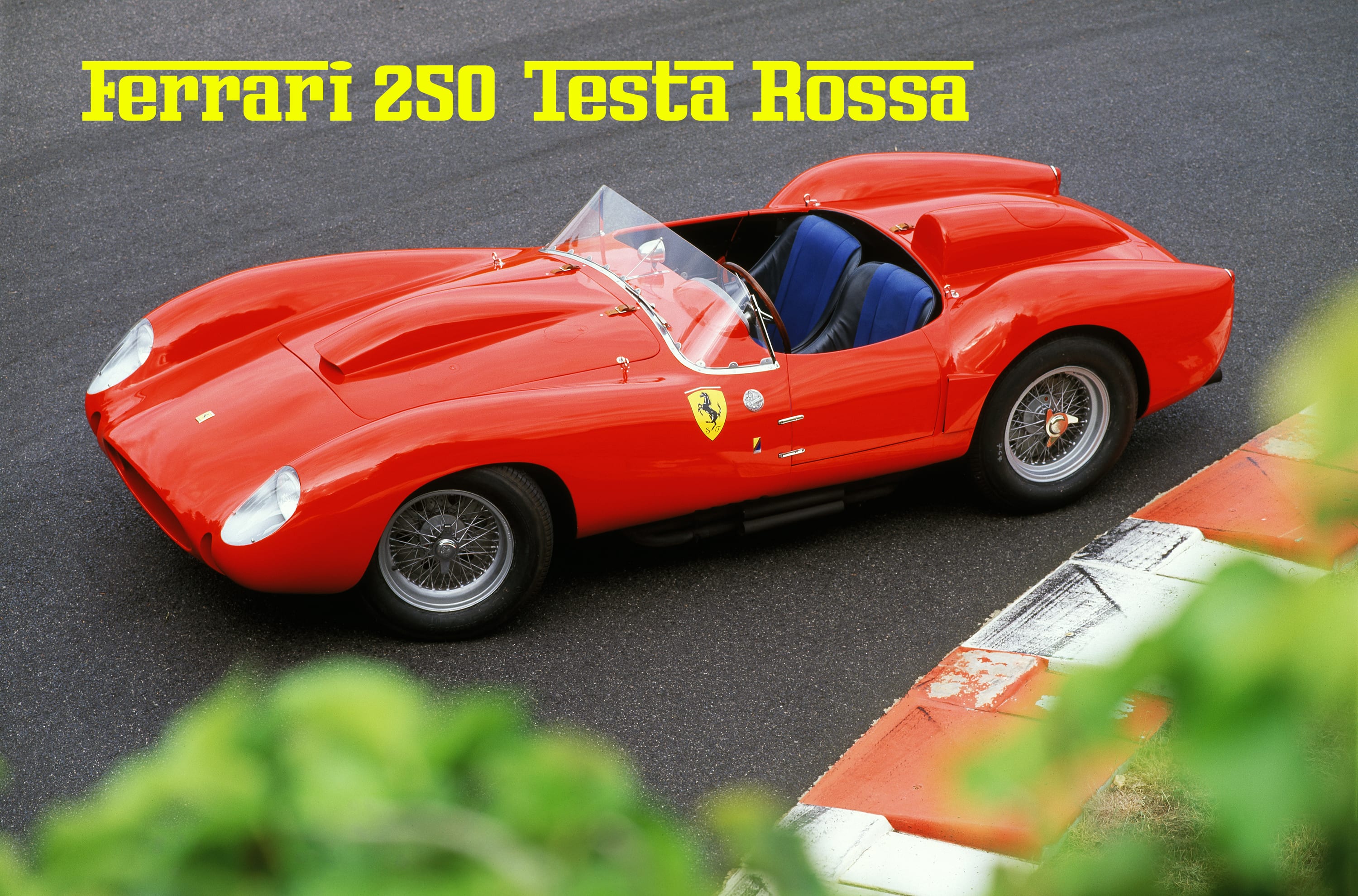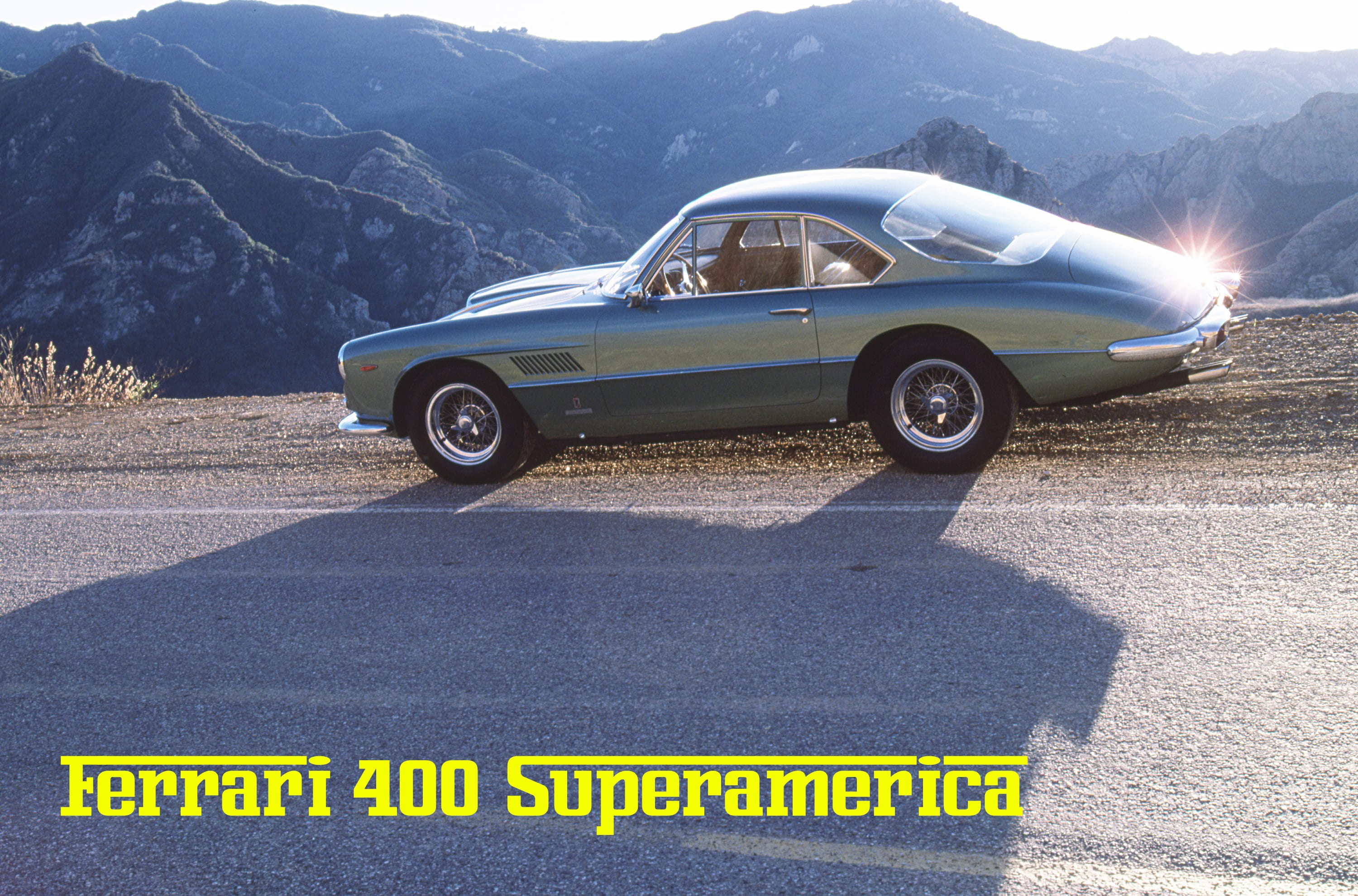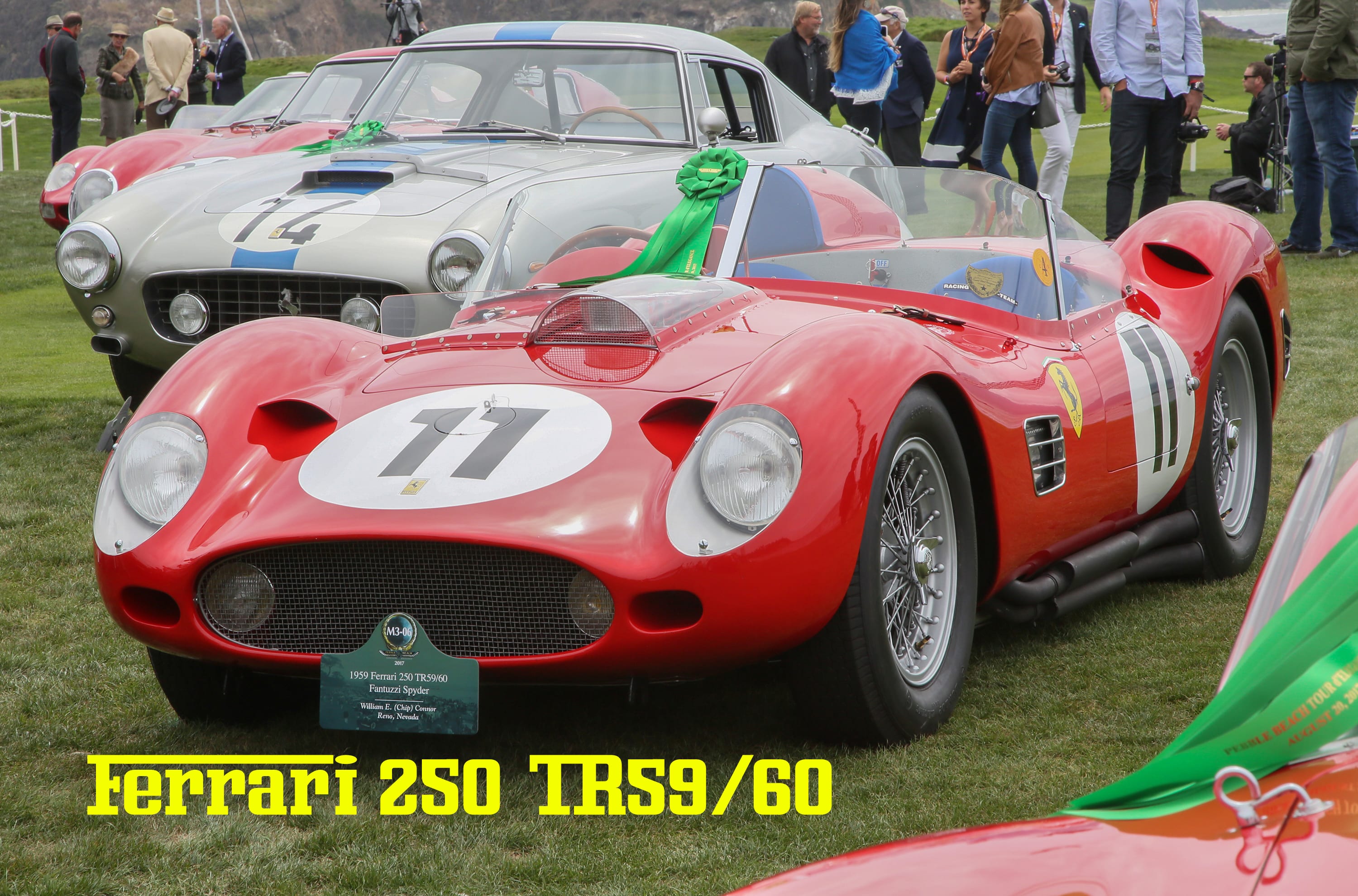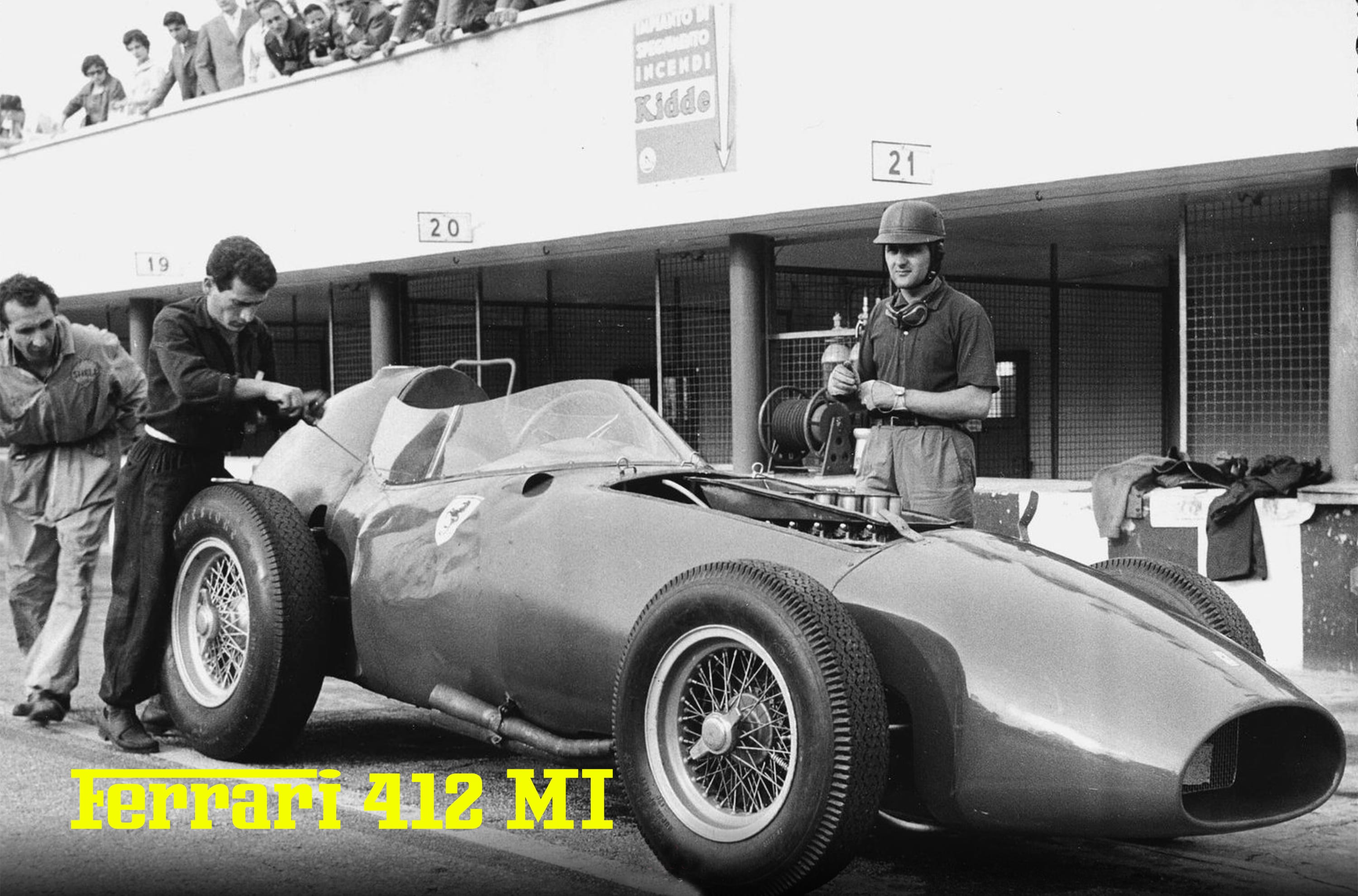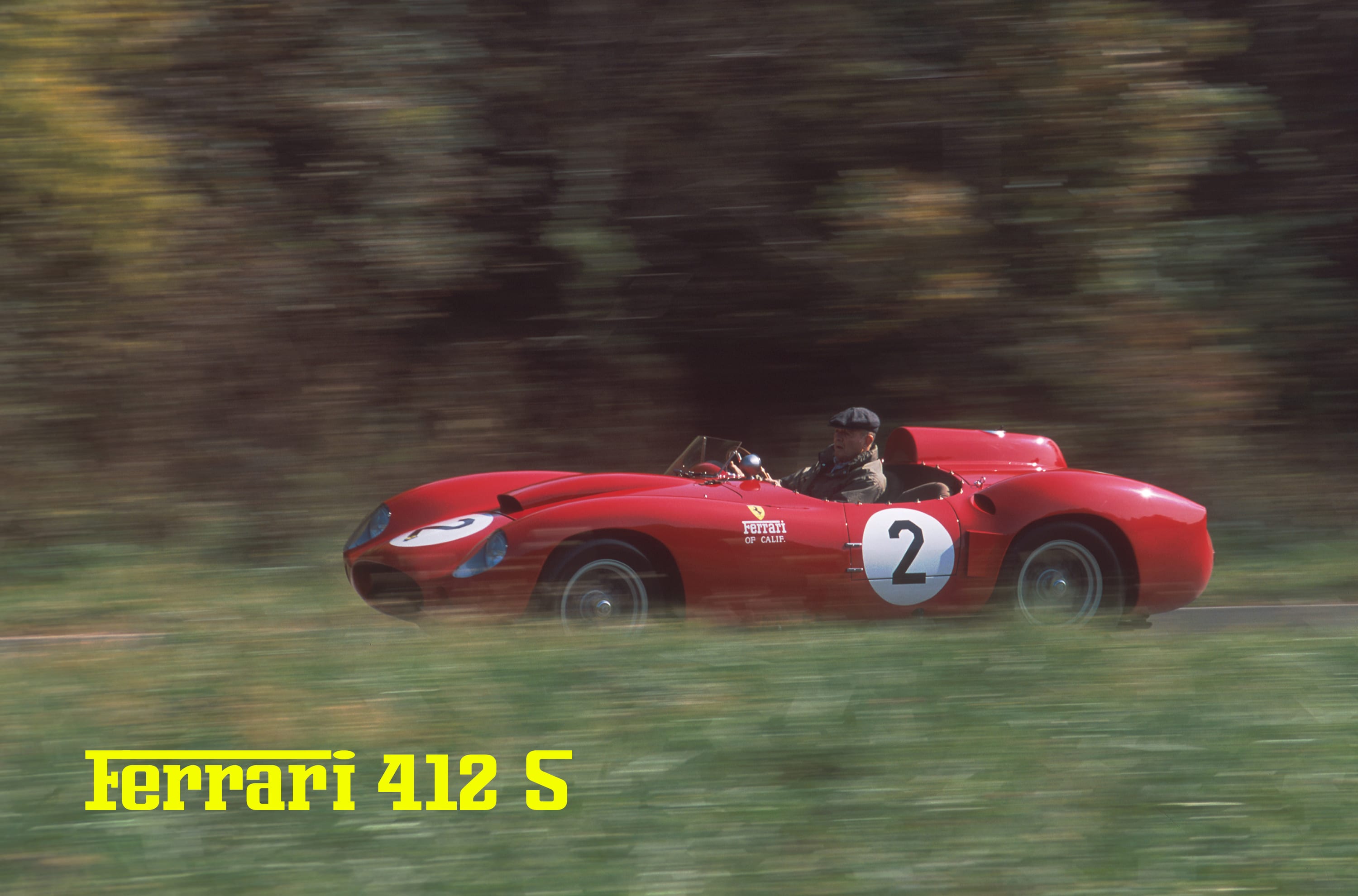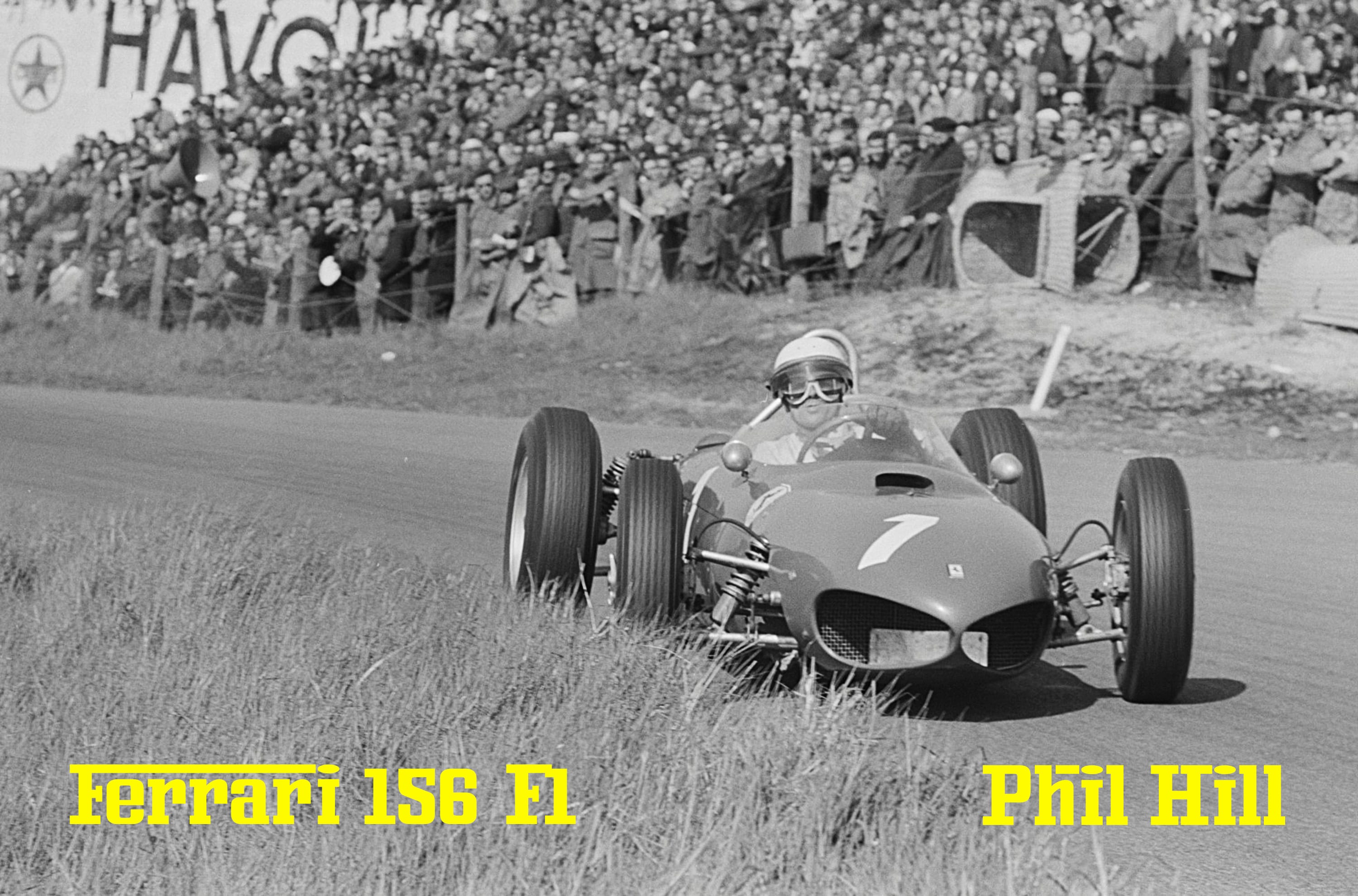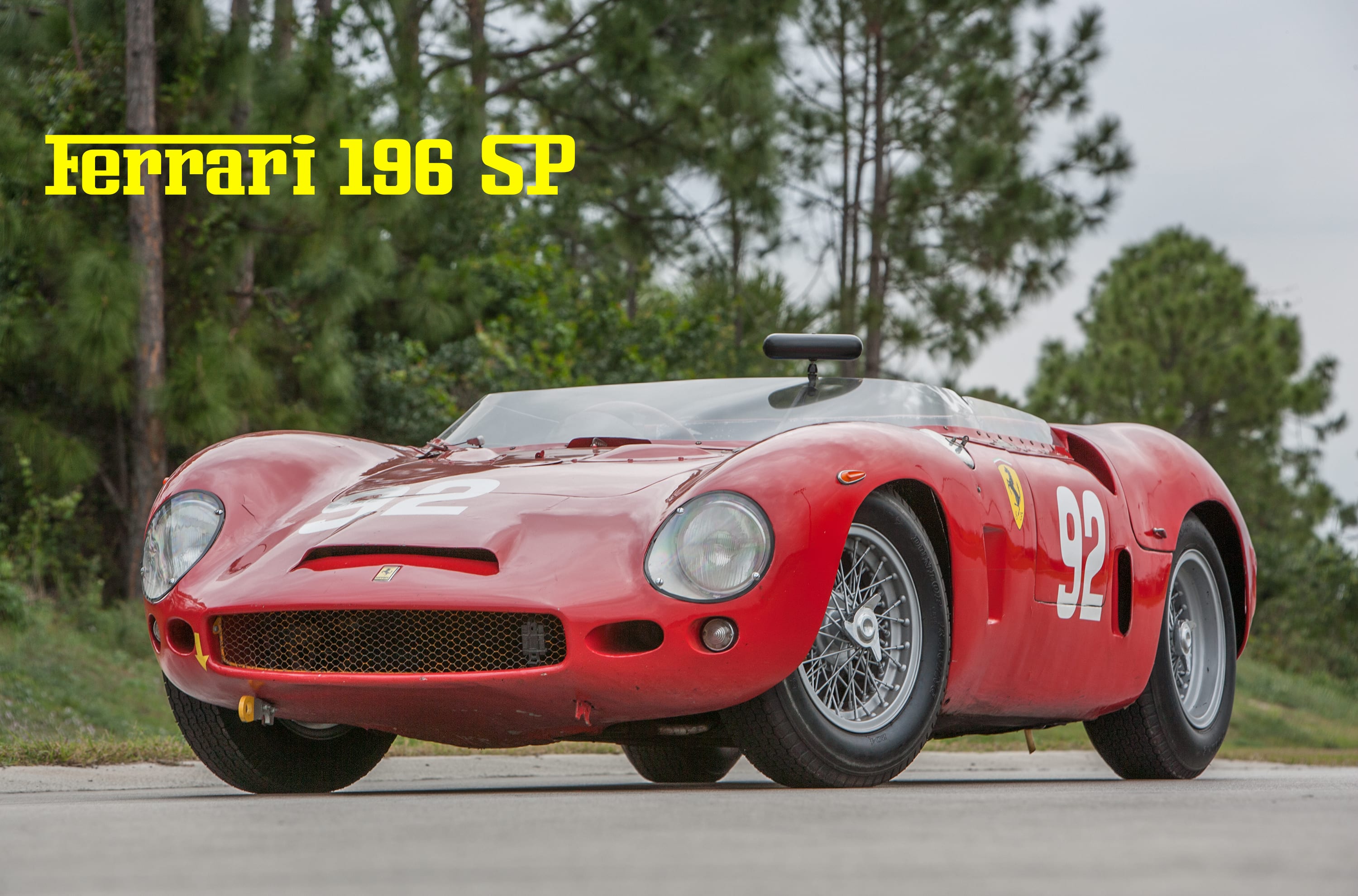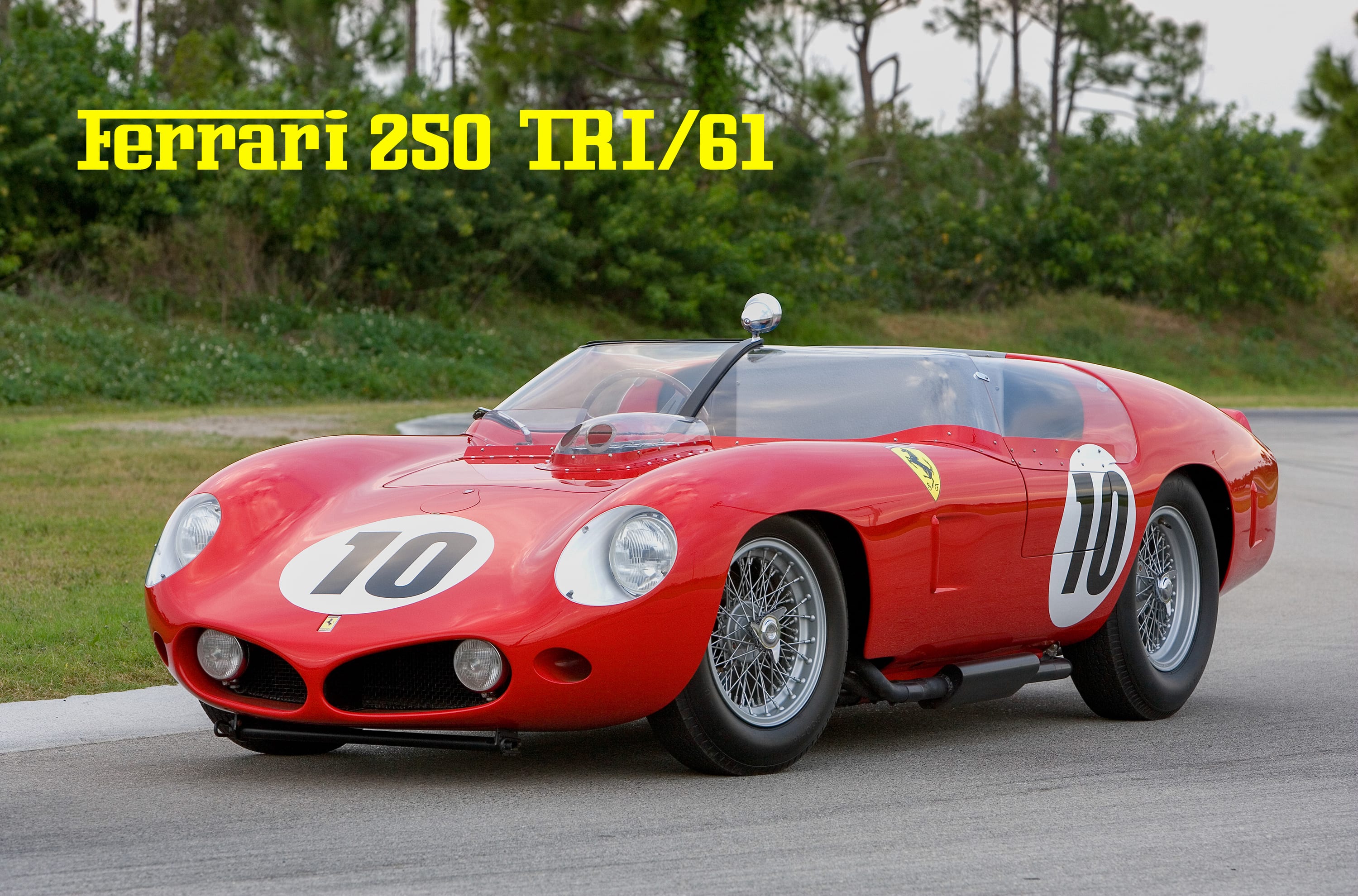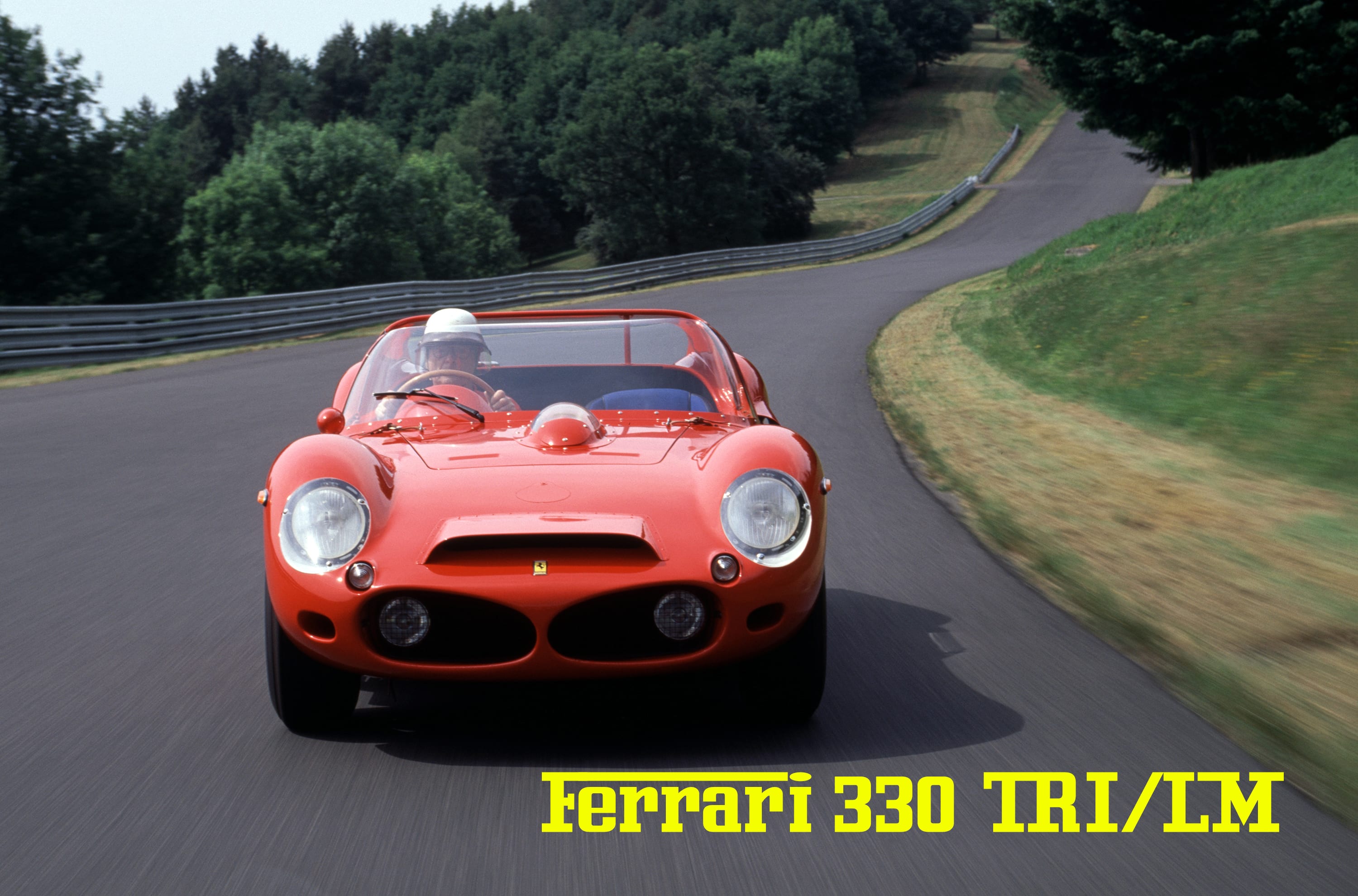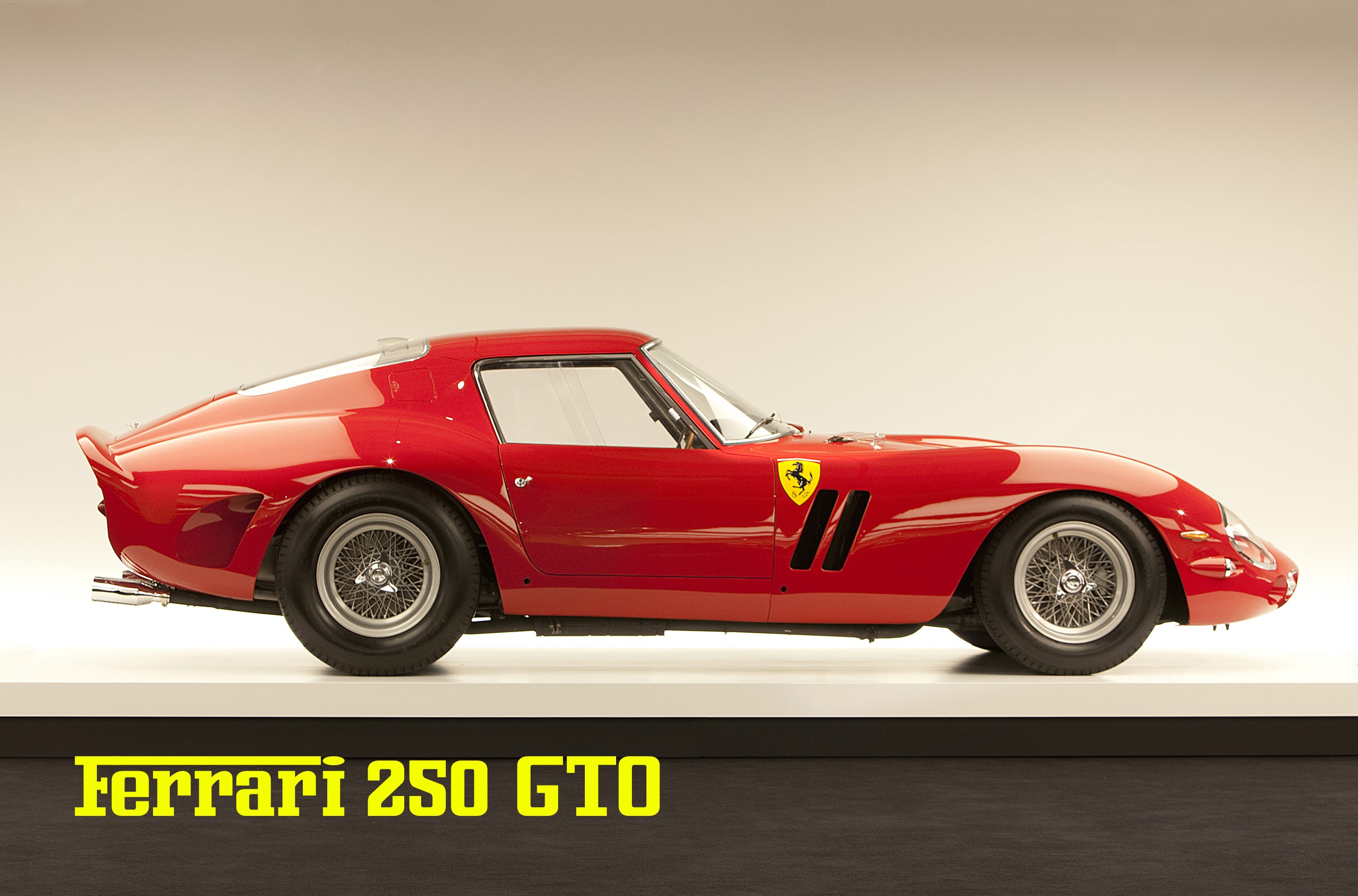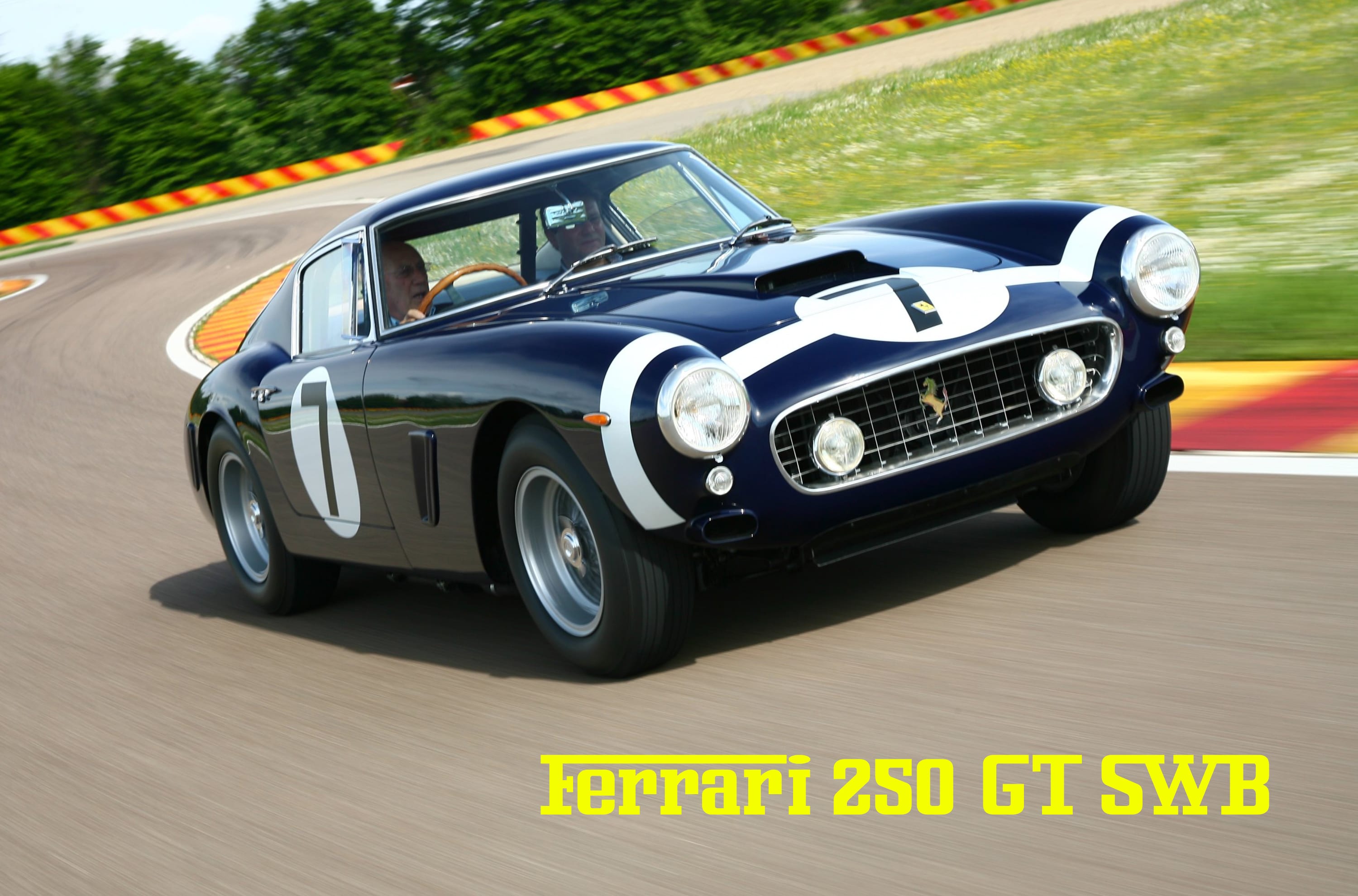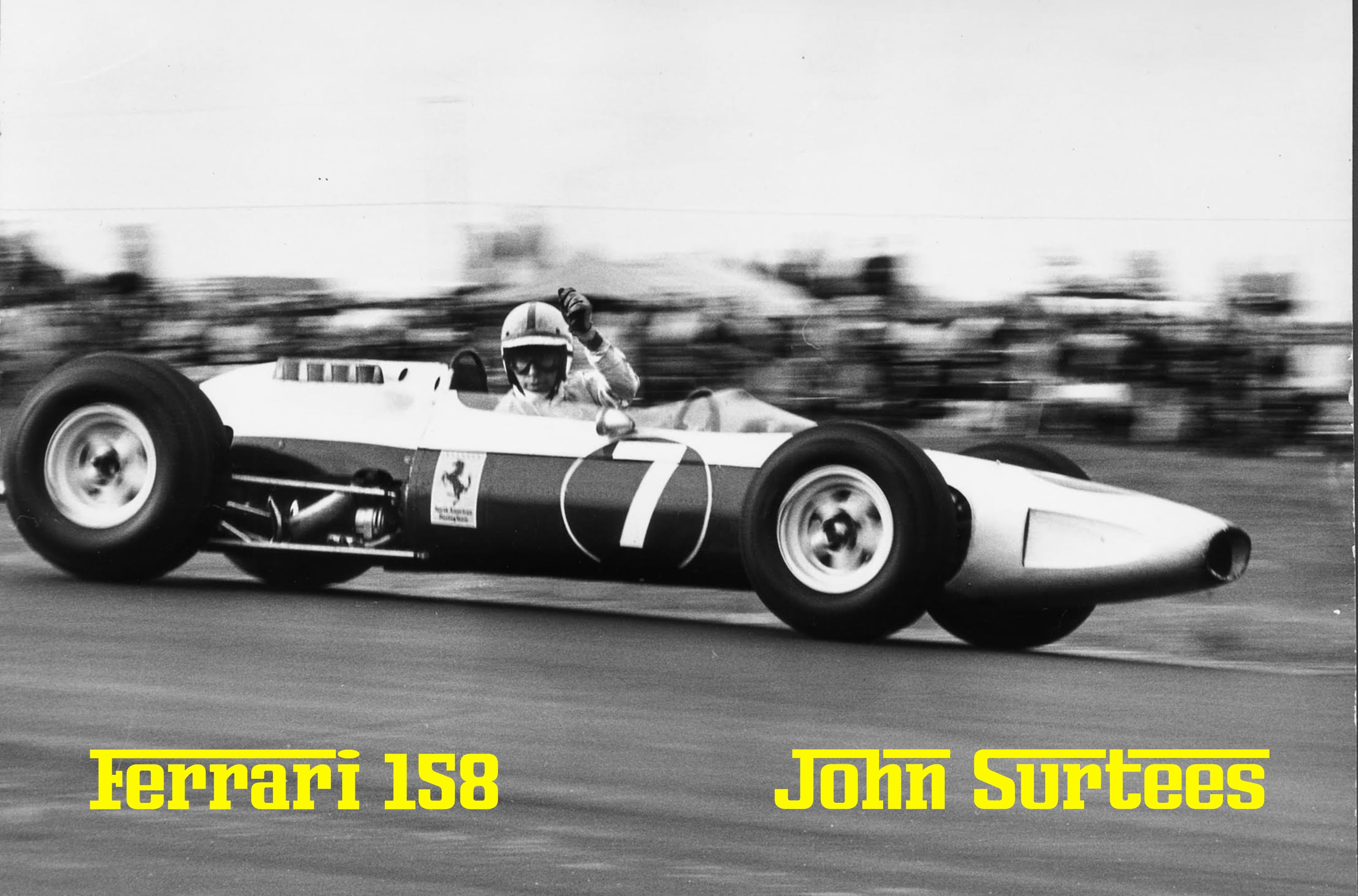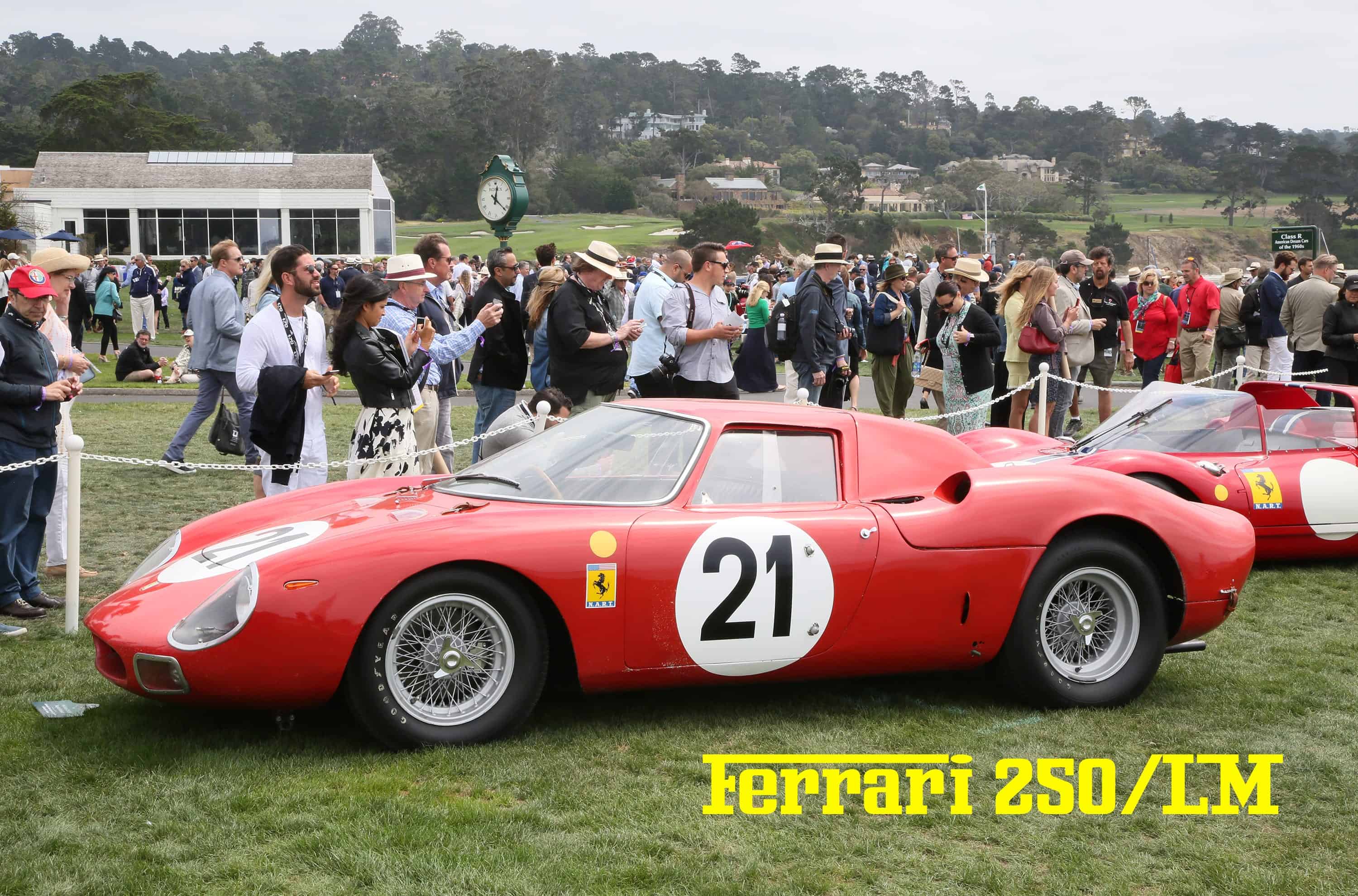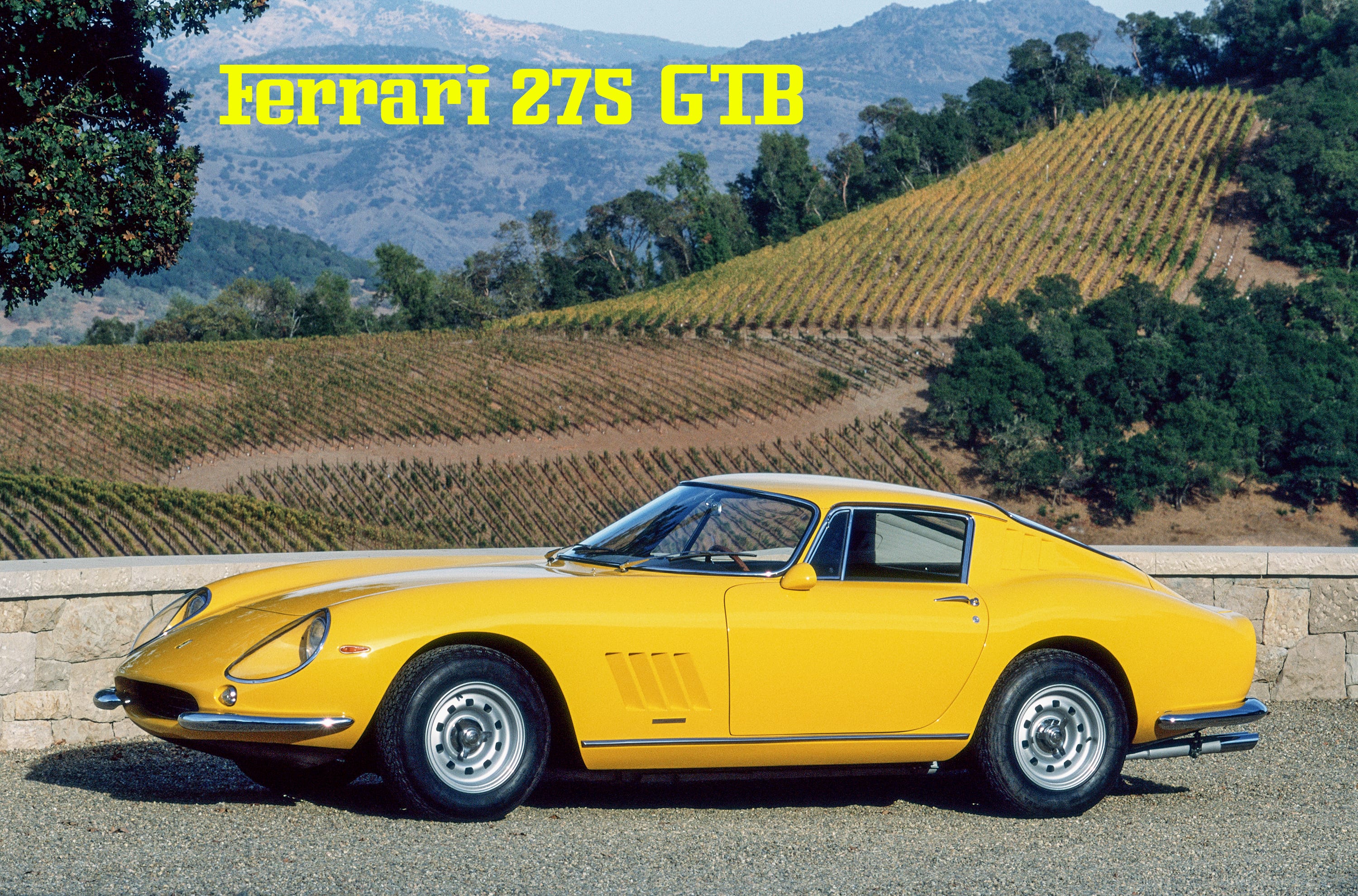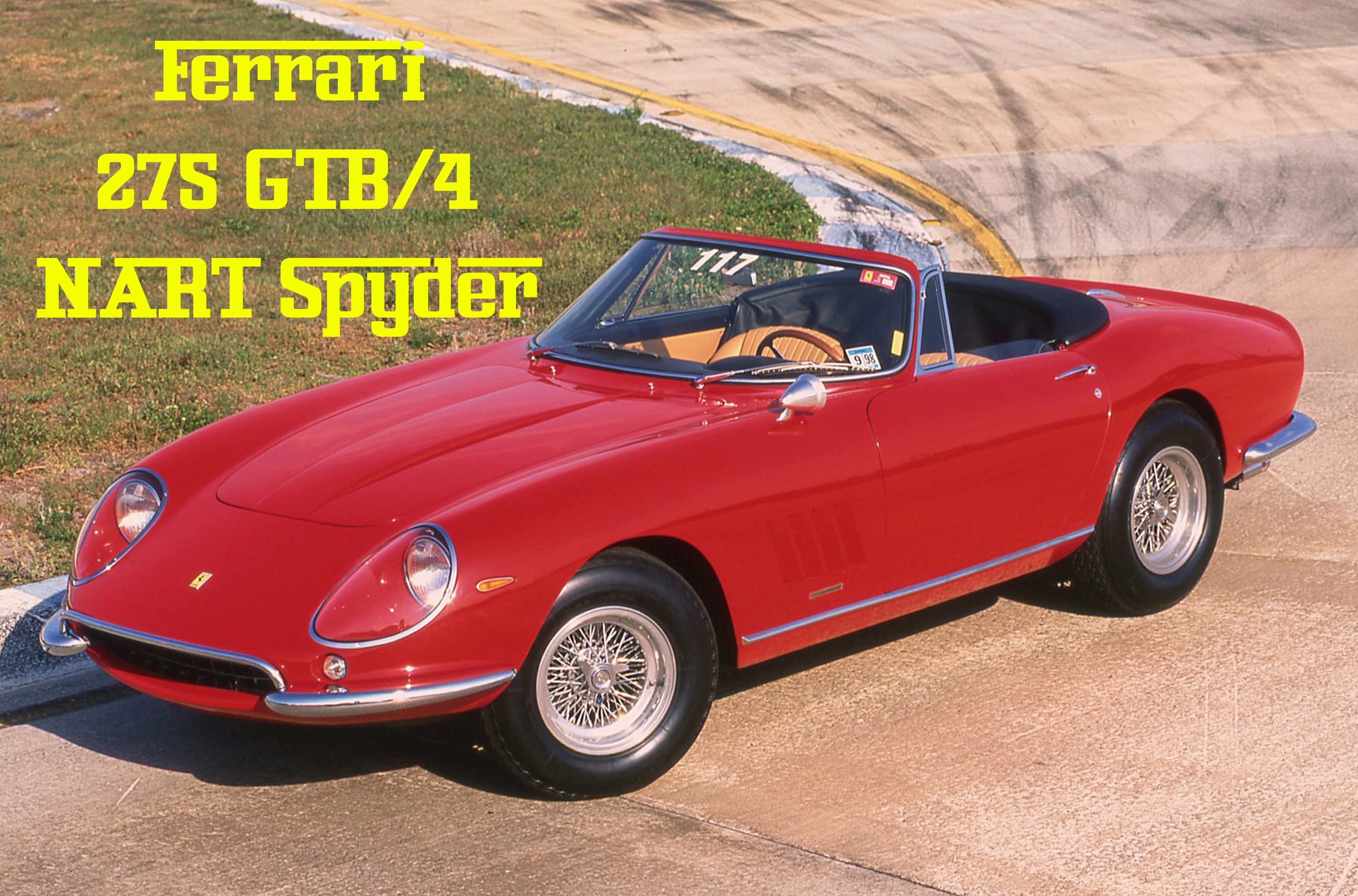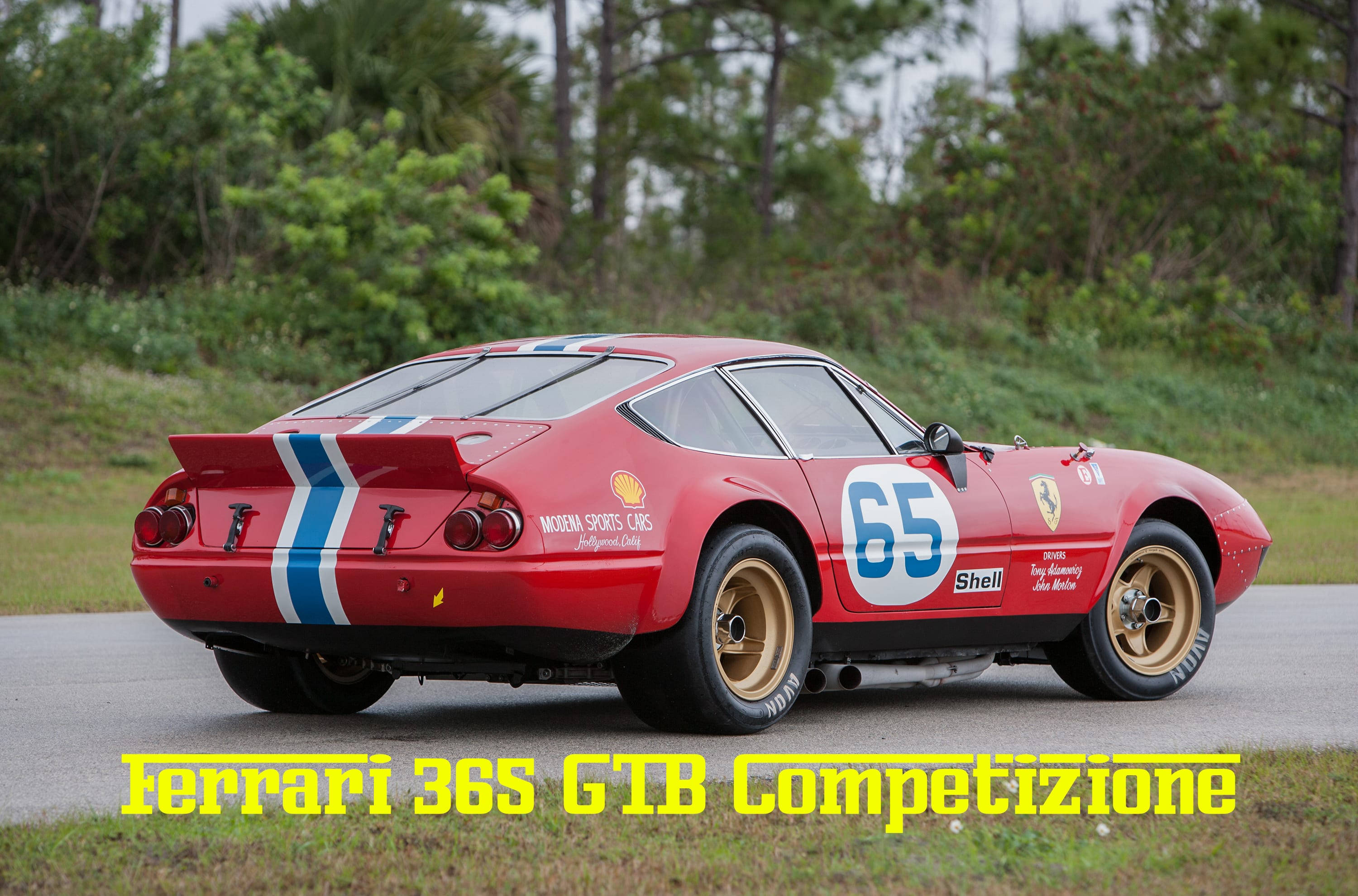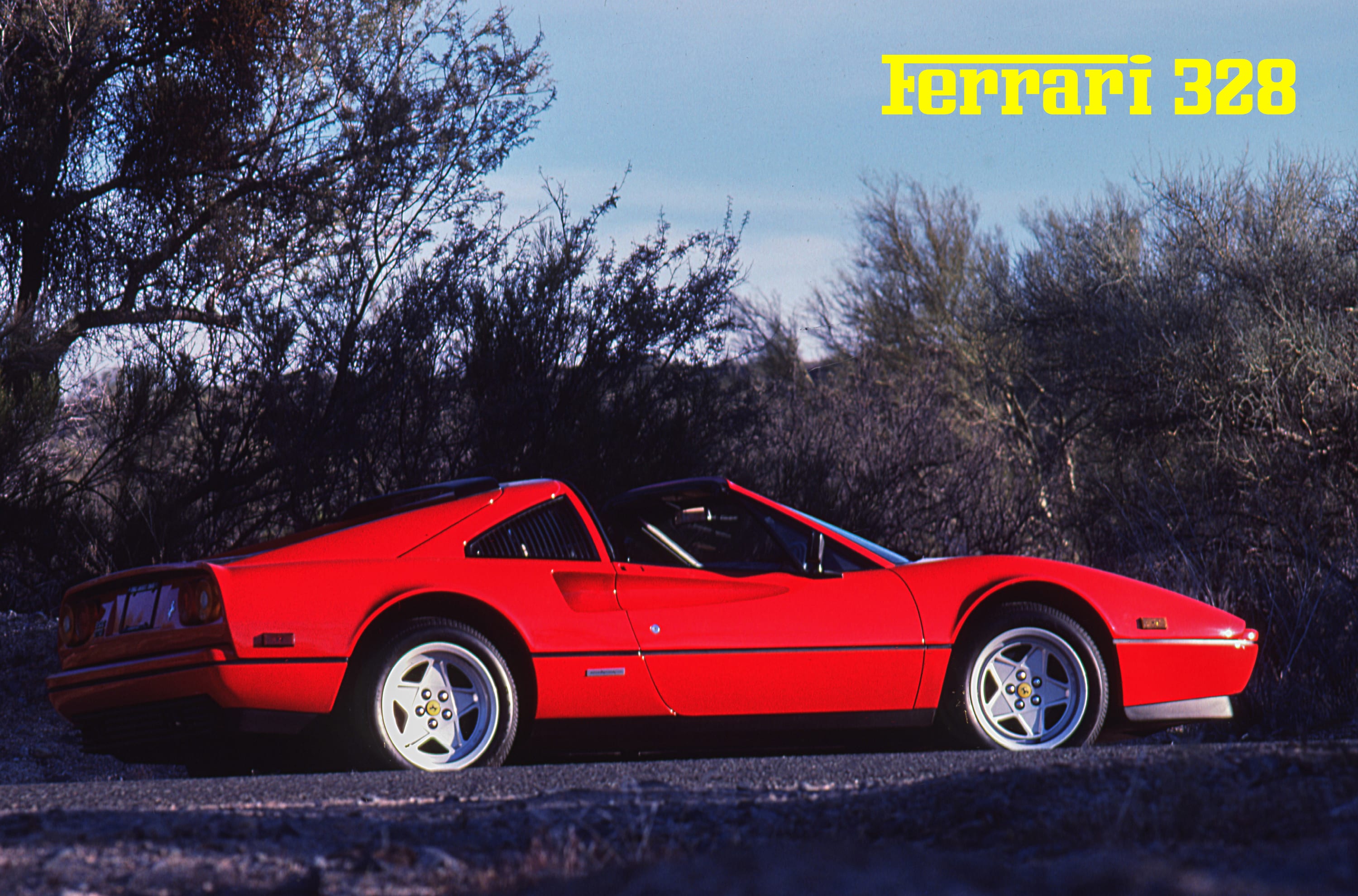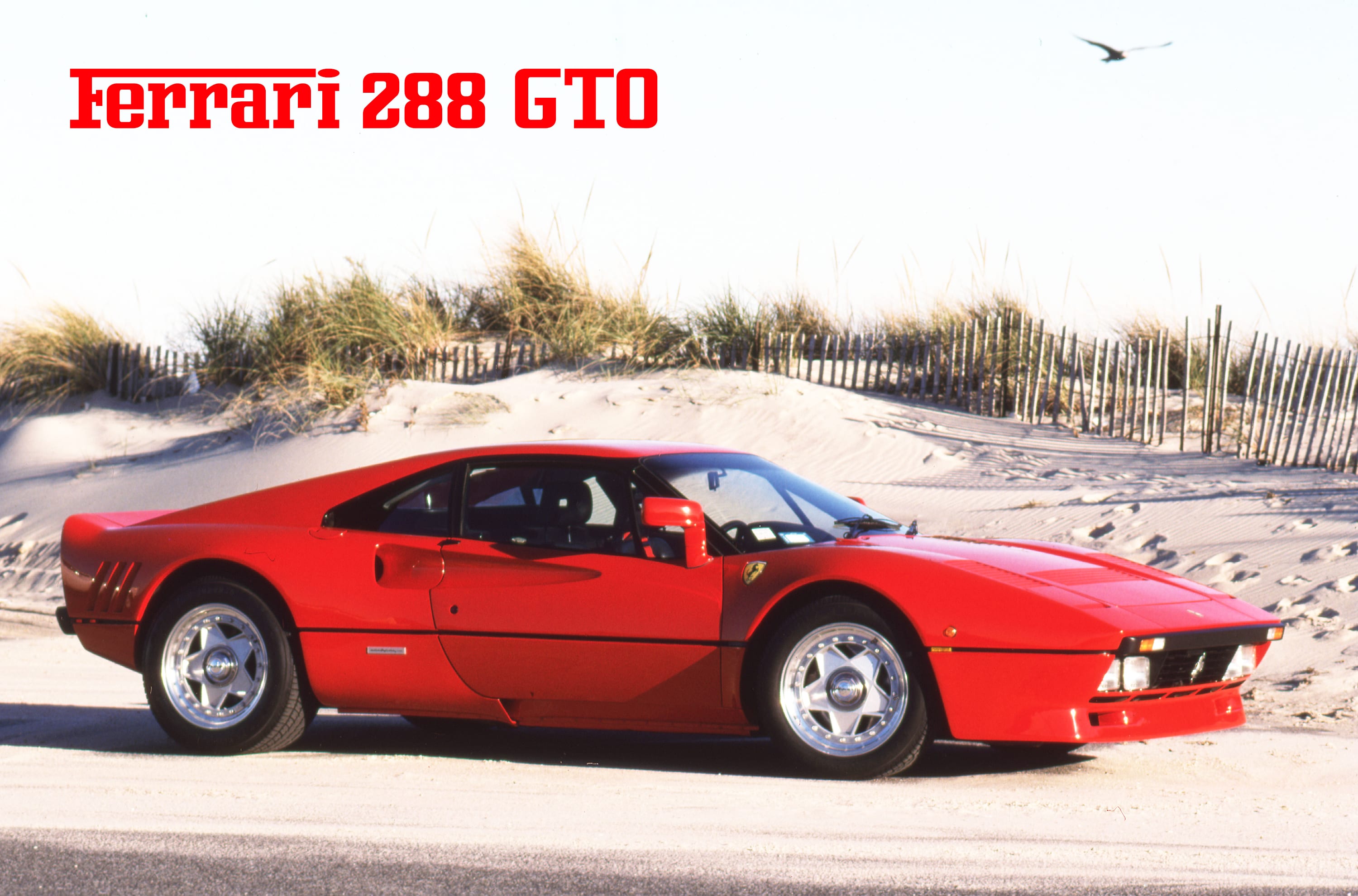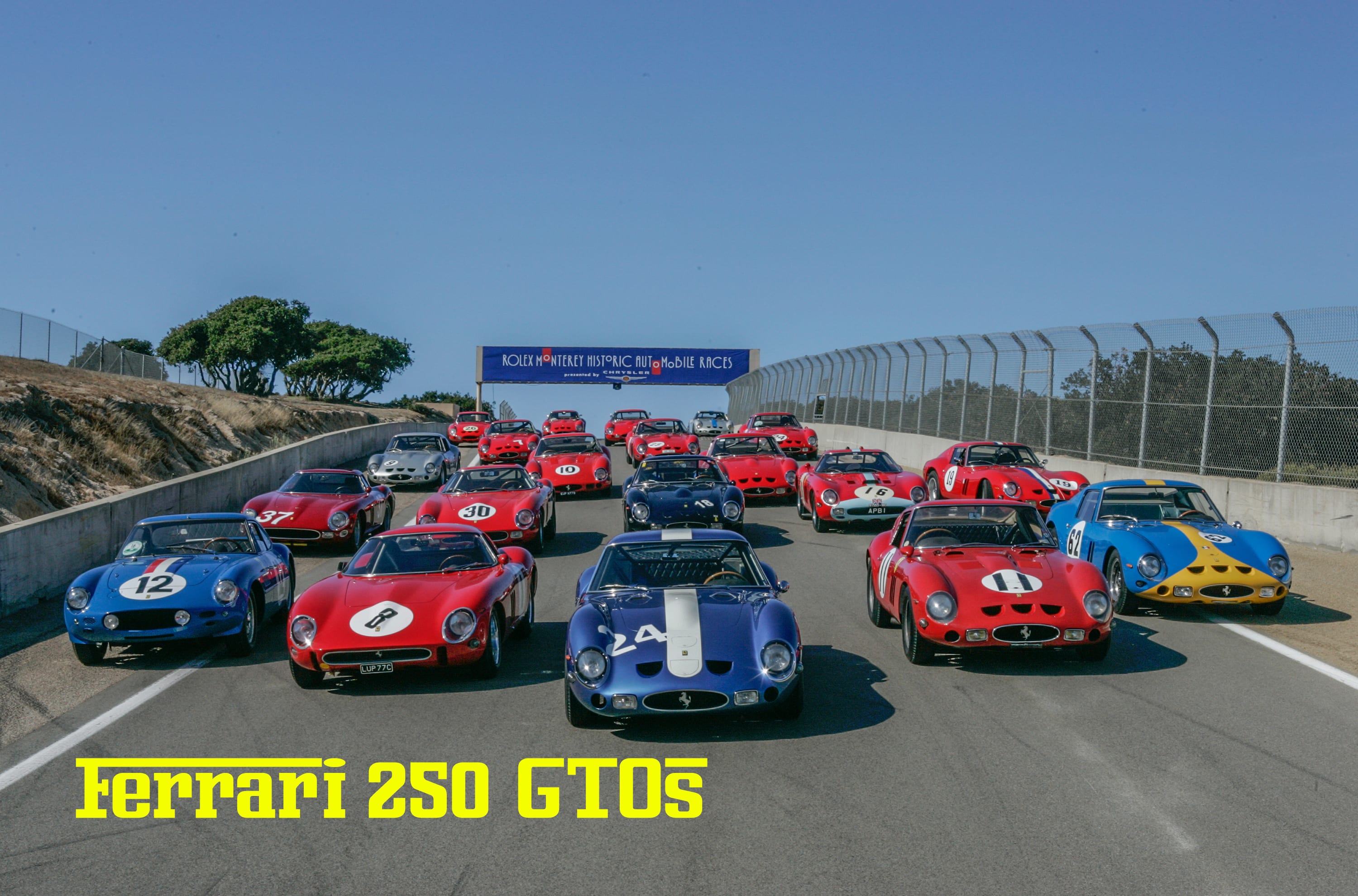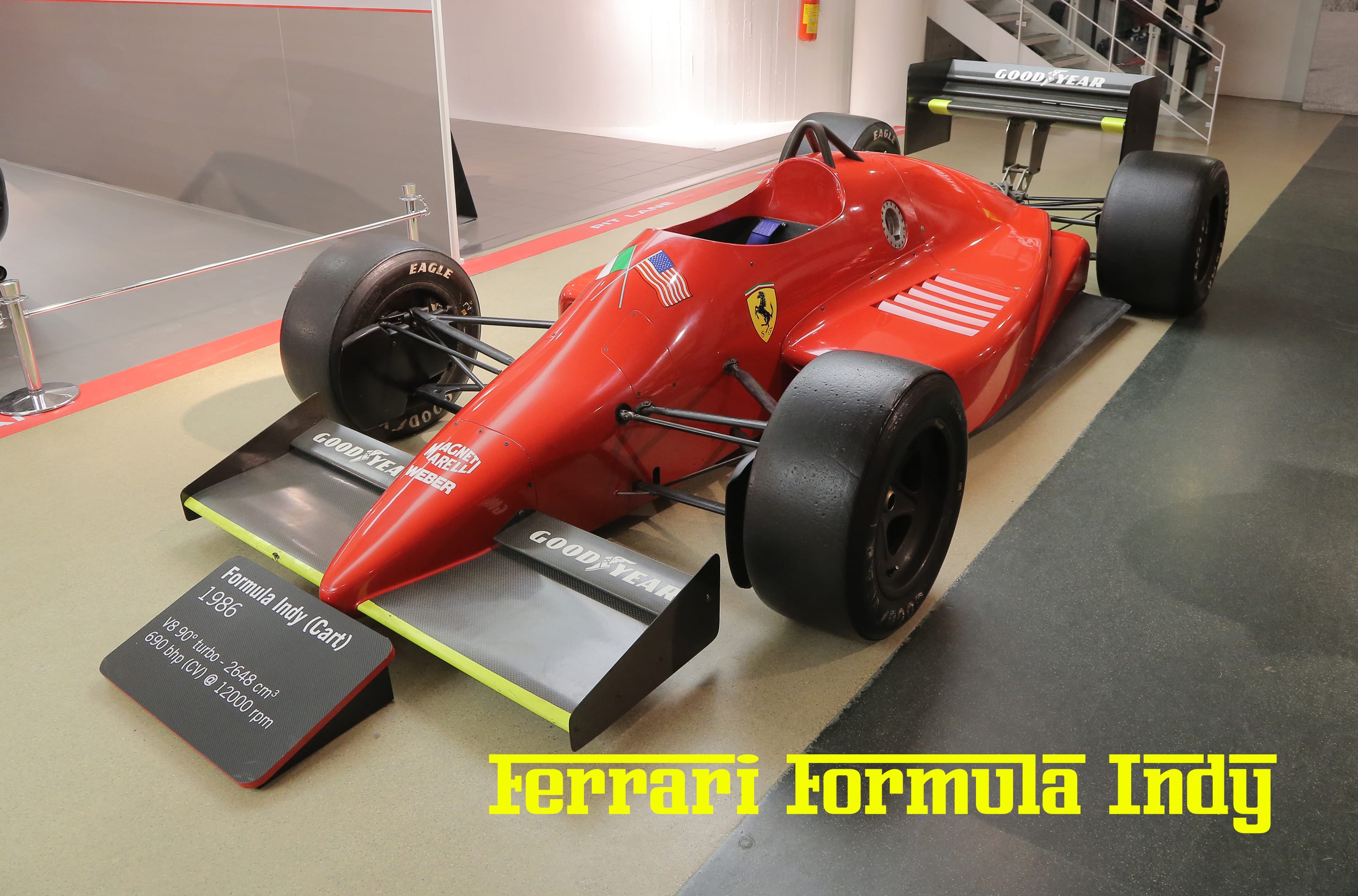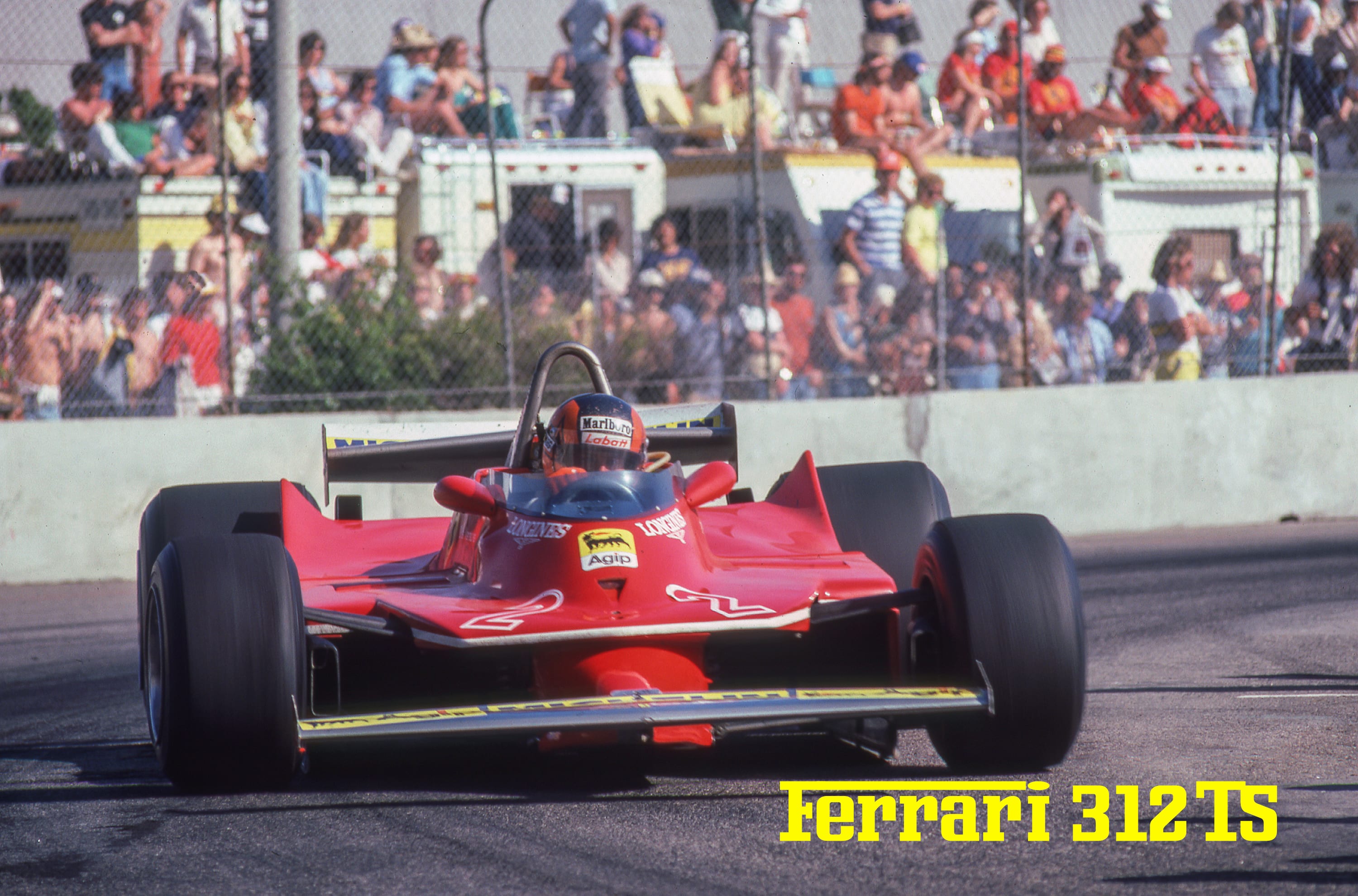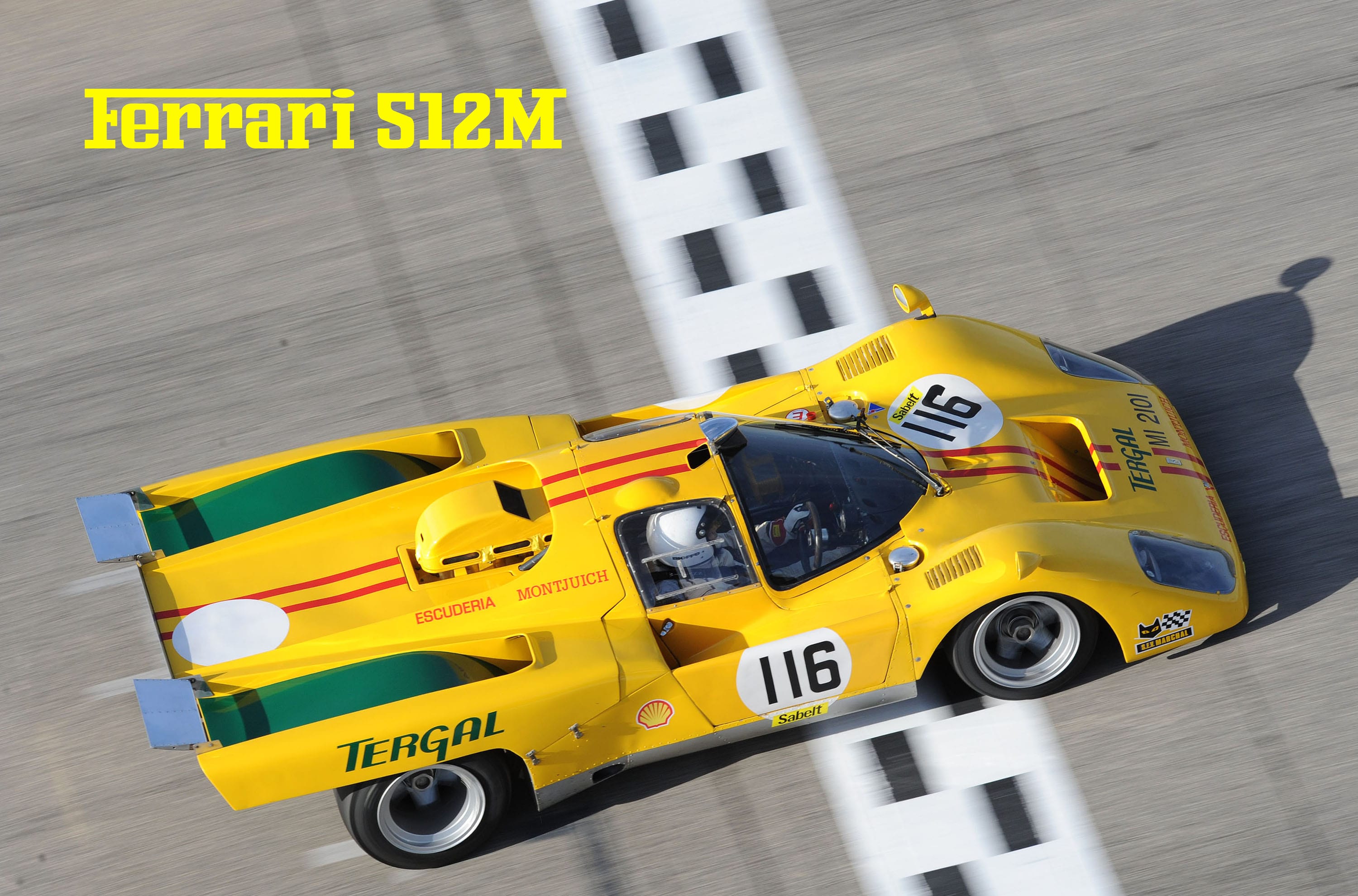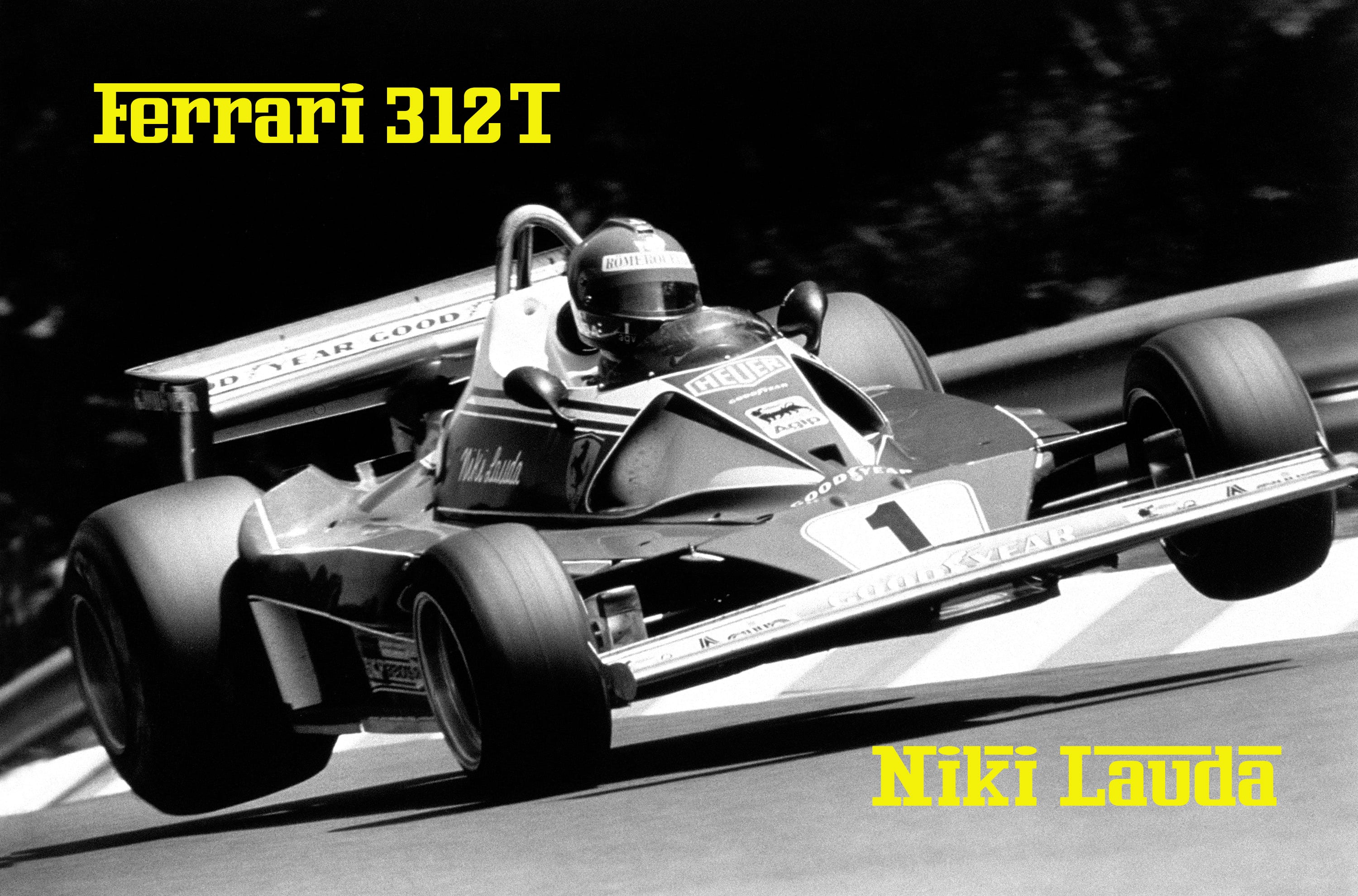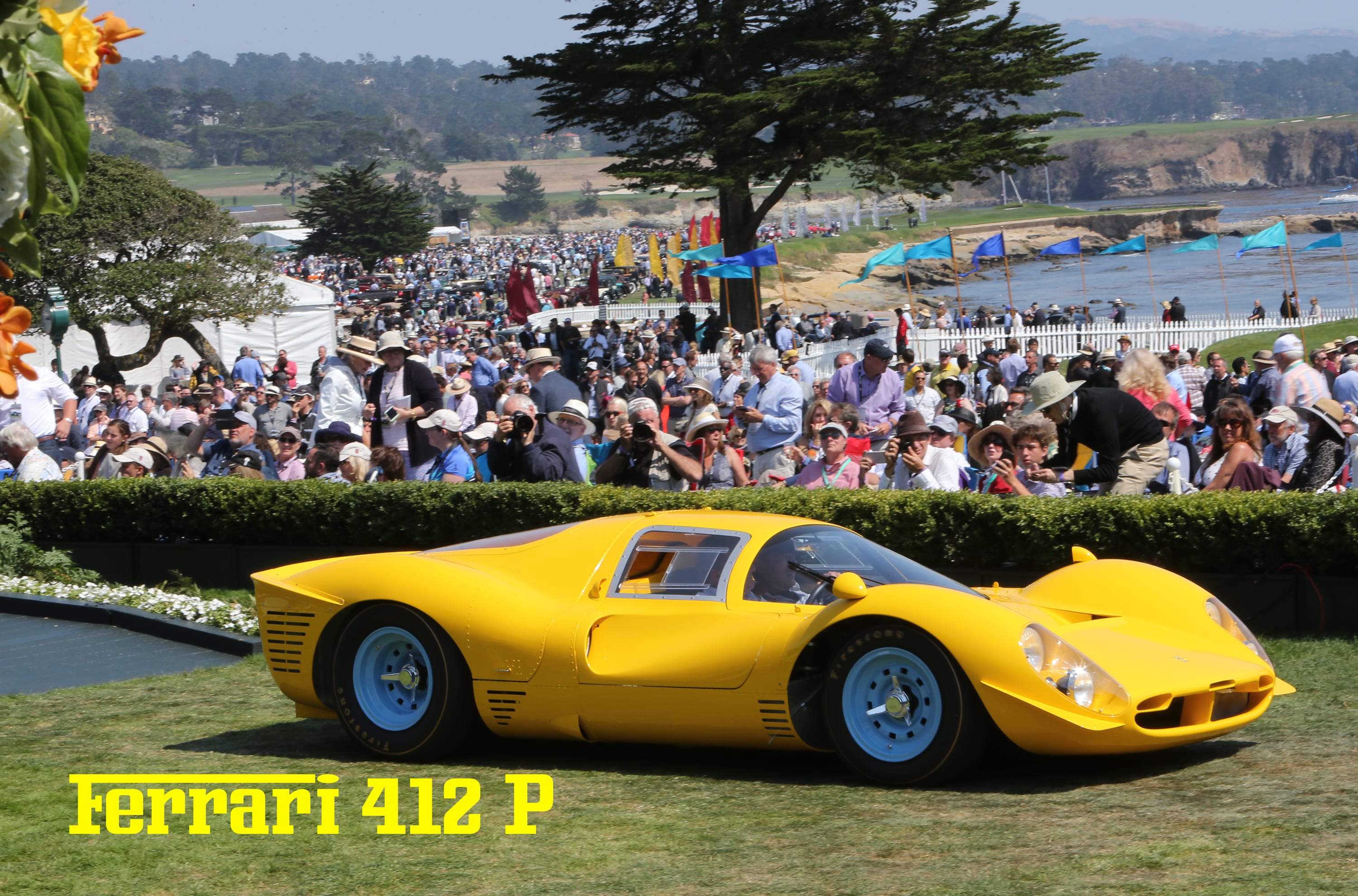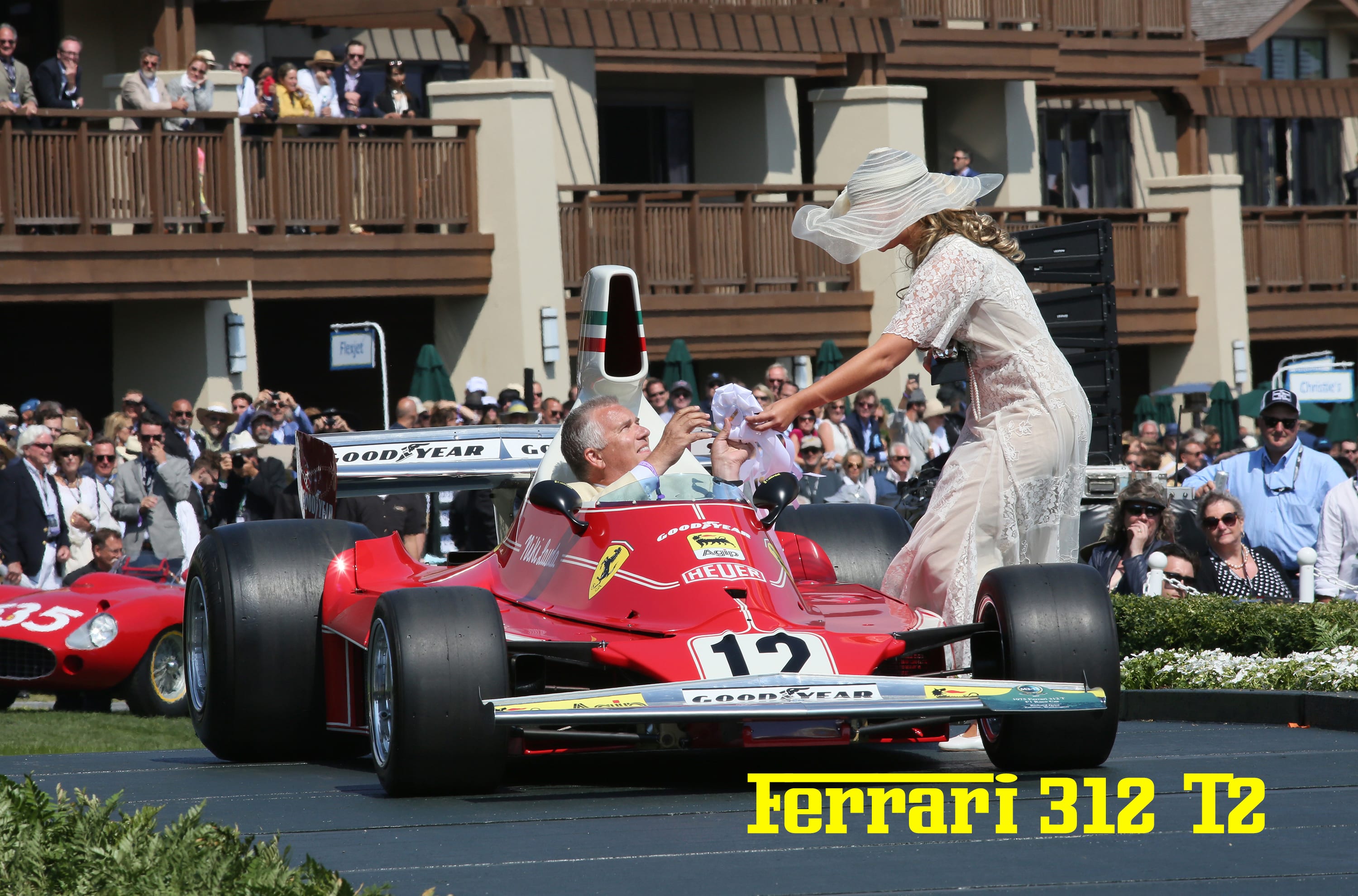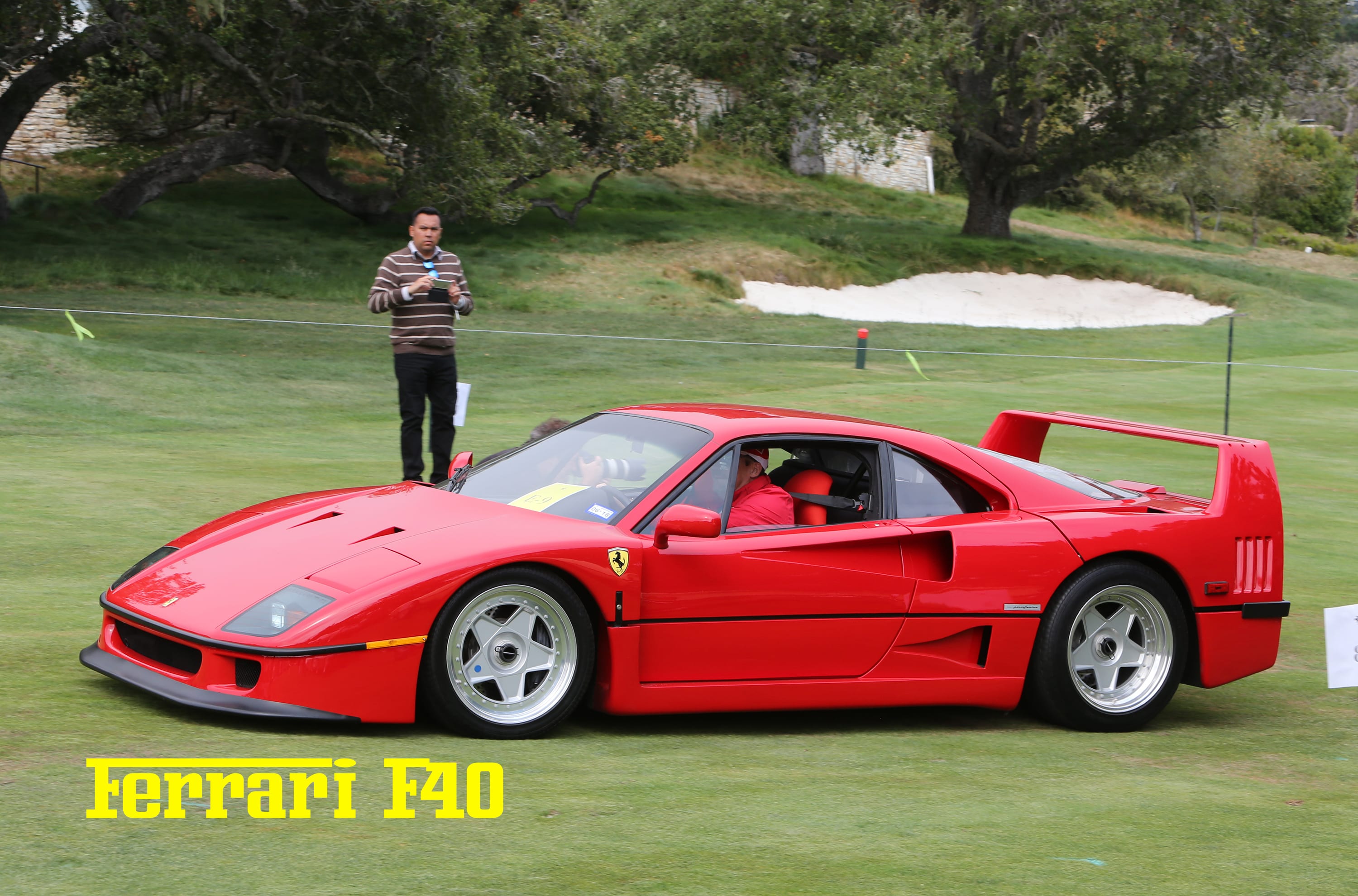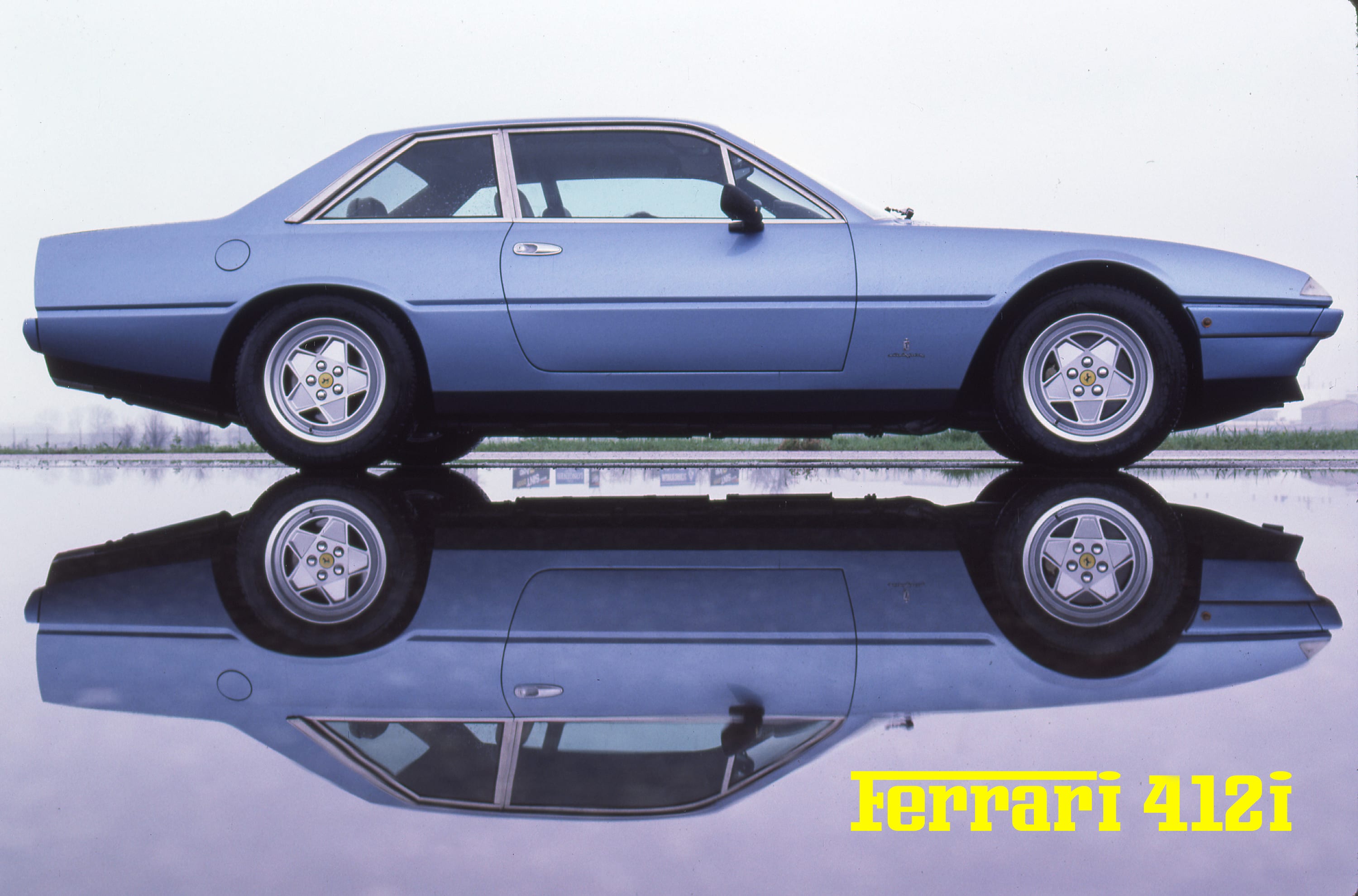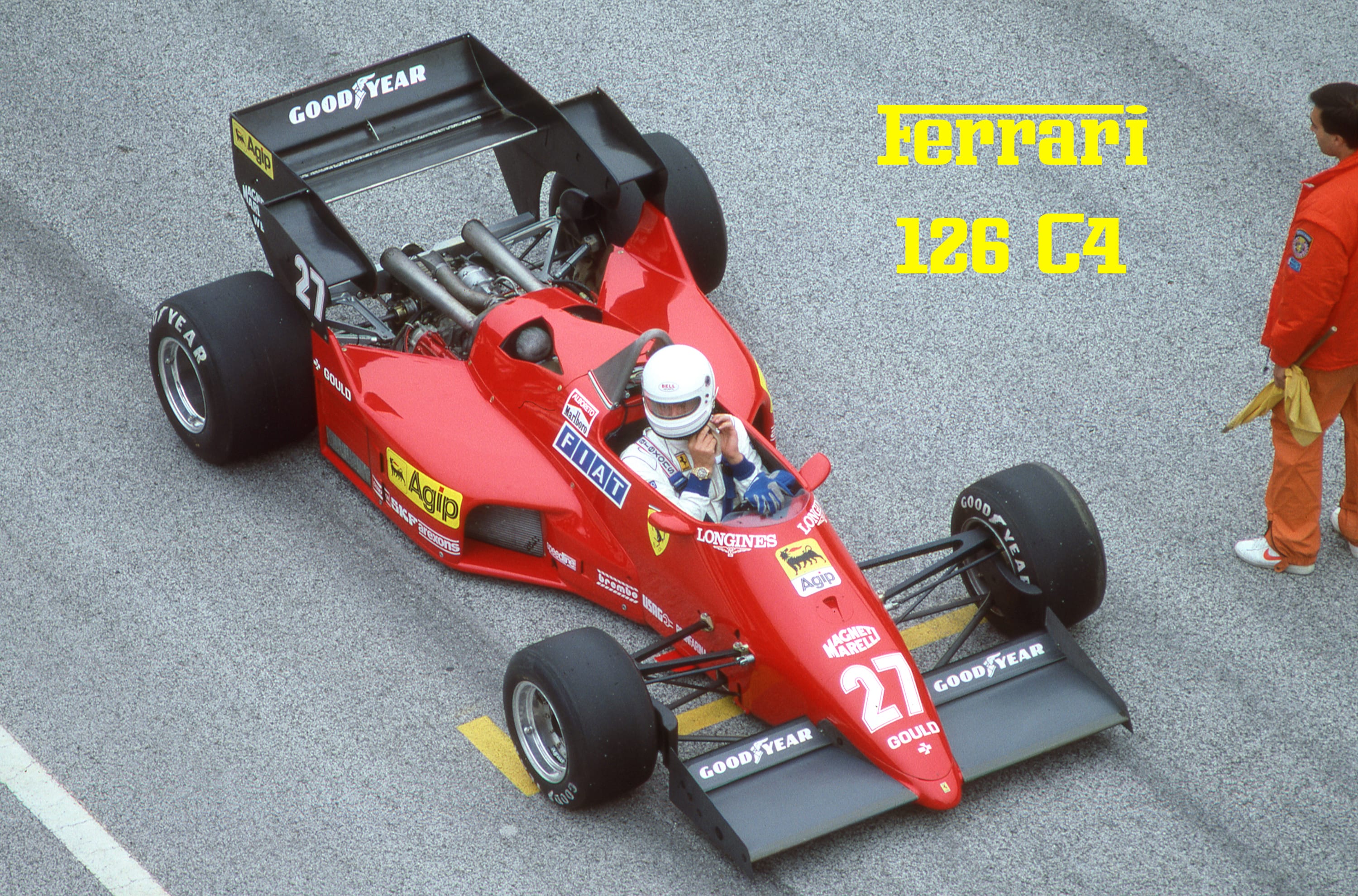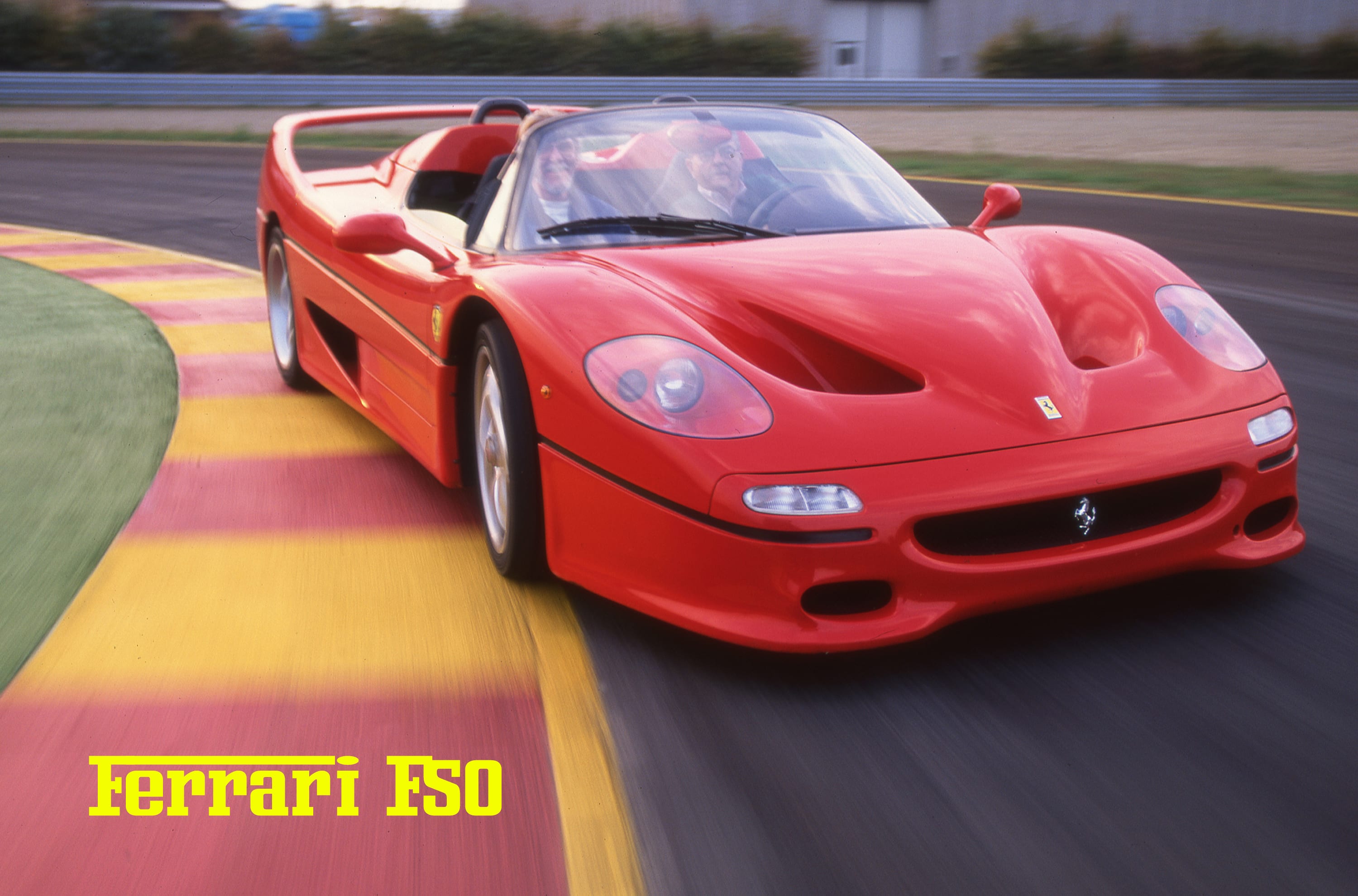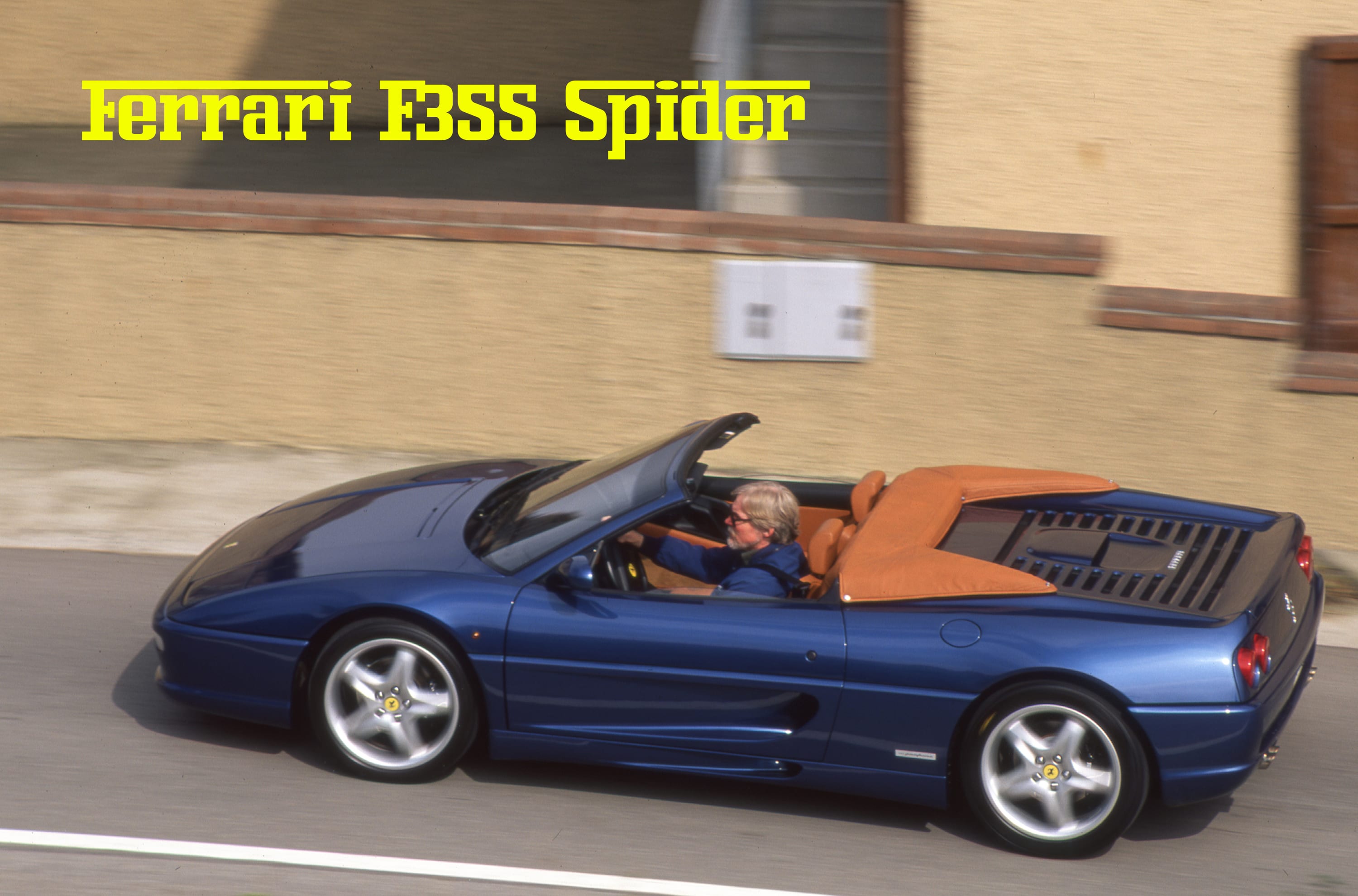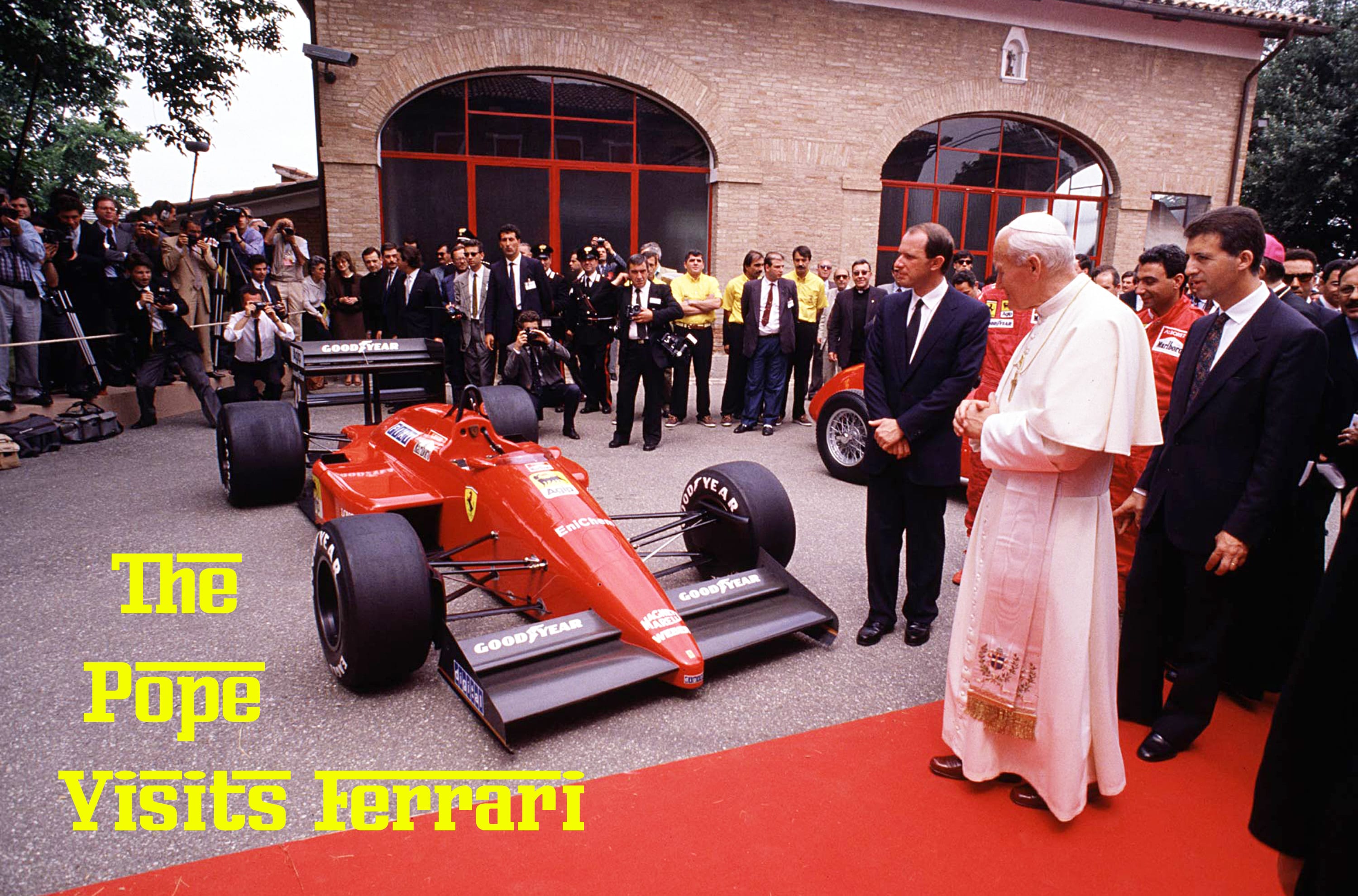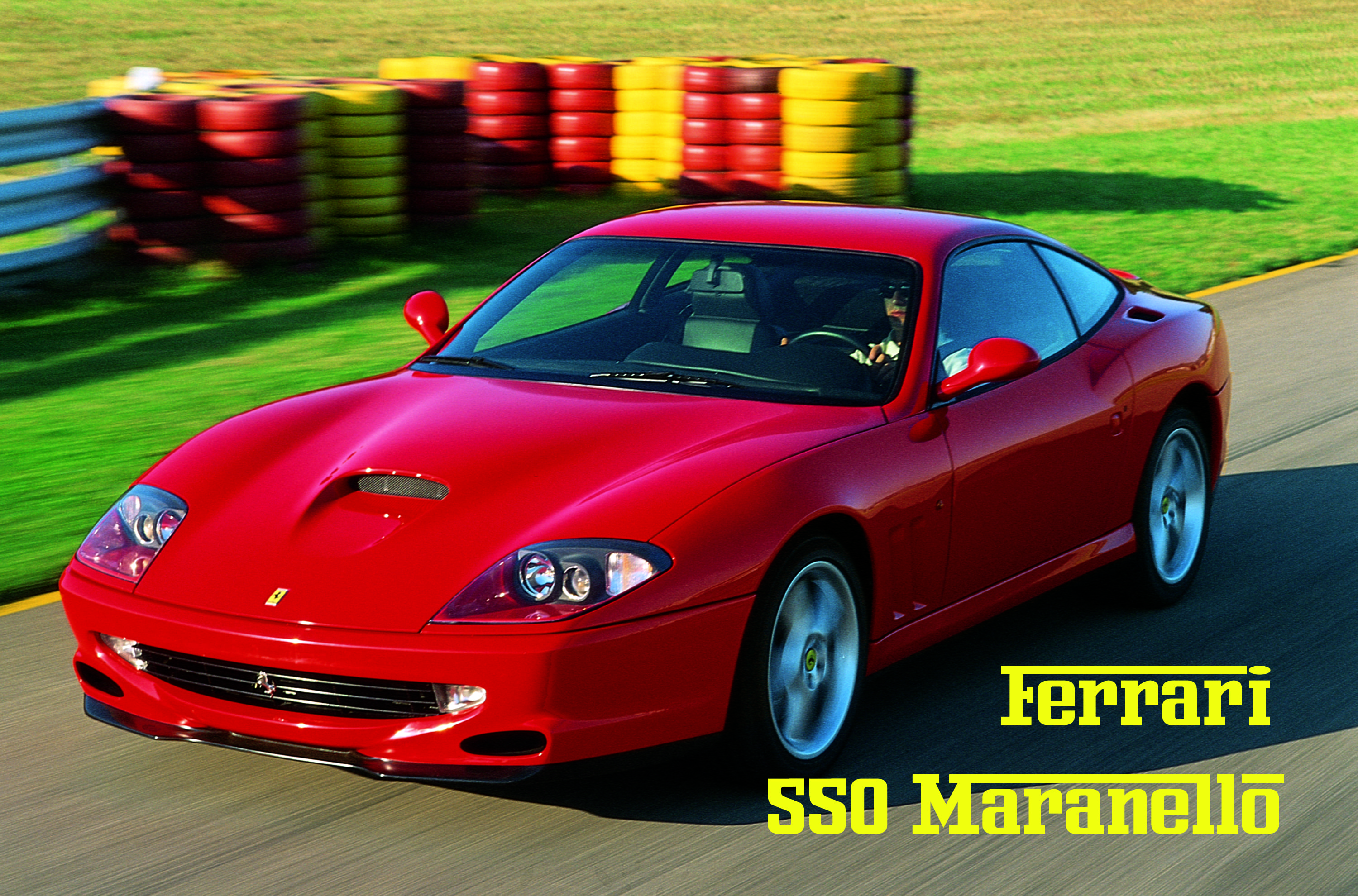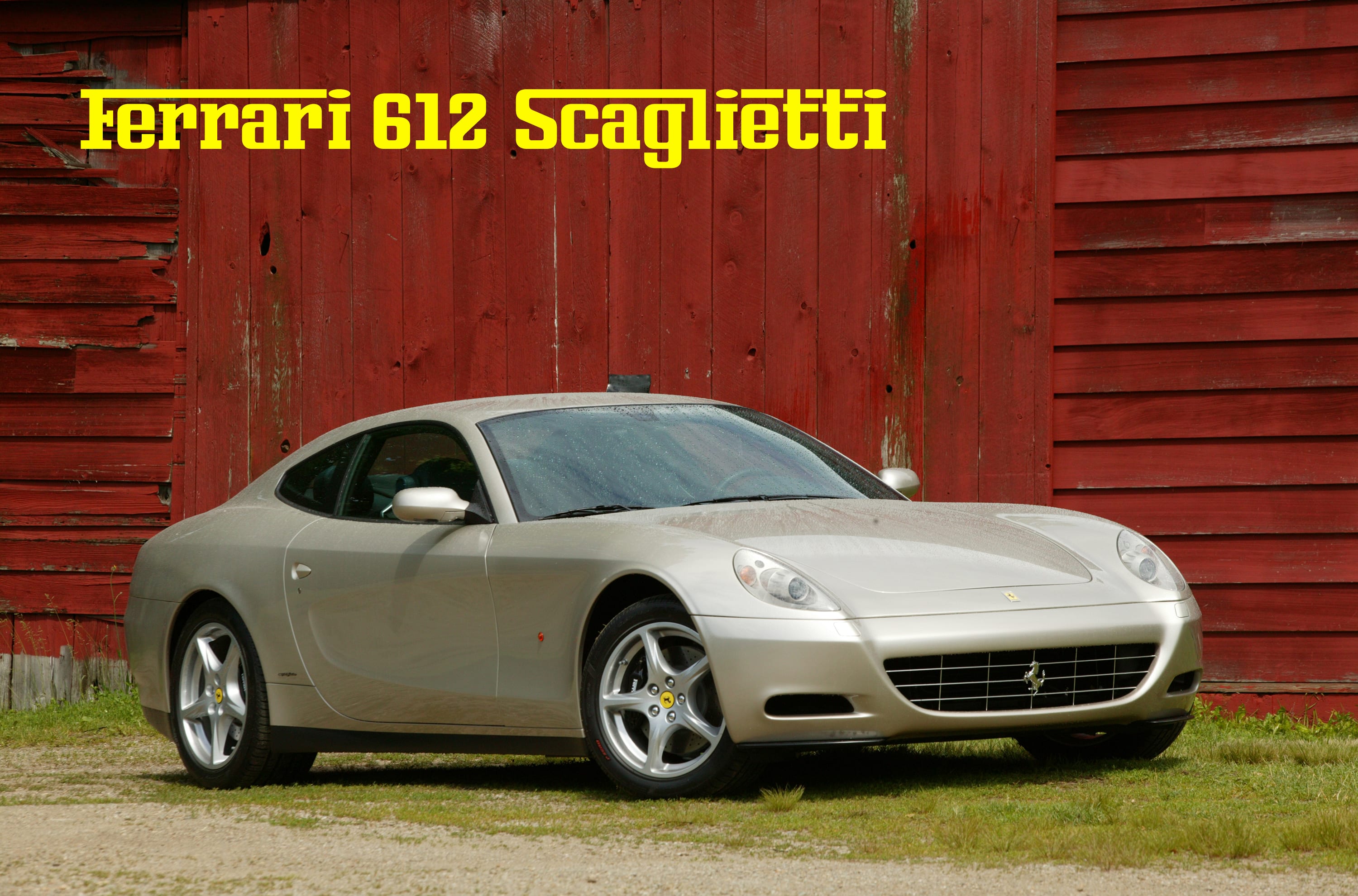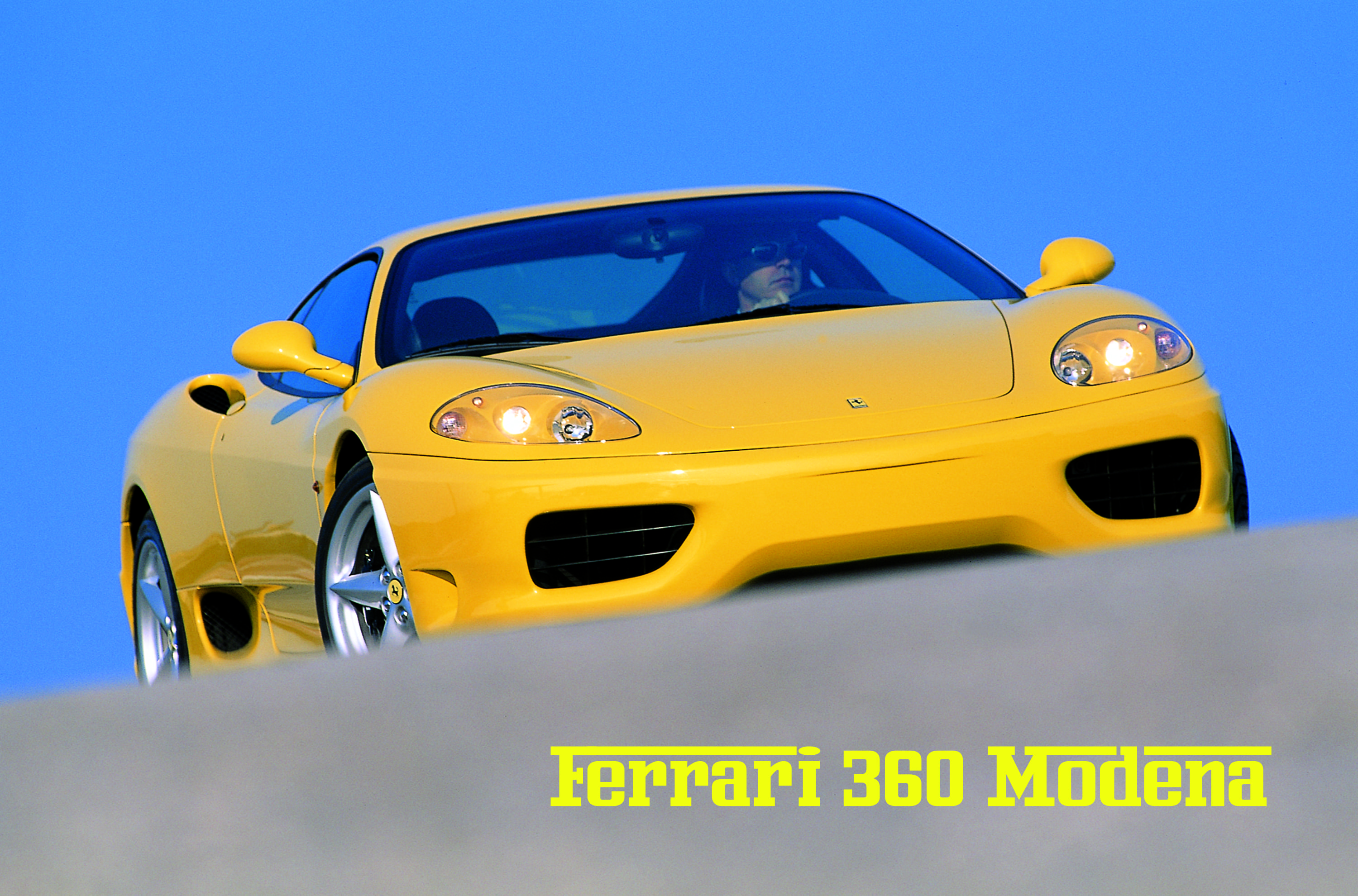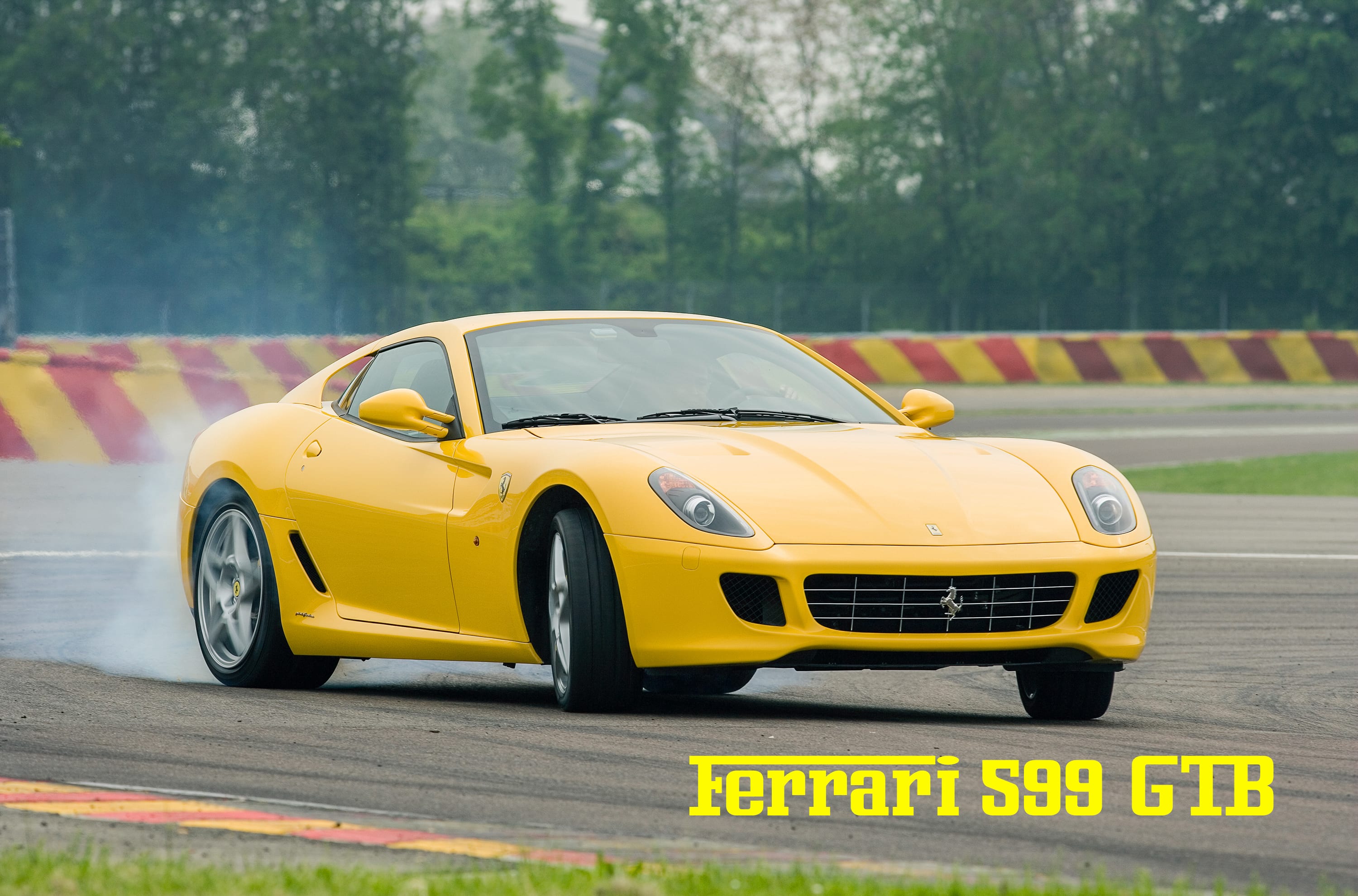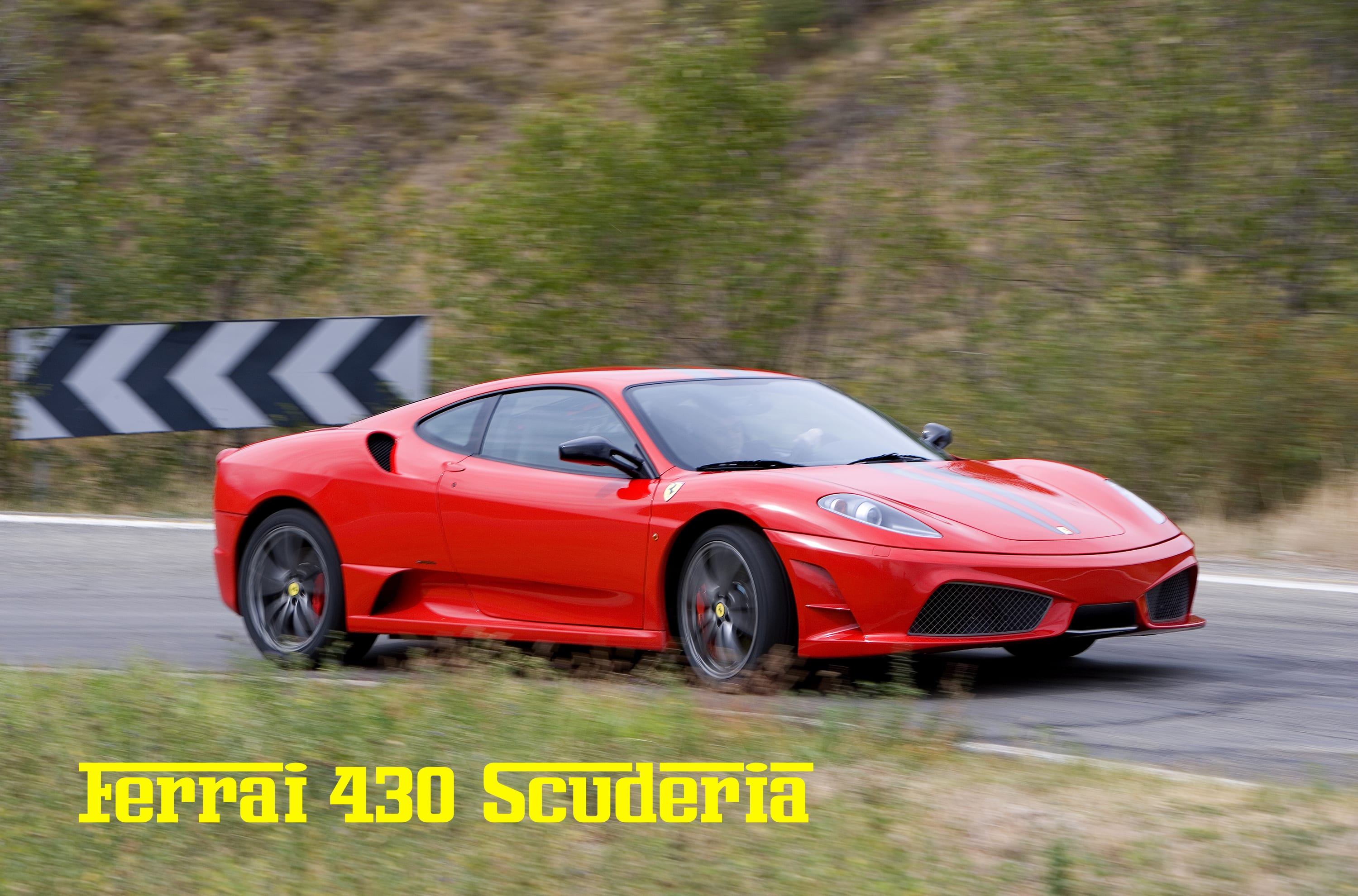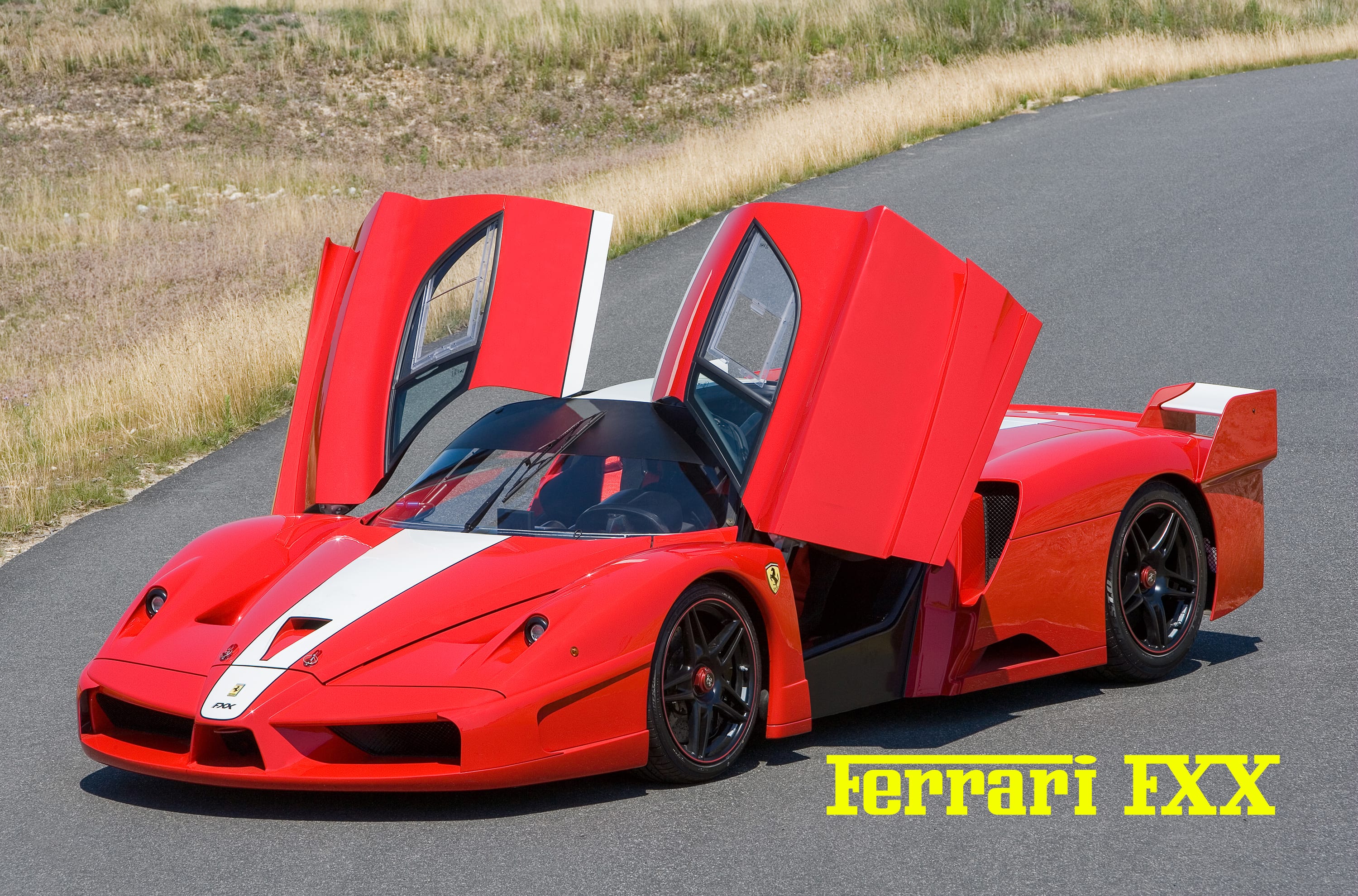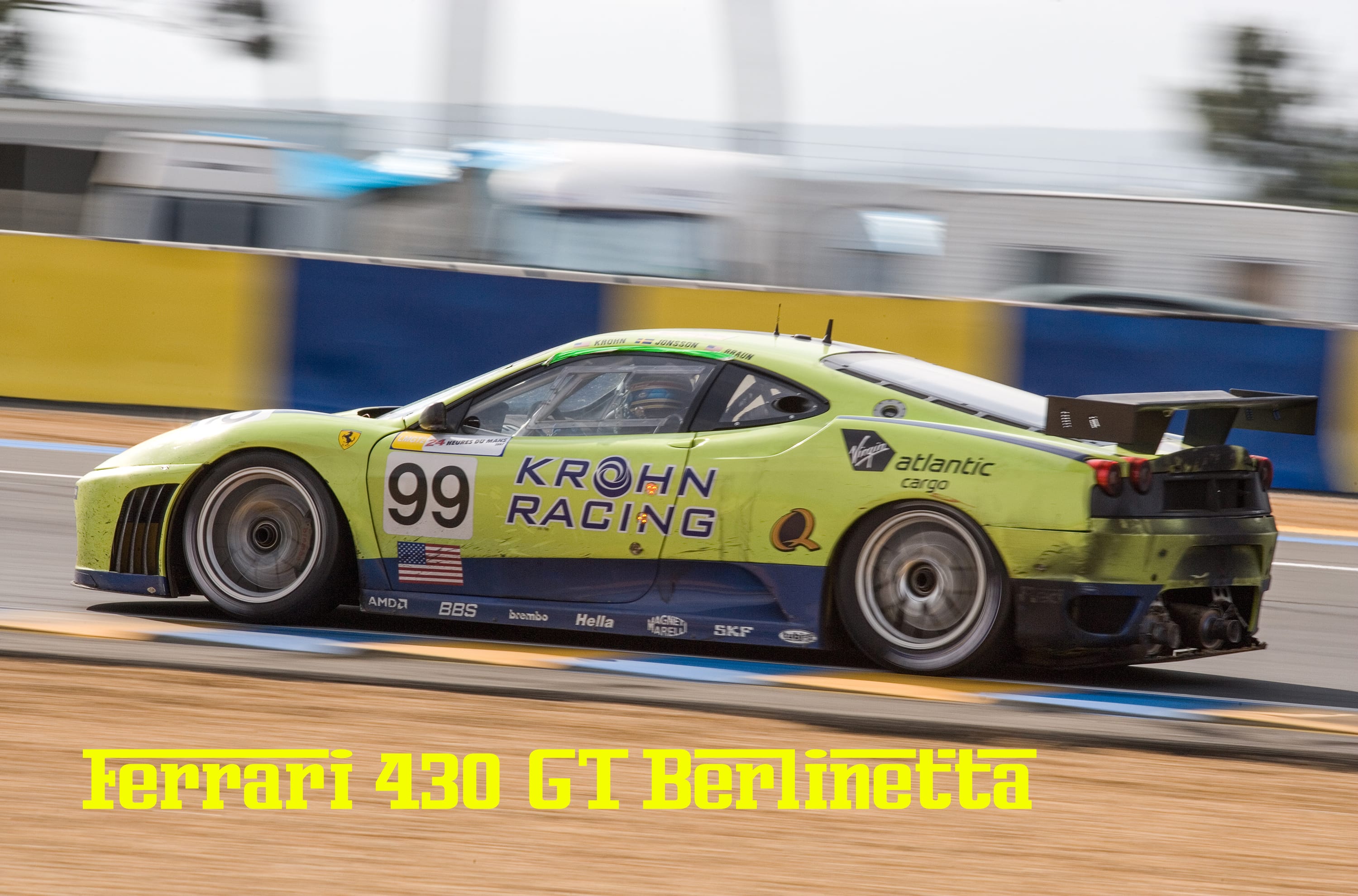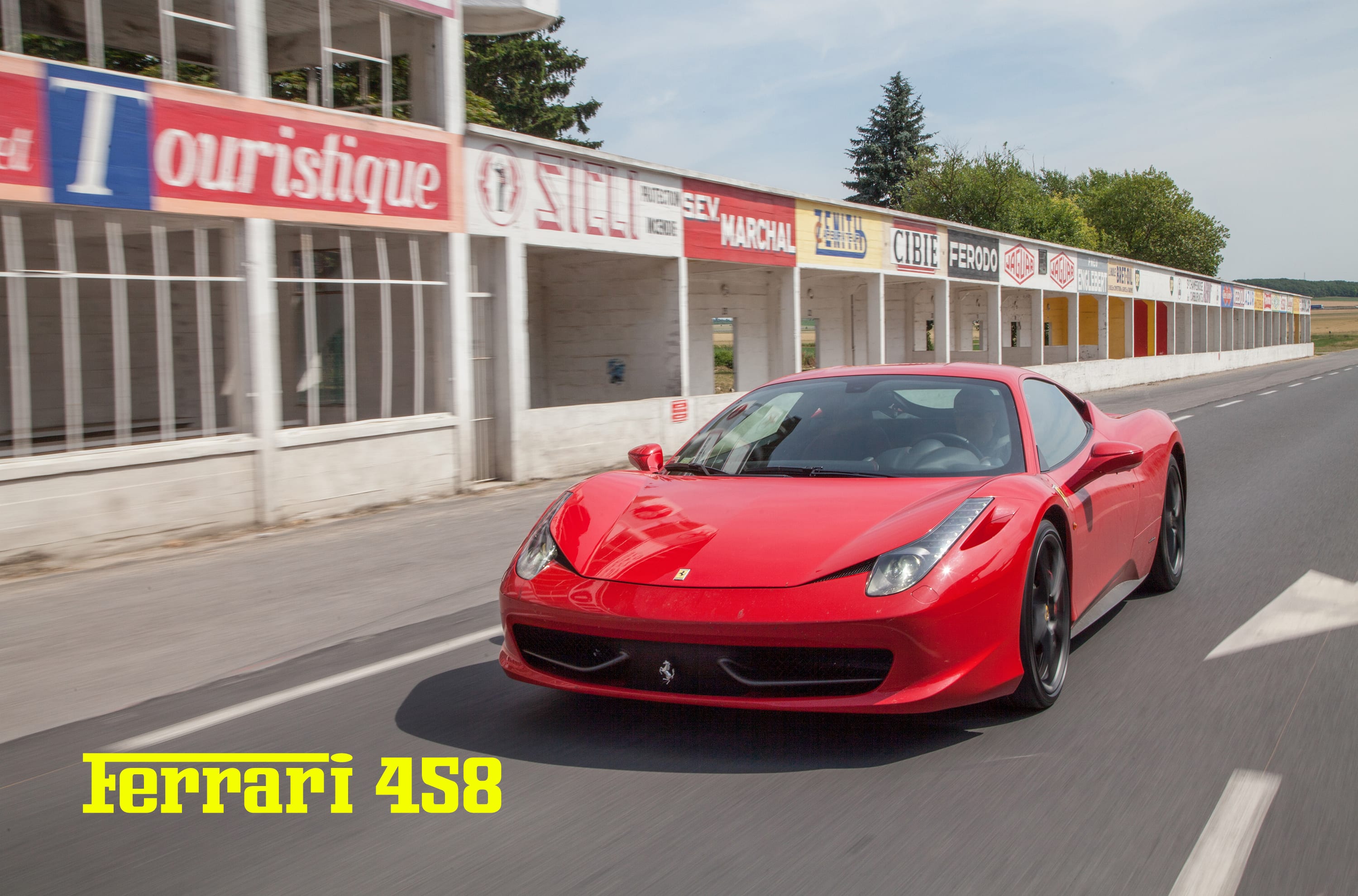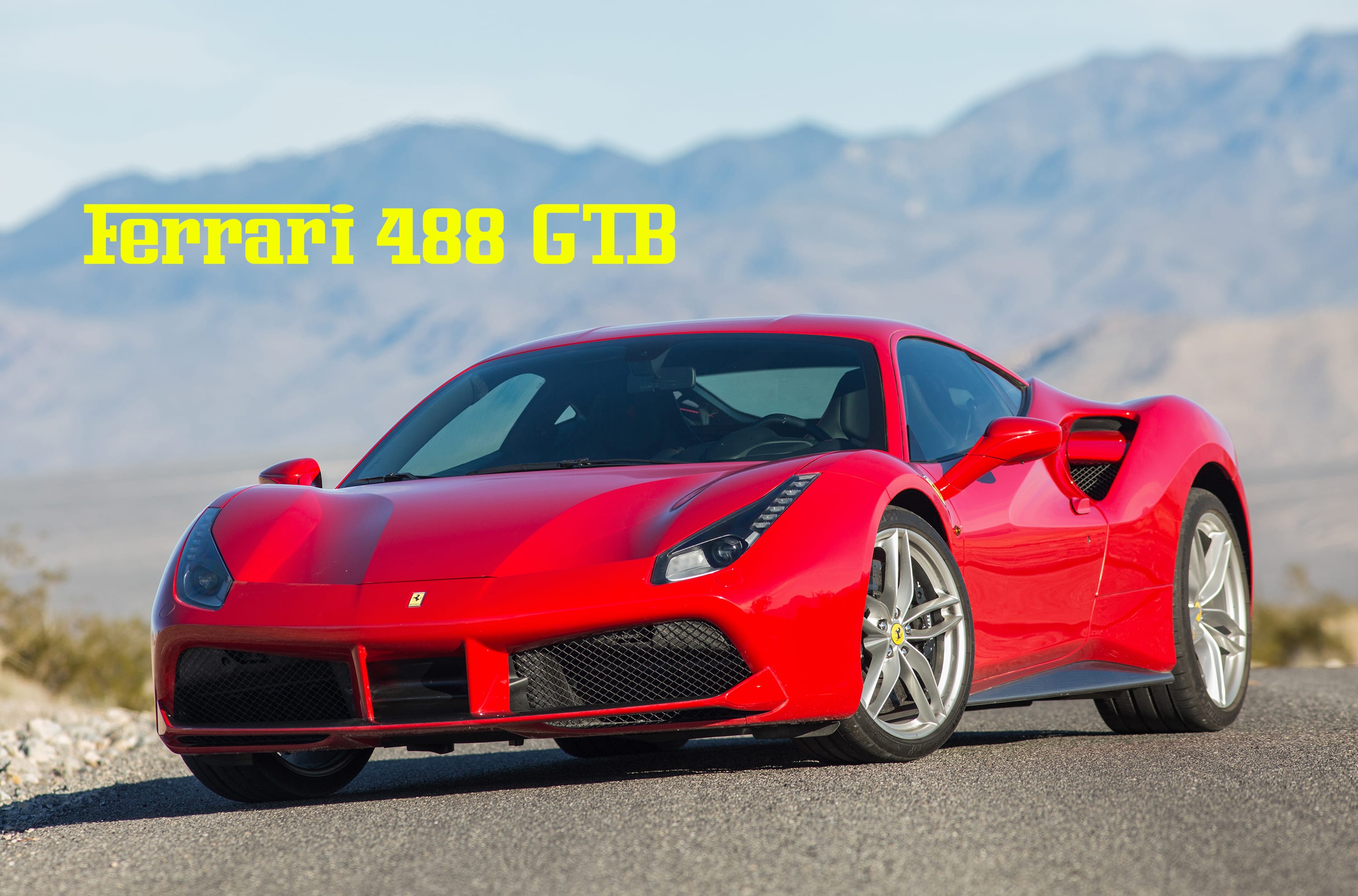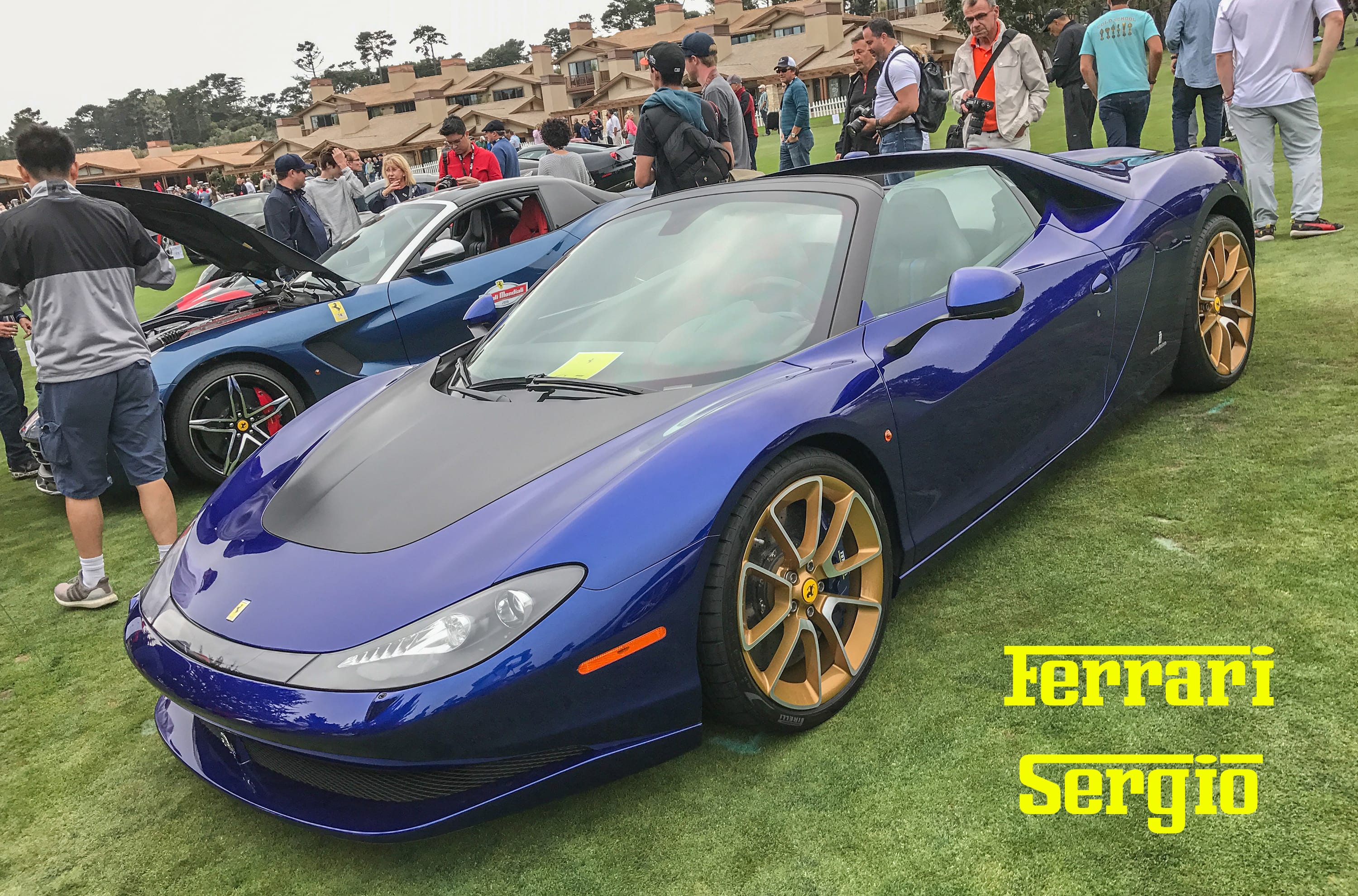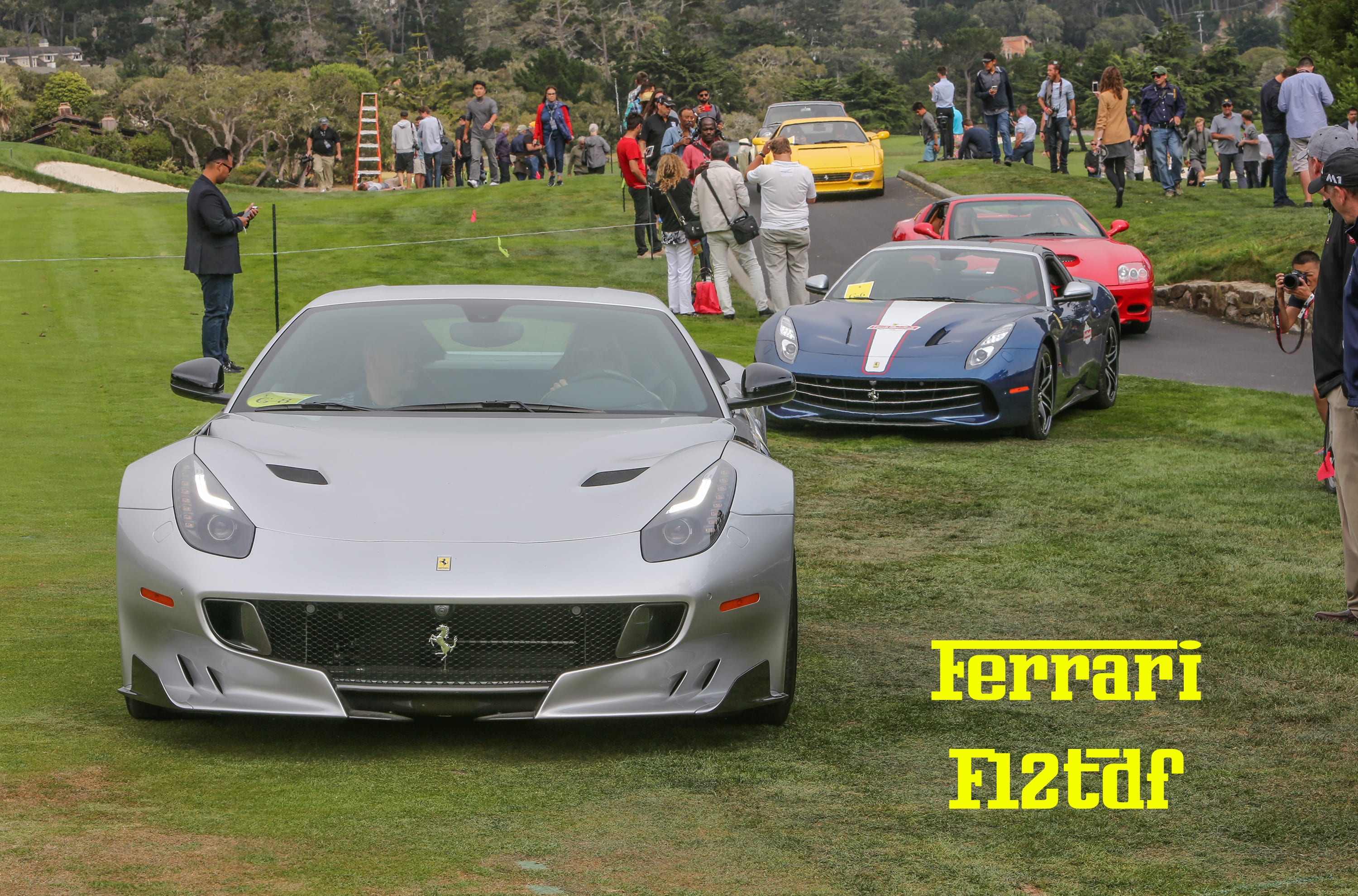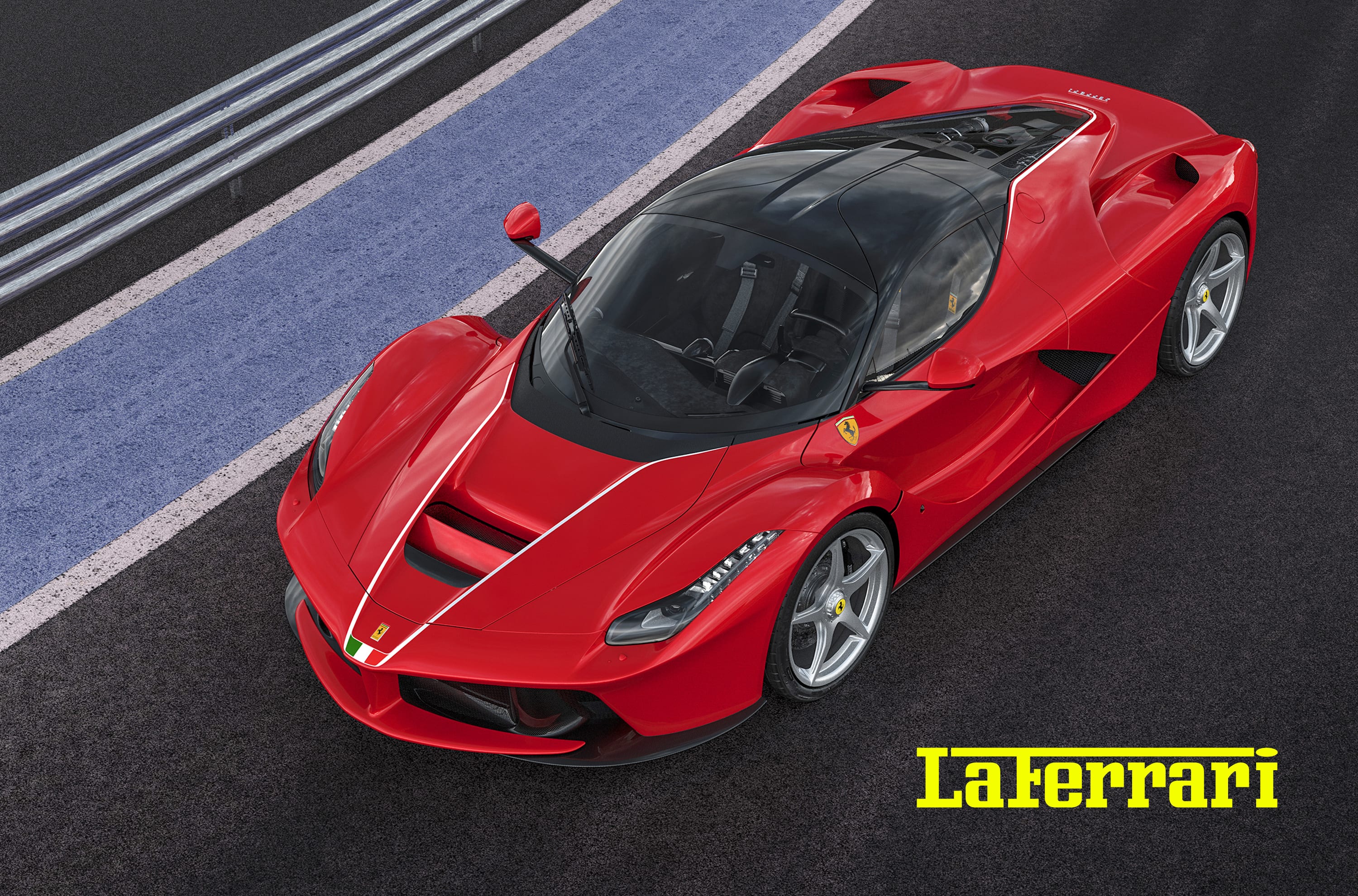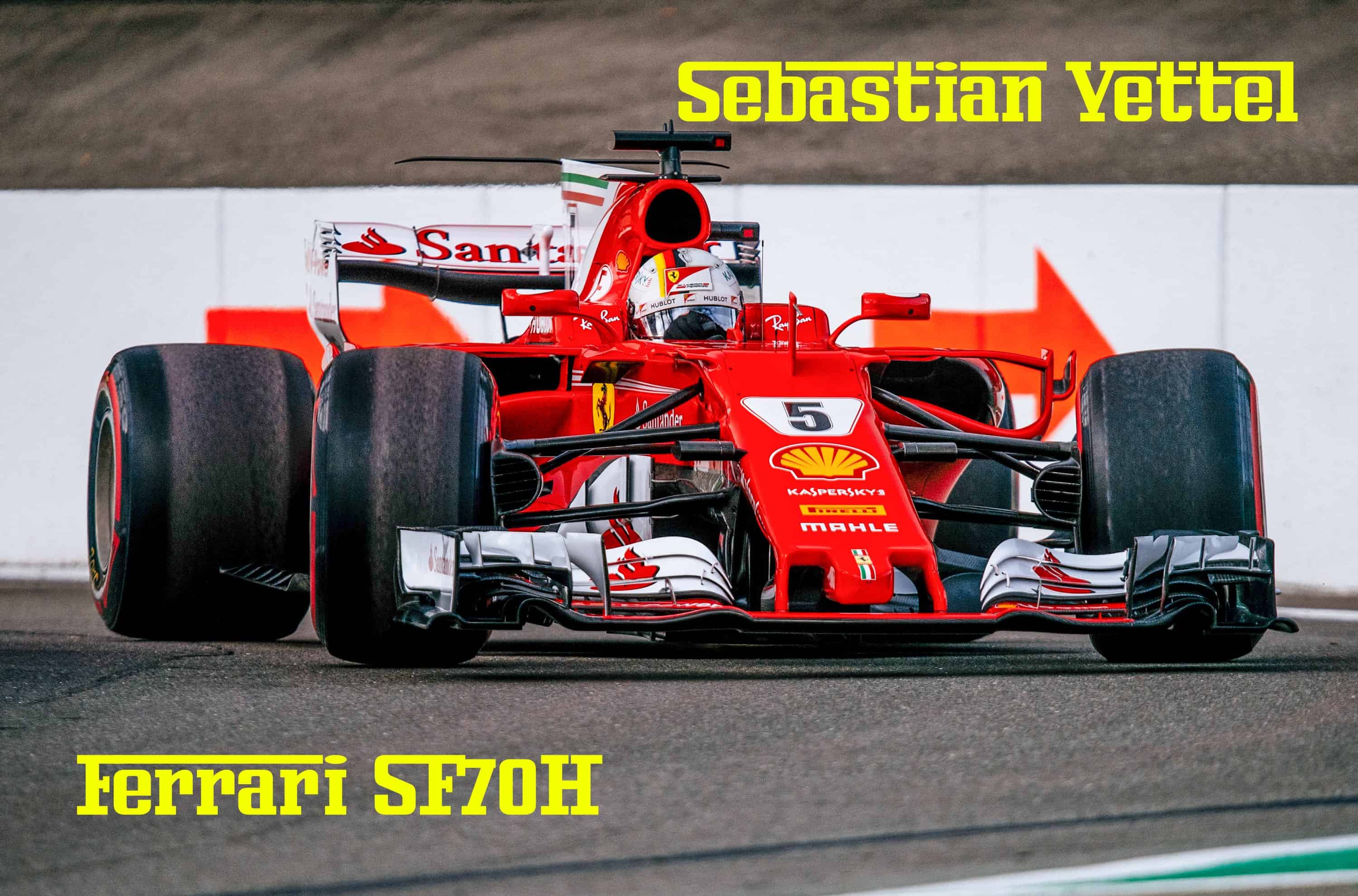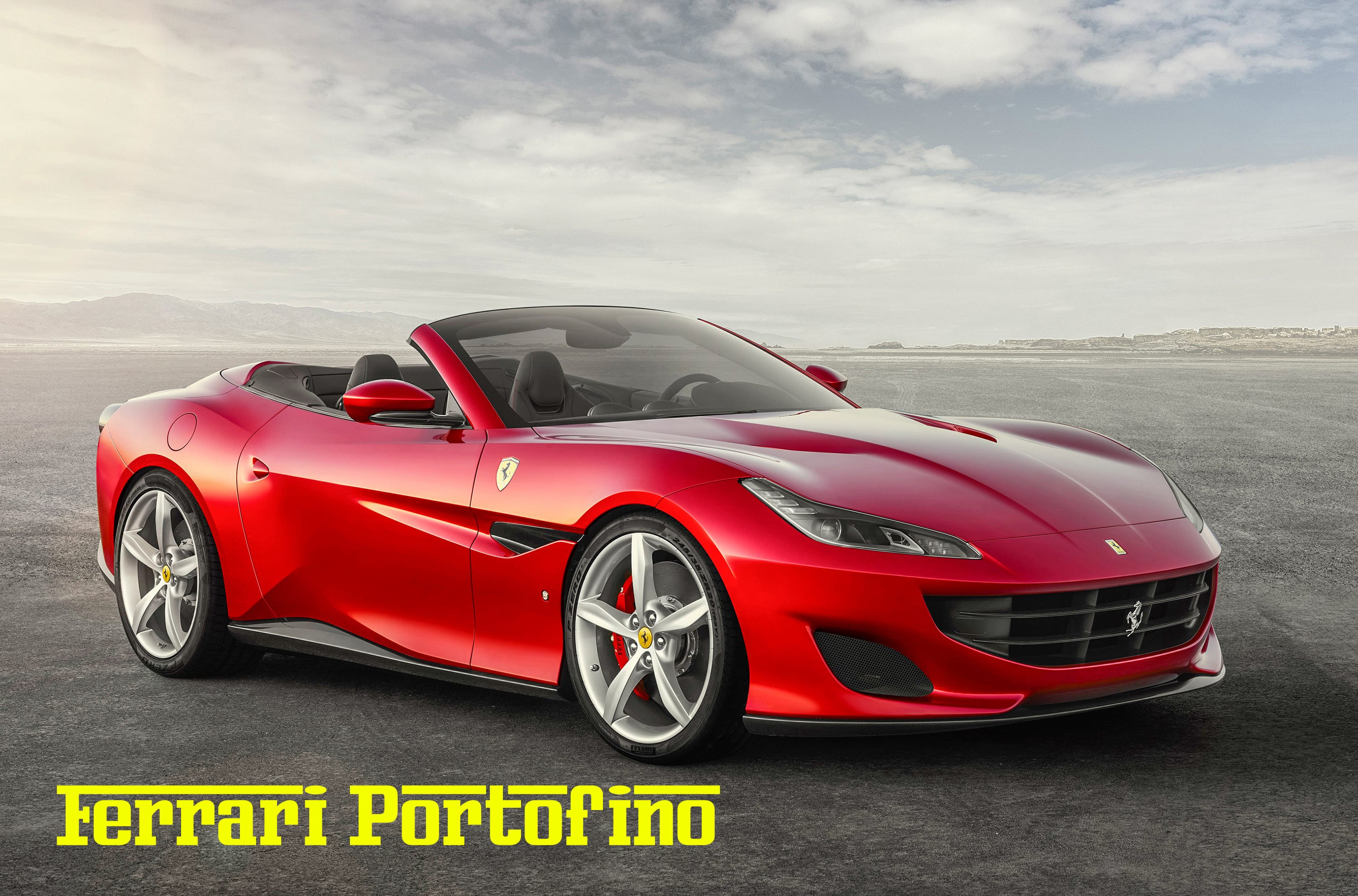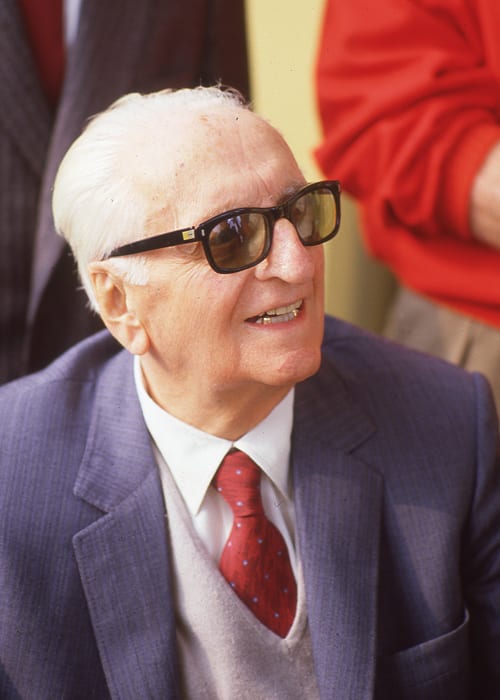Ferrari at 70: Glamor, Glory, History, Money, Magnifico!
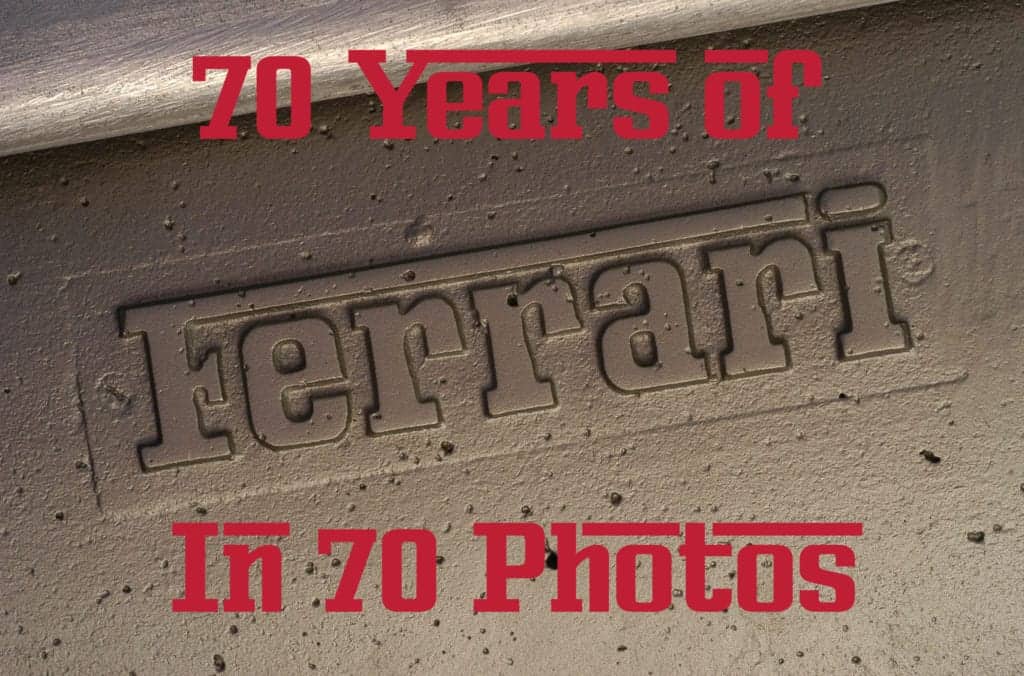
When Scuderia Ferrari, the official name of the automaker’s racing division, first took to the track in 1947, the company was so poor the employees put benches from the cafeteria on a flat-bed truck to ride to the races.
What a long, glamorous and profitable trip it has been to this point. To celebrate being a septuagenarian, Ferrari has planned activities in its 62 markets around the world.
Next up, after being among the featured marques at last month’s Pebble Beach Concours d’Elegance, is the most important gathering on September 5 at home in Maranello, Italy. Then come celebrations in South Korea, England, Australia, Japan and other locales. Among them: the Plaza at New York’s Rockefeller Center on Oct. 7-8, with a VIP reception at the Top of the Rock on the evening of Oct. 8.
Amid the celebrations, it’s worth remembering that Ferrari’s journey started slowly. Many years Ferrari was in financial straits. Once, founder Enzo Ferrari almost sold out to Ford, but kept things in-country with Fiat buying 50 percent of the company in 1969, upping that to 90 percent come 1988. Piero Ferrari, Enzo’s son, retains that 10 percent.
In October 2015 Fiat (by then Fiat Chrysler Automobiles) spun off another 10% of Ferrari in an initial public offering on the New York Stock Exchange, hoping that the glamour effect would lift the parent company’s stock. That effort has fallen flatter than a punctured tire, but Ferrari’s own stock has soared. The stock opened at $52 per share and now trade around $114. Had you bought enough shares you could now afford one of the cars.
Enzo Ferrari died in August 1988 at age 90. At the time, the company’s production cars, like the 328, 348, Mondial and Testarossa, were okay but nothing special, as Ferraris should be.
In 1991, Luca de Montezemolo took Ferrari’s steering wheel. Soon after, engineer Amedeo Felisa joined Ferrari and these two put heart and soul back in the company’s automobiles.
At one point, impressed by road test raves for the new Honda NSX, Montezemolo asked a journalist what was the difference between Ferraris and the Honda. The writer told him, “Ferrari can make a fast automobile but you can’t make a cigarette lighter that works.” Perfect insight. Montezemolo and Felisa fixed that.
Sergio Marchionne, chief executive of FCA, pushed out Montezemolo in late 2014 after the two men clashed on several issues, including the share spinoff. Felisa recently retired. Marchionne has boost production to more than 8,000 cars a year. Last year, Ferrari’s first with publicly held shares, profits surged 38% to $432 million. (Do the math; it’s more than $53,000 per car.)
Ferrari at 70 is a highly successful company with a line-up of 9 models from the least expensive Portofino (priced north of $200,000) to the $1 million-plus LaFerrari (the Aperta open-top version is sold only by invitation).
In addition to the production cars, crucial to Ferrari’s history has been its racing, where it’s now enjoying an F1 resurgence after several years of drought. In a quick synopsis, the company’s racing history includes 15 F1 World Drivers’ Championships, 16 F1 World Constructors’ Championships, 14 Sports Car Manufacturers’ World titles, nine wins at 24 Hours of Le Mans, eight at the Mille Miglia, seven at the Targa Florio and 226 victories in F1 Grand Prix. Those World Drivers titles include Californian Phil Hill in 1961.
Who knows, we might see a win at Monza this weekend for Sebastian Vettel or Kimi Raikkonen. Wouldn’t the Ferrari Tifosi go crazy?
For all the glamor, glory and success around Ferrari on this 70th anniversary–thanks to added models, F1 success and beautiful balance sheets–something has changed.
We met a longtime owner who had just parked his 275 GTB among the 70 Ferraris on the lawn at Pebble Beach. We were in the Ferrari suite — plenty of food and wine for everyone and stylish clothes all around. The room was filled to overflowing, prompting our friend to observe: “Twenty years ago there would have been 50 percent fewer people here…and they all would have known each other.”
So it goes.
If you want to take a multimedia trip through Ferrari history, the company has obliged at http://70.ferrari.com/en/. Then check in at http://auto.ferrari.com/en_EN/ongoing-heritage/company/history/.
Editor’s note: Revs Institute – whose collection includes the 1948 Tipo 166, the first Ferrari to score racing success — would like to mark Ferrari’s 70th with a gallery of 70 images of Maranello’s finest, selected by veteran automotive journalist and Ferrari expert John Lamm. The photos aren’t in perfect chronological order. But they are, we hope, perfectly eye-catching.
Photo credits: John Lamm, Peter Harholdt, Ferrari S.p.A., Revs Digital Library.
